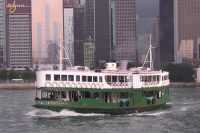 Welcome to second instalment of my Brian’s Travel Spot series, which started with my flight out to Hong Kong via Dubai. This post covers my time in Hong Kong, an amazing city which I first visited in 2008 on a business trip. However, I added on some sight-seeing time at the end and, despite Hong Kong never having been on my destination list, I fell in love with it.
Welcome to second instalment of my Brian’s Travel Spot series, which started with my flight out to Hong Kong via Dubai. This post covers my time in Hong Kong, an amazing city which I first visited in 2008 on a business trip. However, I added on some sight-seeing time at the end and, despite Hong Kong never having been on my destination list, I fell in love with it.
I’ve been wanting to return ever since, so when work wanted me to attend a meeting in Shanghai, it seemed like the perfect opportunity. I could fly to Hong Kong, acclimatise and (perhaps more importantly) get used to the different time zones, then fly on to Shanghai for my meeting. In the end, I spent four days on Hong Kong island, which was nowhere near long enough, but it did give me a chance to reacquaint myself with the island, explore its excellent speciality coffee scene and, best of all, get over my jet lag!
This post is covers my four days in Hong Kong and, as with the others in this series, it is split into a number of sections:
- My first impressions of Hong Kong
- My lovely hotel, the Ibis North Point
- Eating in Hong Kong and why I didn’t make the most of it
- Coping with Hong Kong’s tropical climate
- Introducing the Octopus card
- Getting around Hong Kong
- Walking in Hong Kong
- Central and Victoria Peak
- The south of the island: Stanley & Repulse Bay
You can read about my first impressions of Hong Kong after the gallery.
Trying to sum up Hong Kong in a single post is futile: much like any big city, Hong Kong is an amalgam of different areas. This is particularly true when you throw in Kowloon, the New Territories and the outer islands. In nutshell, though, Hong Kong (the island) is a mountain in the sea, densely forested, both by trees and the skyscrapers which sprout up with amazing frequency. Think midtown or downtown New York City, but done as the British would do it, in a “let’s muddle through” sort of way. Hot, humid, loud and busy, it exhilarates and exhausts me in equal measure.
When I first visited Hong Kong in 2008, it was with no great expectations. I caught an absolutely horrible cold on the flight over and spent the whole trip disgusting ill. What’s more, on my first morning, feeling the onset of the cold, I went up to my room to lie down after breakfast. The next thing I knew it was three o’clock and housekeeping were knocking on my door, wondering when I’d be going out so they could do my room. And that was my sleep patterns blown for the trip. So, on top of the cold, I had by far the worst jet lag I’ve had on a trip and yet I still loved Hong Kong.
Why? I can’t tell you. Perhaps it was (and is) that it’s so different from anything I’d experienced before. At that point I’d never been to China, nor, before coming Hong Kong, had I been further east than Poland. And yet, amongst everything that was new, there was an element of the reassuring: this is an ex-British colony that was only relinquished in 1997. English is everywhere and while it makes me lazy, it means I can get around with supreme ease. They also drive on the left, which is pleasingly reassuring.
Culturally, I have very little to compare it to. The closest I have come to anywhere like this is Chinatown, where I stay (more out of habit than anything else) when I go to New York. On one level, Hong Kong is like any large city: I guess that’s part of why I like it so much. I just like big cities, although I’d hate to live in one for any length of time. I also like that it is so connected to the water.
Hong Kong (the city on the northern edge of Hong Kong Island) is largely built on either mountain slopes (like Mid Level) or on land reclaimed from the sea (like Wan Chai). Facing it is Kowloon, built on the southern tip of the New Territories, the (small) chunk of mainland China that Britain acquired from China at the same time as Hong Kong. Ferries constantly criss-cross the narrow stretch of water, connecting the two, still popular as a practical means of transport today despite the advent of Metro lines and at least one road tunnel.
When I was here last, in 2008, I stayed in Wan Chai and, despite it being simple to go two stops down the metro to Central, I’d catch the Star Ferry to Kowloon and then back form Kowloon to Central, just so that I could admire the view of the Hong Kong skyline from the ferry. It’s less than £1 round trip and a fraction of what you’d paid for any sight-seeing trip.
On that trip, I explored Wan Chai, Central and Victoria Peak, the mountain behind Central. I also went hiking in the hills above Hong Kong and got out to the New Territories, all things I would recommend that you do if you can.
This time, as well as exploring Hong Kong’s coffee shops (most of which weren’t here eight years ago), I got out to new parts of the island. I stayed in North Point, another new area for me, so explored there and the neighbouring Causeway Bay (between North Point and Wan Chai). Finally, I took the bus to the southern part of the island, an area I now want to explore some more!
You can find out what I made of my hotel after the gallery.
On my last trip, eight years ago, I stayed in a business-orientated hotel near the Convention Centre in Wan Chai. This time, because I’m paying for it myself, I’ve moved slightly down-market and slightly further away from the centre, ending up in the Ibis in North Point, a situation I’m entirely happy with. Most hotels, in my opinion, vastly overcharge for what is, essential, a bed I can sleep in at night, plus a desk I can work at. Other than free, working Wifi, I don’t need a lot else.
In the case of the Ibis, I paid under £40 a night for a more-than-adequate room. Even accounting for the excellent buffet breakfast, I was still looking at less than £50 a night, which, for a major city, is a bargain. The room was excellent, had everything I needed, plus it came with the bonus of a harbour view. When I’d booked, I’d been a cheapskate and selected a city-view room, which, with hindsight, was not money well spent. How I ended up with a harbour view, I’m not quite sure, but there it was when I opened the blinds: a quite staggering visita overlooking Kowloon on the other side of the bay.
Had I been there 20 years ago, it would have been even better since I was directly opposite the site of the old Hong Kong airport, essentially a long runway jutting out into the harbour on the Kowloon side. Imagine the fun, watching the planes landing and taking off! Mind you, I probably timed my stay reasonably well, since, judging by the building site directly below me, plus the size of the buildings on either side, the Ibis North Point won’t have a harbour view for much longer, at least not from the 17th floor, which was where I was.
So I took it while I had it and, since I spent at least two hours each day sat at the desk, facing the window (I’ve had to work on this trip), the view was very welcome. I’m not sure what the city view rooms would have been like, but judging from the windows in the stairwell (I walked down to breakfast one day, just for the hell of it) I’d have been looking into someone’s apartment window in the residential block that soars up a few metres away behind the hotel!
In terms of location, the Ibis North Point is pretty good. Although it’s a little way to the east of Central, it’s only six stops on the metro, which takes maybe 15 minutes, tops. The metro entrance is one minute’s walk away (you’ll spend longer getting from your room to the hotel door and longer walking around inside the station, getting to the trains, than you will going from hotel to station, which is by far the shortest part of the trip!). What’s more, the First Ferry to Hung Hom (over in Kowloon) is just a five minute walk.
I really liked the Ibis, and found the staff very friendly and helpful. On my first day, I wanted to hang up all my work and leisure clothes to stop them getting creased, but found that I didn’t have enough coat-hangers. I popped down to the front desk, where the person behind the counter didn’t know what I meant (and I speak no Cantonese). However, after drawing a picture on a piece of paper and miming hanging up my clothes, I was easily understood. I went back to my room and a few minutes later, someone appeared with a handful of hangers.
I’ll leave you with a final observation for those who enjoy coincidences: my hotel is on Java Road.
You can read about the food I ate during my time in Hong Kong after the gallery.
Normally I don’t eat a lot for breakfast, although I find this changes when I travel, particularly in America, where I eat huge breakfasts (partly because it’s hard not to) and then don’t eat as much during the day. This was also the case in Hong Kong, where the hotel was offering an all-you-can-eat buffet. So I did, stocking up on food that largely kept me going all day.
My foodie friends will be disappointed with me, especially since Hong Kong has a reputation as a foodie paradise, but I really didn’t eat out much. Part of the problem is that I don’t like dining alone (check out Runaway Kiwi’s take on dining alone). I’m fine in the setting of a coffee shop, where I’ll happily have breakfast, lunch or brunch on my own, but there’s something about the more formal setting of a restaurant that I really don’t enjoy.
So for my time in Hong Kong, I ate all I could at breakfast, then had a late lunch at whatever coffee shop I ended up in and that tended to keep me going all day, with maybe a cake or two to fill in the gaps (there was a very good Chinese bakery around the corner from my hotel, so the odd sticky bun may have been consumed in the evening). I also think the hot and humid weather also helped suppress my appetite.
The downside is that I didn’t eat a lot of Chinese food, which is a shame, since I felt I was missing out. The breakfast buffet was very western and the coffee shops even more so, where the culture is very western-inspired, with Eggs Benedict and smashed avocado on almost every menu. Part of the problem is that I don’t eat meat and speak/read no Cantonese, so I struggled to find my way around the menus. Contrary to my experience elsewhere in Hong Kong, where English was commonplace, restaurant menus tended to be Chinese only.
When I did manage to negotiate the menu and had Chinese meals, I really enjoyed them. On one occasion I popped over to the New Territories to see the folks at Decent Espresso and John, the owner, took me out for lunch at a lovely Chinese restaurant. On another occasion, I stopped for lunch when exploring Stanley on the south side of Hong Kong Island, where I ate at a rather touristy restaurant (hence the English menu) with a glorious sea view.
Another option, which I indulged in several times on my trip in 2008, but didn’t manage this time (because I was visiting coffee shops instead) is to take afternoon tea at one of the high-end hotels.The Peninsular Hotel, in Kowloon, is the classic (and historic) option, while many of the other big hotels offer lavish spreads. These are quite expensive, but take the form of all-you-can-eat buffets, with unlimited supplies of savoury and sweet dishes, including English classics such as scones with cream and jam.
You can see how I coped with Hong Kong’s tropical climate after the gallery.
Hong Kong was the first place I that visited in the tropics and my memories were of the heat and humidity. I had to regularly change my shirt through the day and I also carried a jacket with me since the air conditioning particularly on public transport (the tube and many of the buses are air conditioned) was so fierce that I quickly got cold without one!
I didn’t find it so bad this time around, although it was very humid all the time (my first trip had been in May, so that might account for the difference). The weather was also remarkably consistent during my visit. If you count the four full days of my stay, plus the days I arrived and left, the day-time maximum temperature probably didn’t vary by more than a few degrees, while the temperature in general was in a band between 27⁰C and 33⁰C. There is something quite glorious in being able to wander around at nine o’clock in the evening in just a short-sleeved shirt, although I can’t imagine sleeping at nights without air conditioning!
On my first day, I’d decided to visit a few coffee shops, but it turned out to be a remarkably sunny day (one of the down sides to being so hot and humid is that Hong Kong is often cloudy: looking back at my photos from eight years ago, I was surprised to see how many of the views were obscured by cloud).
With this in mind, I started to question my strategy. Did I really want to be inside coffee shops on a glorious day like this? Actually, it turned out that I did. While the weather was glorious, by the time it got to two o’clock in the afternoon, I was very glad to be ducking into an air conditioned coffee shop to get some respite from the heat. Indeed, this is my main tip for surviving Hong Kong: it can get very hot during the middle of the day, so if you are feeling the heat, just duck inside somewhere. It doesn’t have to be a coffee shop; any large shop will have decent air conditioning and will provide some respite from the heat. Better still, pop into a shopping mall, of which there are plenty, particularly in Central and the surrounding areas and over in Kowloon.
Normally I avoid shopping malls like the plague since I find them soulless places, but in Hong Kong, the lure of air conditioning and free Wifi made them irresistible targets. They are also guaranteed to have toilets, although in Hong Kong’s defence, the provision of public toilets is excellent (something it has in common with the rest of China). Even better is that, with the odd exception, they were sparklingly clean and well maintained.
You can find out about how easy it is to get round Hong Kong after the gallery.
Starting with the train from the airport, which takes 20 minutes on a dedicated high speed line, travelling around Hong Kong is generally fast, efficient and cheap. The largest travel expense is getting to and from the airport: pretty much everything else is ridiculously cheap by western standards, with most fares costing well under a pound. I also felt perfectly safe in Hong Kong, people were polite and helpful and on the whole, everything went very smoothly.
The first thing you need to do is to obtain an Octopus Card. Most travel systems have contactless fare cards these days, but Hong Kong was ahead of the game: I already had an Octopus Card from my previous visit eight years ago and what’s more, it still worked, albeit requiring a few key strokes from the man at the information desk at Central Station to reactivate it. Nevertheless, that’s impressive!
The Octopus Card isn’t just for travel by the way. Most places (convenience stores, supermarkets and cafes for example) will take Octopus as payment. Just tap and go, much as you would with a contactless card. The only thing that lets Octopus down in the rigmarole you go through in order to put money on it. The Octopus machines only take cash. This results in the absurd situation of requiring me to visit a cash point and insert a piece of plastic in order to receive a bunch of notes, which I then feed into another machine so that their value could be loaded onto another piece of plastic.
[As an aside, Hong Kong and the Octopus scheme is not alone in this, since I’ve also hit this stumbling black with similar schemes in China, and with the Pasmo and Suica cards in Japan. It’s not just a regional thing either: Chicago’s Ventra card and the Bay Area’s Clipper card have similar problems, although in their defence, I recall that you can use cards: it’s just that none of my (non US issued) cards would work!]
That aside, Octopus is amazing, and has been from the start. One of the reasons I don’t actually know how much any of the various methods of public transport cost is that I’d put 100 HKD (Hong Kong Dollars, about £10) onto my Octopus and off I’d go, tapping away until I ran out, when I’d put another 100 HKD on.
One of the many nice things about Octopus (and similar schemes) is that you can go overdrawn with it (I managed to get down to -25 HKD when paying for some coffee) so even if you are running low, you won’t get stranded. There are also plenty of Octopus recharging machines, although I only saw them at metro stations (where they are outnumbered 2-to-1 by cash points!).
So that’s payment. But what about the transport system itself? You can find out about that after the gallery.
Let’s start with the metro. Hong Kong is blessed by a fast, efficient system with a frequent service. The lines are all modern (under 50 years old) and,as I’ve already noted, air conditioned, which is a blessing. If you are on Hong Kong island, the Island Line will be your friend, which runs from east to west along the north shore, connecting all the main areas. There are also three cross-harbour lines at Central, Wan Chai and North Point, with the rest of the lines serving Kowloon and the New Territories. The downside to the Metro is that, particularly on the island Line, it is always busy. I never got a seat and was often squashing in with my fellow passengers, regardless of the time of day.
The stations themselves are large and spacious, especially the new ones (if you know London, think Canary Wharf station on the Jubilee line). However, they are also extensive, with multiple exits, so you can sometimes get lost. You can also face a long walk between your entrance finally getting to the trains (think Bank/Monument in London, only they are all like that!).
For the places where the metro doesn’t run (the rest of Hong Kong Island for example) there is an extensive bus network. The routes are mostly served by double-deckers and some small, 16-seater minibuses which seem to run on many of the same routes. I’ve never quite worked out the difference between them: I just hop on the first one that’s going in my direction. Tap your Octopus and that’s that: you’ll be charged the full fare to wherever the bus is going. If you get off before the end, just tap your Octopus again and you’ll be refunded the difference.
The buses aren’t as fast as the metros, but they do go where the metro doesn’t and, of course, the views are much better! There are also several cross-harbour services which use the road tunnels connecting Hong Kong Island with Kowloon. However, an alternative to the cross-harbour lines (metro or bus) are the many ferries which plough back and forth across the calm waters of Victoria Bay.
During my first visit, I stayed in Wan Chai and would regularly get the Star Ferry to Kowloon and then back from Kowloon to Central rather than go the two stops on the metro. It was slower, but the views, particularly of the Hong Kong skyline, were amazing. This time around, I used the First Ferry which ran from just outside my hotel in North Point to Hung Hom in Kowloon, a slightly less convenient dropping off point, but still worth it for the ride. If you have plenty of time, you can then walk along the water front or hop on a bus to the Star Ferry pier, where you can get to Wan Chai or Central. Naturally I went there and back on the Star Ferry on this trip, just for all times’ sake.
The final public transport option is the tram. These amazing machines are a throw-back to a bygone age. Infeasibly narrow, with two decks, they run along a route that pretty much mirrors the Island Line, only above ground. They are immense fun to ride, but only if you can get a seat (particularly if you are tall like me). However, as a practical means of transport, they are a poor option. The service is infrequent, with long gaps between trams, which then arrive three or four at a time. They are also very slow, seeming to give way to everything else on the road! If you’re in a hurry, jump on the metro or, if you want to see the views, get a bus.
The alternative, of course, is to walk, which I’ll write about after the gallery.
Hong Kong is a very walkable city. Although you need public transport to get from one end of the island to other, the individual neighbourhoods are all easily (and best) covered on foot. During my first visit, in 2008, I spent a lot of time in Wan Chai, the neighbourhood around my hotel, and in Central, which, as the name suggests, is the heart of the city. I also took the Star Ferry across to Kowloon on the other side of Victoria Harbour, which is also well worth exploring (on this trip, I used the First Ferry which went from outside my hotel to Hung Hom in Kowloon). Like Hong Kong, Kowloon has its own distinct neighbourhoods, with Jordan, home to the Temple Street Night Market, in particular being worth a visit.
One of my favourite walks is along the Kowloon waterfront, which I indulged in multiple times on both my visits, enjoying the stunning views back across to the Hong Kong skyline. While you’re in Kowloon, I recommend visiting to the observation deck on the 100th floor of the International Commerce Tower, the tallest building in Hong Kong at 484m, which, from its harbourside vantage point, offers more spectacular views (I missed out in 2008 since the tower was only completed in 2010, with the observation deck opening in 2011).
Unsurprisingly, on this trip, I explored the Point North and Causeway Bay neighbourhoods (Causeway Bay is west of Point North, between it and Wan Chai) as well as reacquainting myself with Central and venturing further west, along the winding streets of Sheung Wan and up into the Mid-Levels. Like all large cities, each of Hong Kong’s neighbourhoods has its own character and are well worth exploring.
Causeway Bay and Wan Chai, for example, are built on land reclaimed from the harbour in the 20th century and are therefore rather flat. Long streets run east-west, following the coastline, while the landscape can best be described as midrise, with tall blocks of buildings, often up to 10 storeys talk, although these days there are an increasing number of skyscrapers. It’s also a very green part of the city, with several parks, including the large Victoria Park which lies in the heart of Causeway Bay.
Dotted throughout Hong Kong are various temples, which sit incongruously amongst the high rises. I always find them incongruous, although no more so than churches in a modern, western city. The only difference is that I’m used to seeing churches.
The coastal strip of reclaimed land is pretty narrow, which the hills, which make up the bulk of the north side of Hong Kong Island, immediately to the south. These once fell straight into the bay before the reclamation projects and are well worth climbing for some great views of the city. They also provide an excellent alternative way of going east-west since the many parallel roads are much less crowded and offer some amazing views, although you do miss out on the chance to pop into various coffee shops as you go by. That said, if you know where you are, you can always drop down a few blocks and you’re back on the main strips.
My favourite area is Central, which you can read about after the gallery.
Central, along with the neighbouring areas of Sheung Wan and the Mid-Levels, wrap themselves around (and, in the case of Mid-Levels, up) the slopes of Victoria Peak, the highest point on the island, which towers over the city. This is an amazing mix of architecture, with wide boulevards down by the harbour (which itself has great views over to Kowloon), criss-crossed with covered walkways which, if you’re not careful, can easily turn you around.
Further back, the boulevards give way to narrow, winding streets, lined by tall buildings. Some of these run directly up the slopes of Victoria Peak, where you’ll find the Mid-Levels Escalator, an amazing piece of civil engineering. I’m used to escalators being in tube stations or shopping malls, but the Mid-Levels Escalator, effectively a continuation of Central’s covered walkways, is an outdoor escalator which runs straight up the side of Victoria Peak, with a parallel set of steps for those going the other way (the escalator changes direction during the day to match the main pedestrian flow, down in the morning, up the rest of the day).
Talking of Victoria Peak, this is also worth visiting, providing more amazing views over the city. Sadly, I didn’t have time to go to the top on this trip, although I did visit in 2008. The best way of getting there is to take the Peak Tram, which despite the name, is a funicular railway which runs from Central to the top of Victoria Peak. Because land for housing is at a premium in Hong Kong, developers have built upwards, with tower blocks marching back up the side of the peak. One result of this is that as you ascend, you can look across and into apartments in neighbouring tower blocks.
At the top, you’ll find the Peak Tower, a shopping and leisure complex about 150 metres below the summit. The views from here are good, but I would recommend carrying on up to the park at the top where Lugard and Harlech Roads combine to form a complete circuit of the peak, which you can easily walk around in under an hour. From here, there are hiking trails across the interior of Hong Kong Island. If I have one regret, it’s that I never had time on either trip to do any serious hiking.
Talking of the interior, I’ve left perhaps the best bit of my time in Hong Kong until last, which you can read about after the gallery.
On the first visit to Hong Kong, I took a day to explore the New Territories, heading out to north eastern corner, near the border with China. I was amazed at how, such a short distance from a densely populated city, I could find myself in open countryside. This time, however, I decided to stay on Hong Kong Island and explore the southern side, using the extensive bus network to get around.
I caught a bus from Causeway Bay, which went up Happy Valley and along the main highway through the Aberdeen Tunnel which runs for two kilometres under the central hills (I believe that there are also bus routes which take the much slower route over the top of the hills, which I’d love to take one day). Emerging from the other side, my bus followed the coast down to Repulse Bay, where I changed to another service and carried on to Stanley, the front seat of the double-decker bus providing me with some excellent views.
After exploring the town, I went for a walk along the sea front, having lunch overlooking Stanley Bay. I then continued through a park at the far end of the bay before I catching the bus back to Repulse Bay, where I continued my exploration, walking the length of the sandy beach and marvelling at the architecture (a common habit of mine in Hong Kong).
One of the great things about the buses, by the way, is that with the Octopus Card, you can just hop on and off at will. The buses are frequent enough (certainly in the parts where I was) that one will always come along in a little while, so if you see something interesting, or a particularly good view, just hop off an explore!
After Repulse Bay, I decided to head back to Central, but rather than retrace my steps, I caught another bus, this one going through Aberdeen, then continuing on north, around the western side of Victoria Peak, providing me with an excellent view of the sunset. By now things were becoming increasingly built up, with the route swinging around to the east and making its way through Sai Wan and Sheung Wan, where I hopped off and did the last bit on foot.
It was an excellent day, and I was struck by the contrast between the dense, urban environment on the island’s north shore (where I spent most of my time) and the open spaces of the south. One word of warning though: in the urban areas, insects are not a problem, but if you do venture out into the countryside, you can expect to get bitten, so don’t forget your insect repellent.
This brings to a close my time on Hong Kong Island. On my last morning, I got up early and made one last trip into Central, having just enough time for breakfast at The Cupping Room before catching the train to the airport. However, that’s for the next instalment of this Travel Spot.
If you liked this post, please let me know by clicking the “Like” button. If you have a WordPress account and you don’t mind everyone knowing that you liked this post, you can use the “Like this” button right at the bottom instead. [bawlu_buttons]
Don’t forget that you can share this post with your friends using the buttons below.

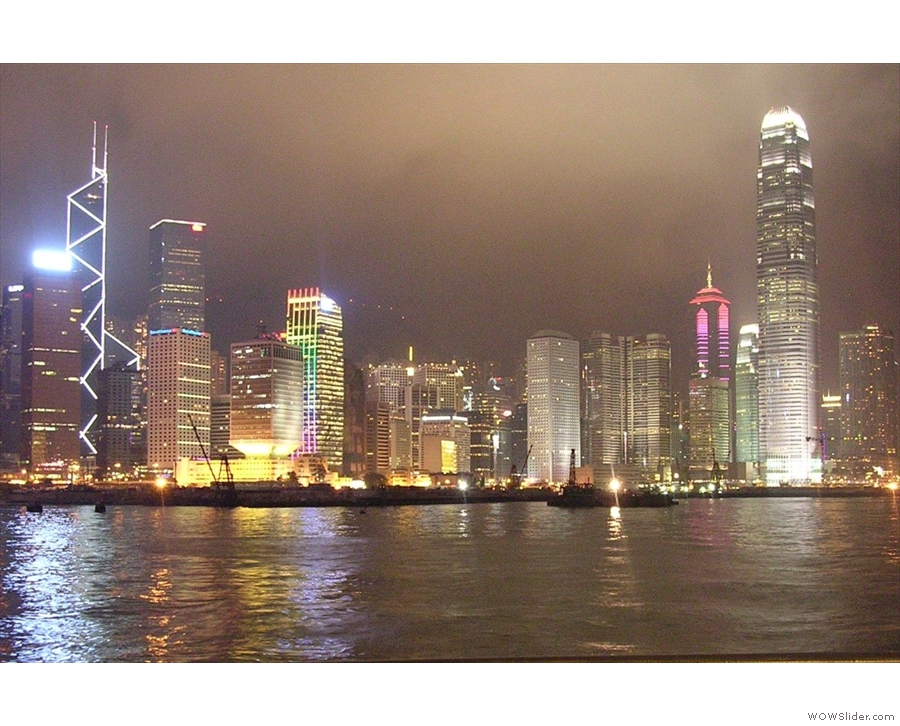
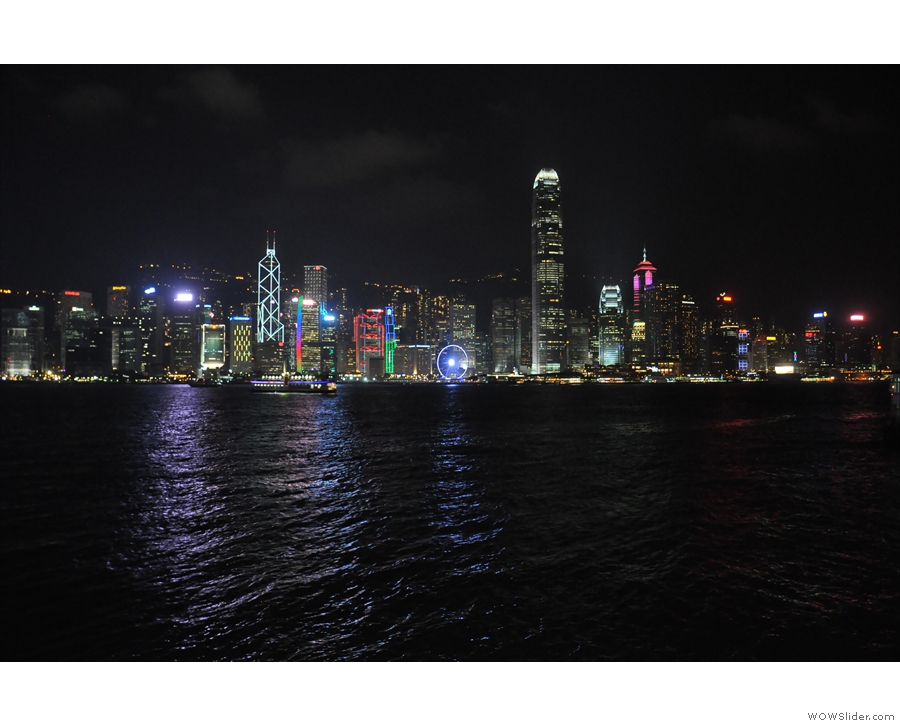
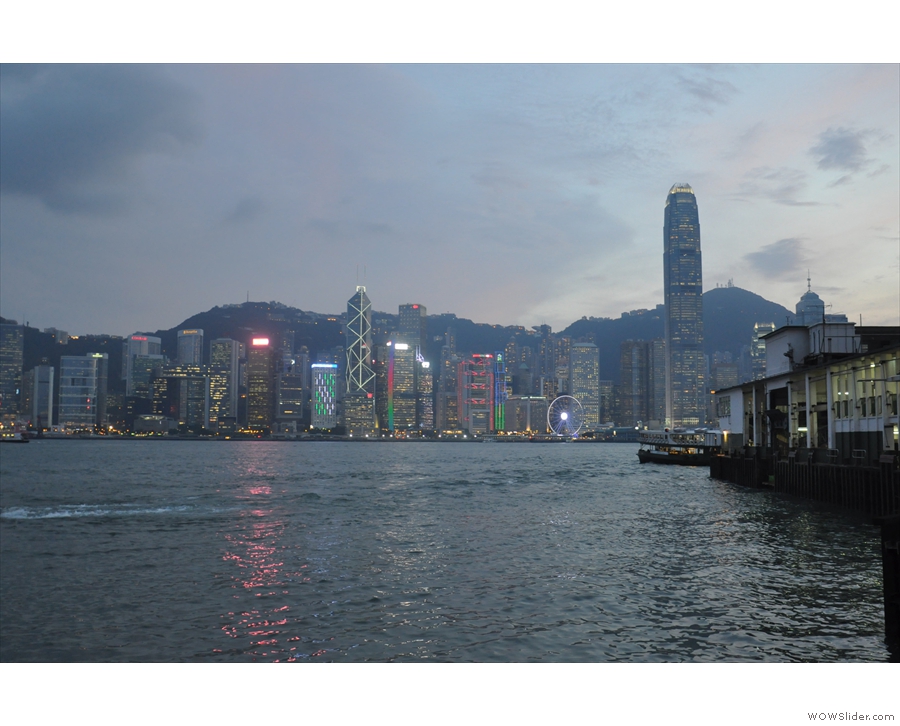
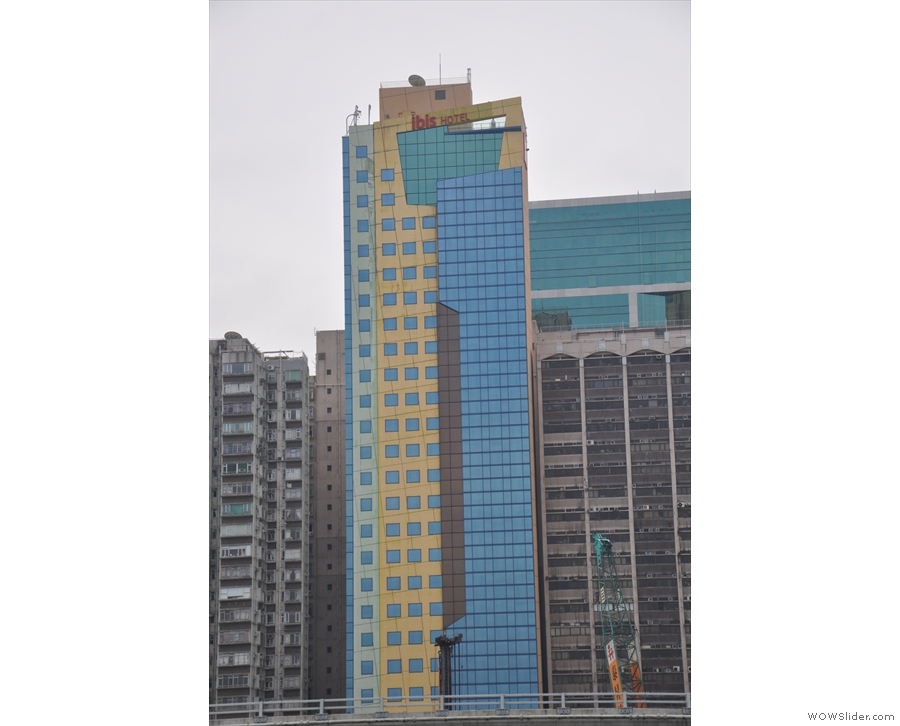
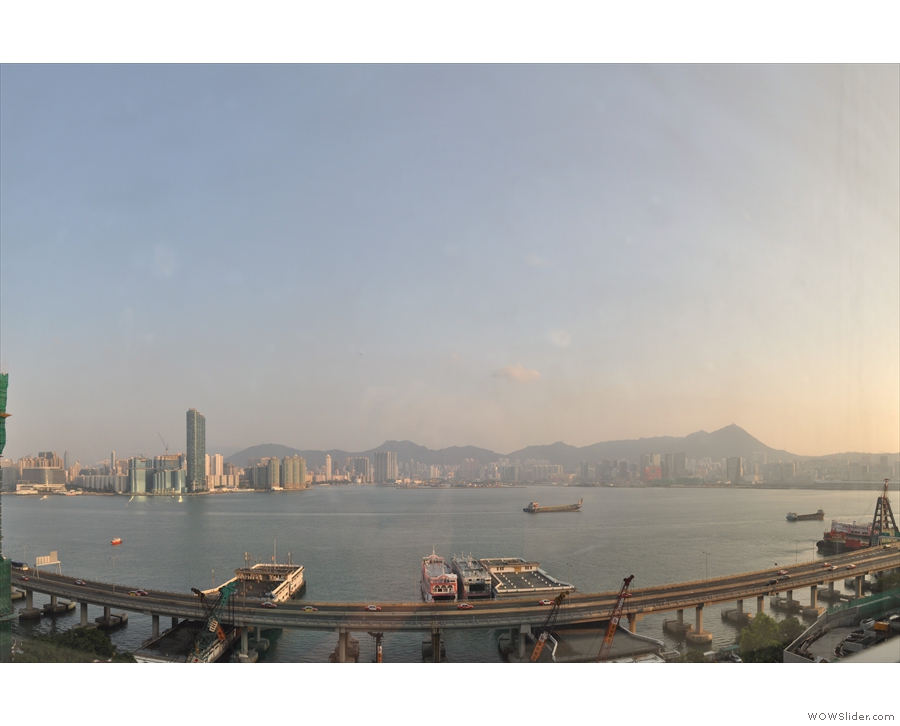
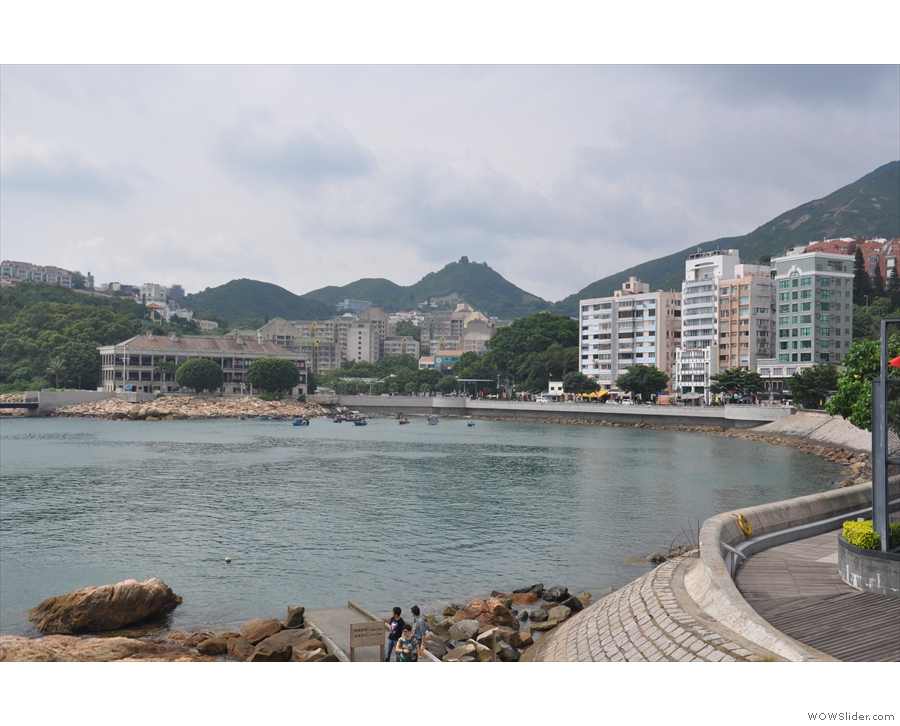
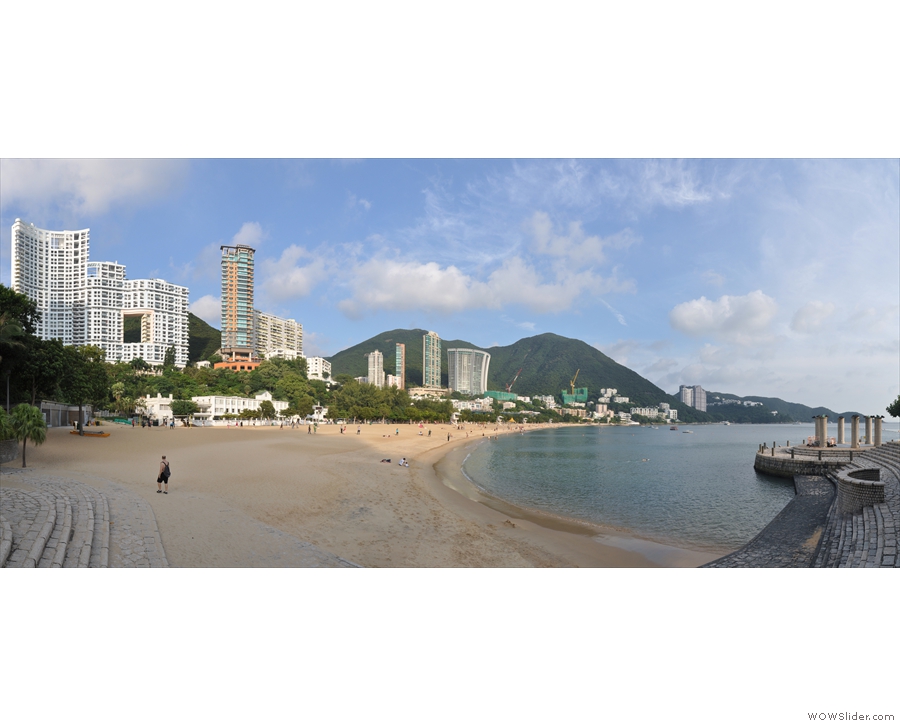
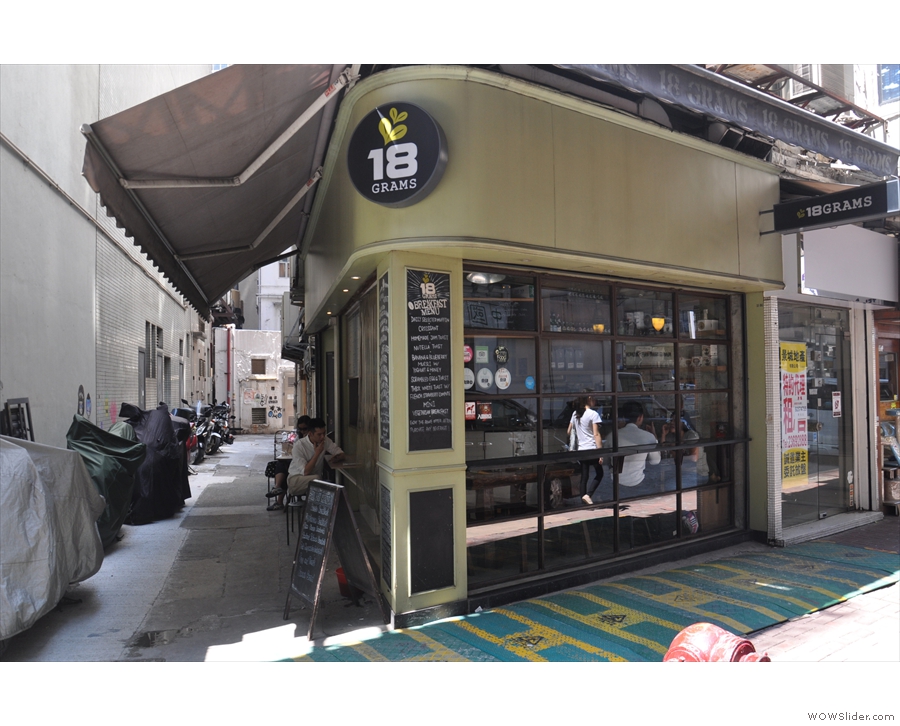
 1
1 2
2 3
3 4
4 5
5 6
6 7
7 8
8
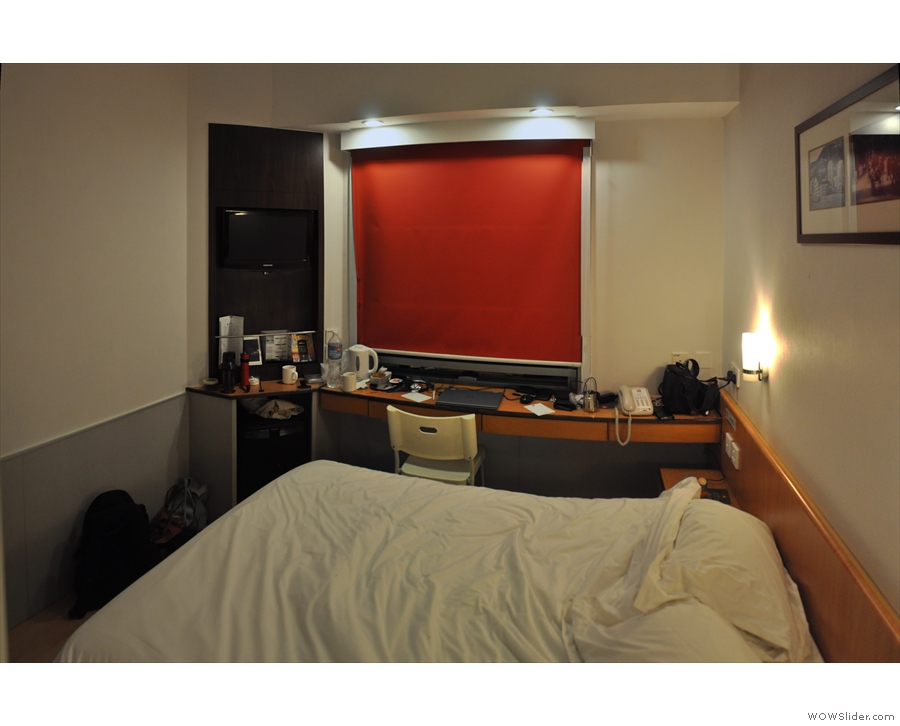


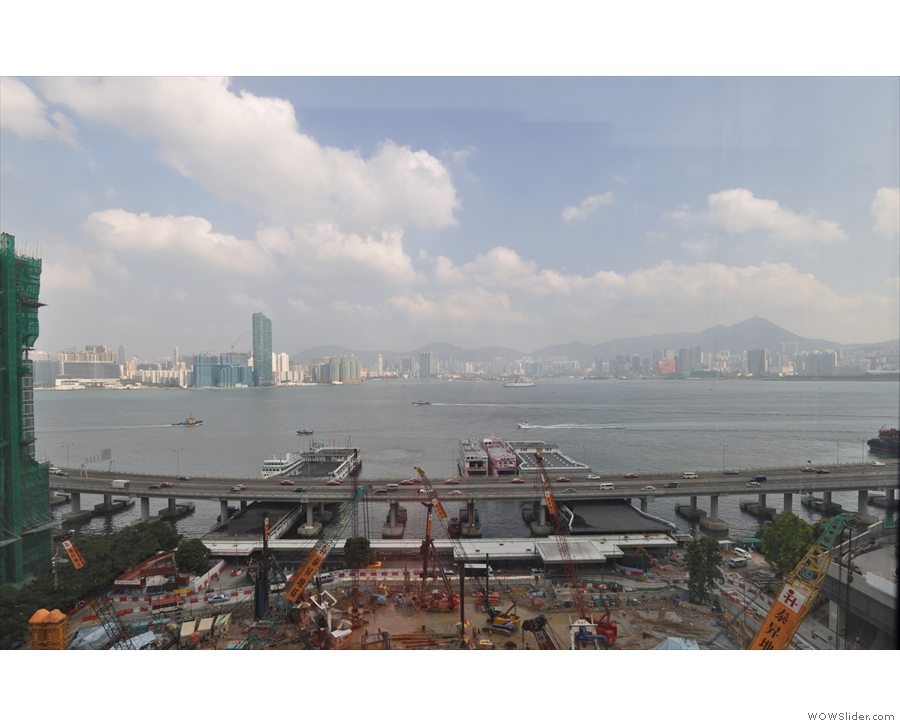
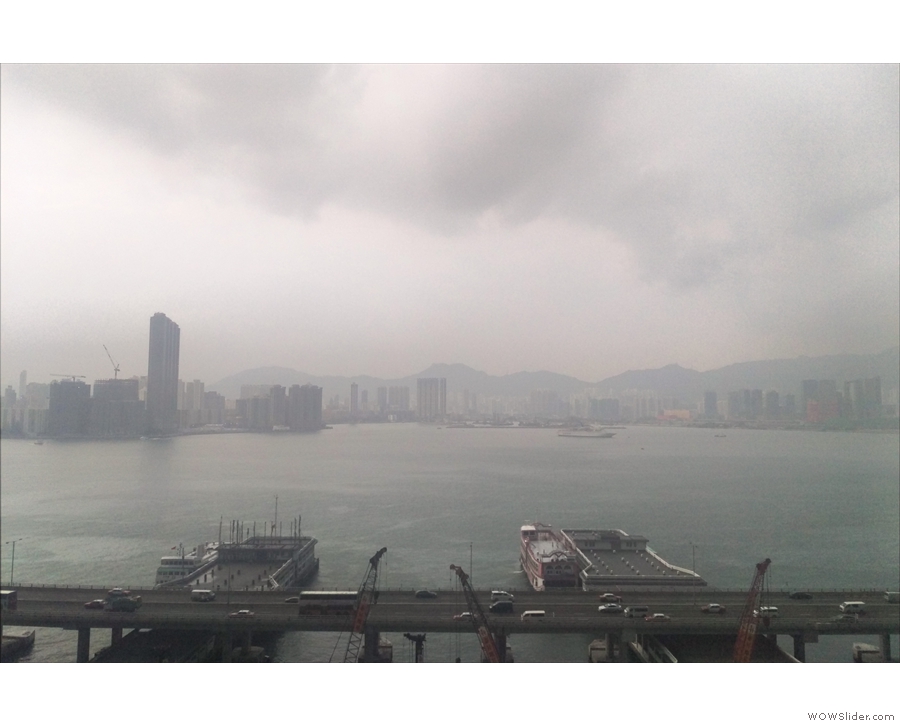
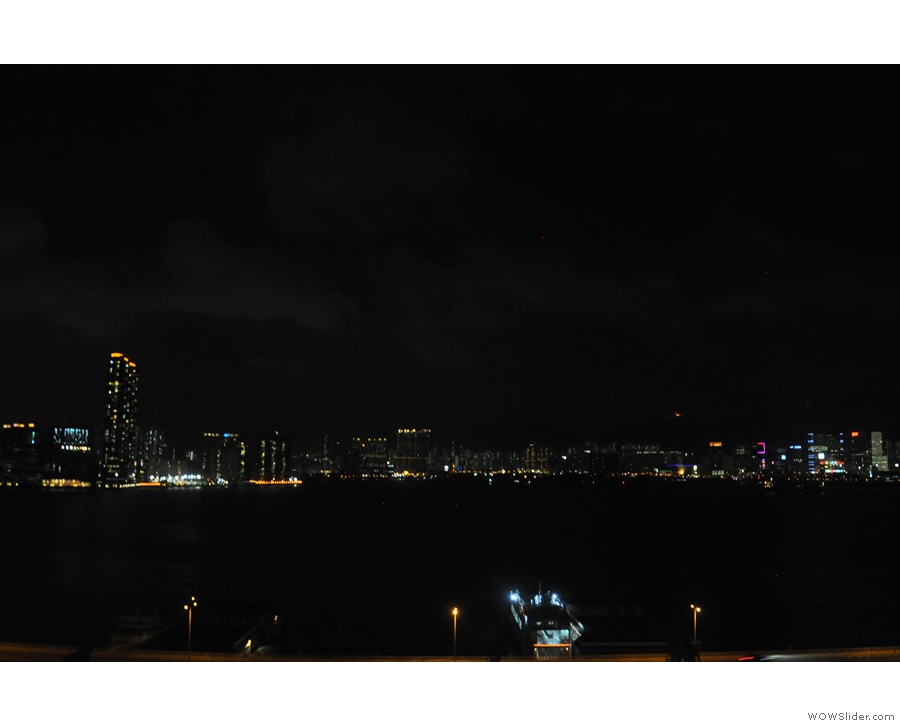
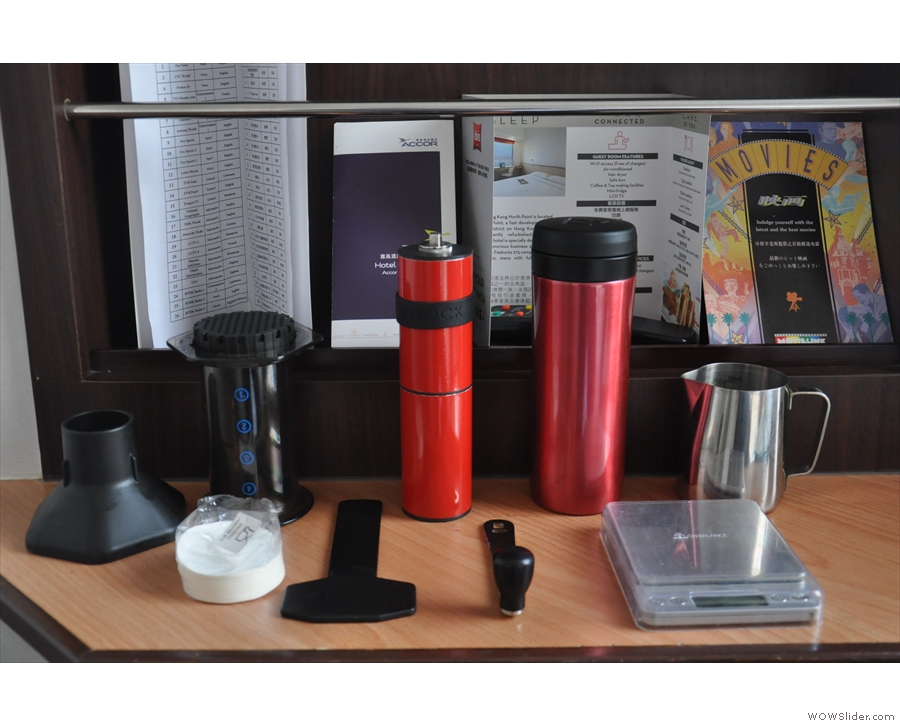
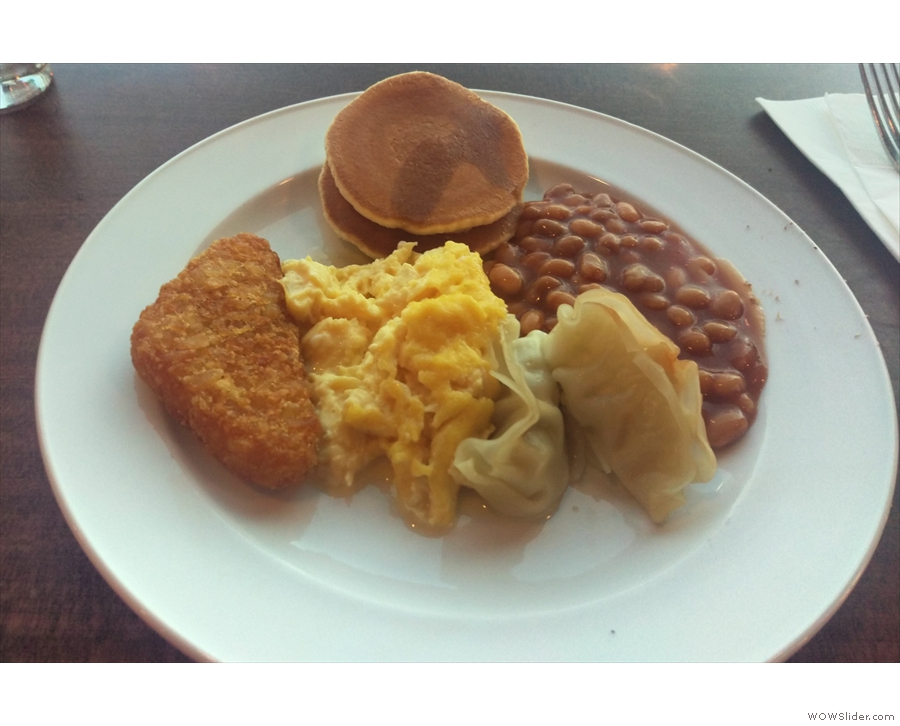
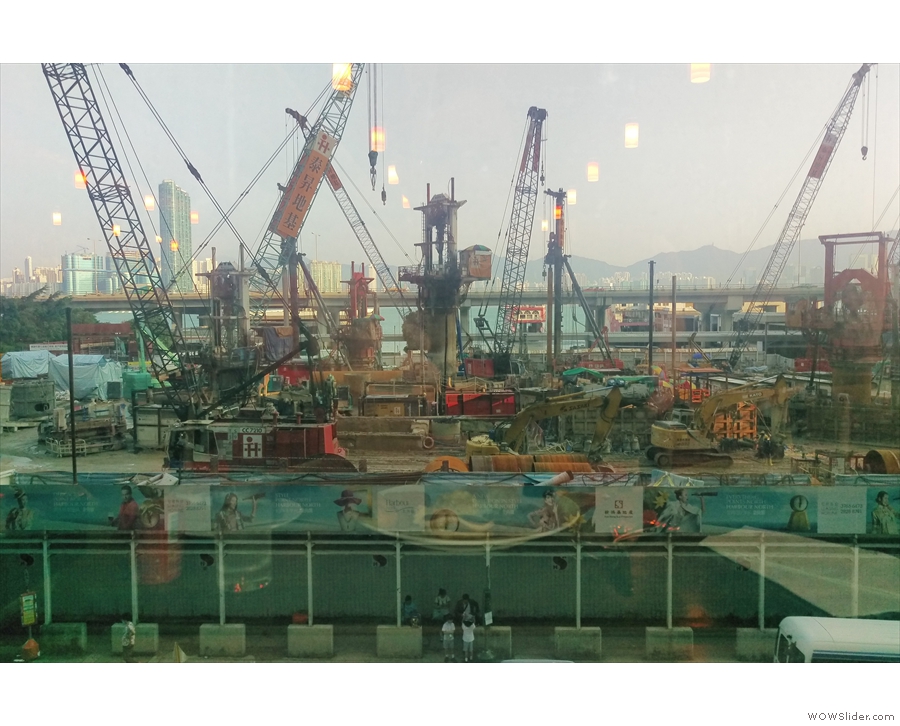
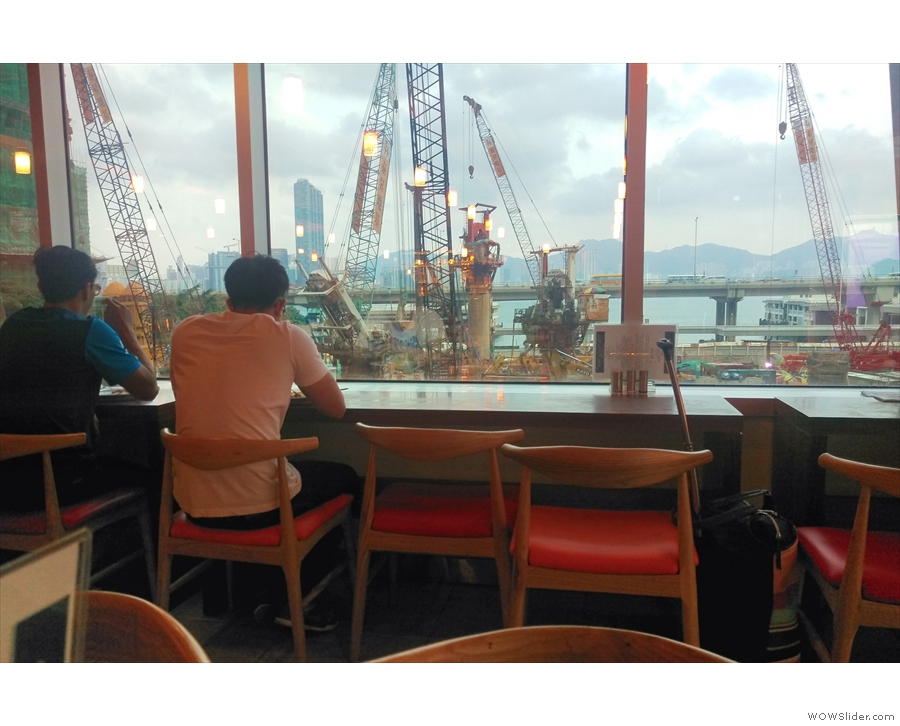
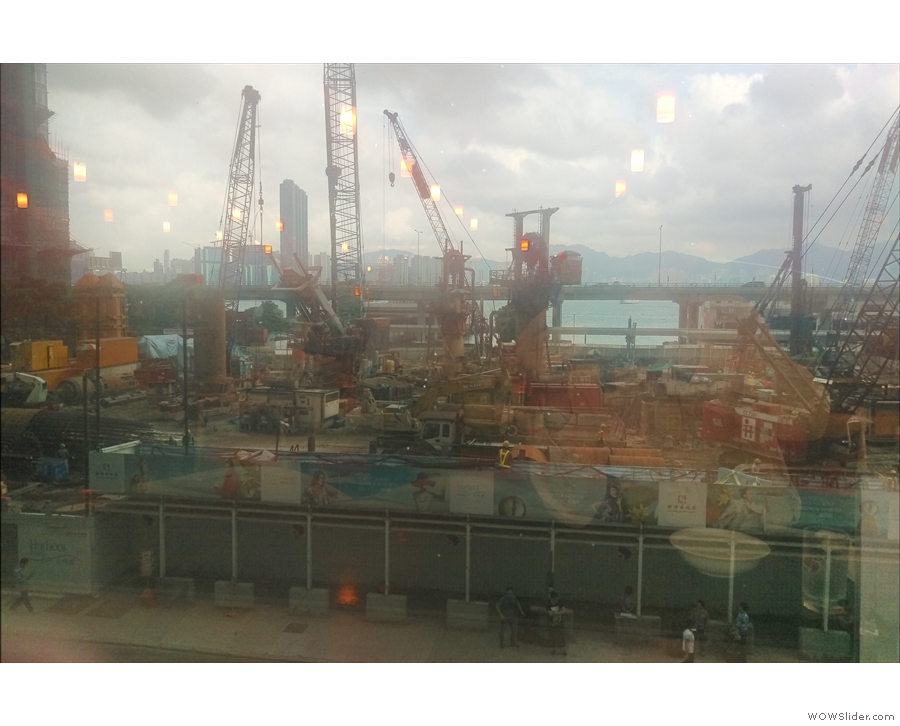
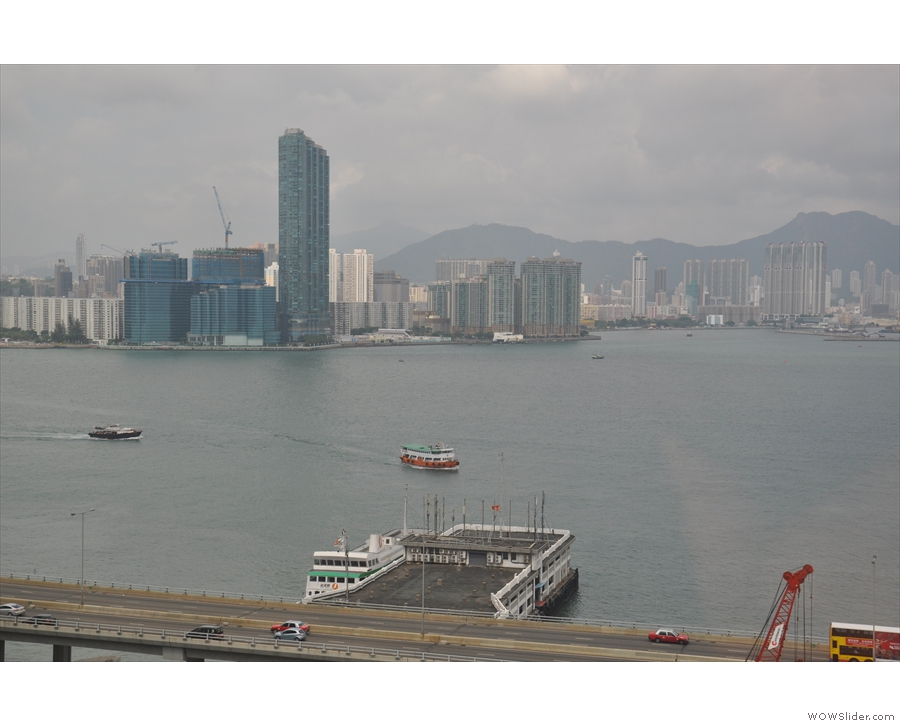
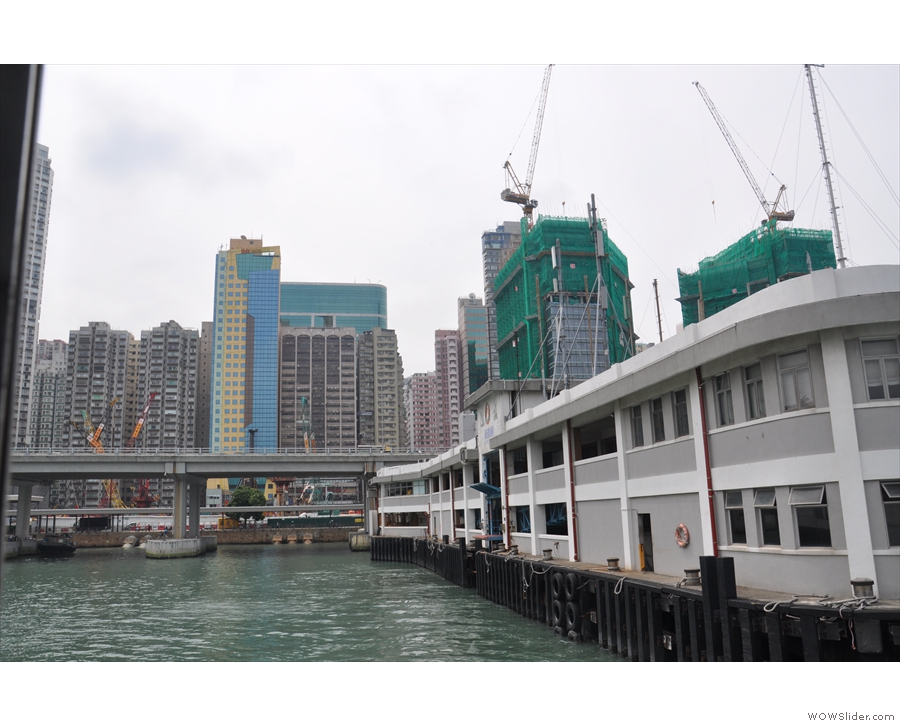
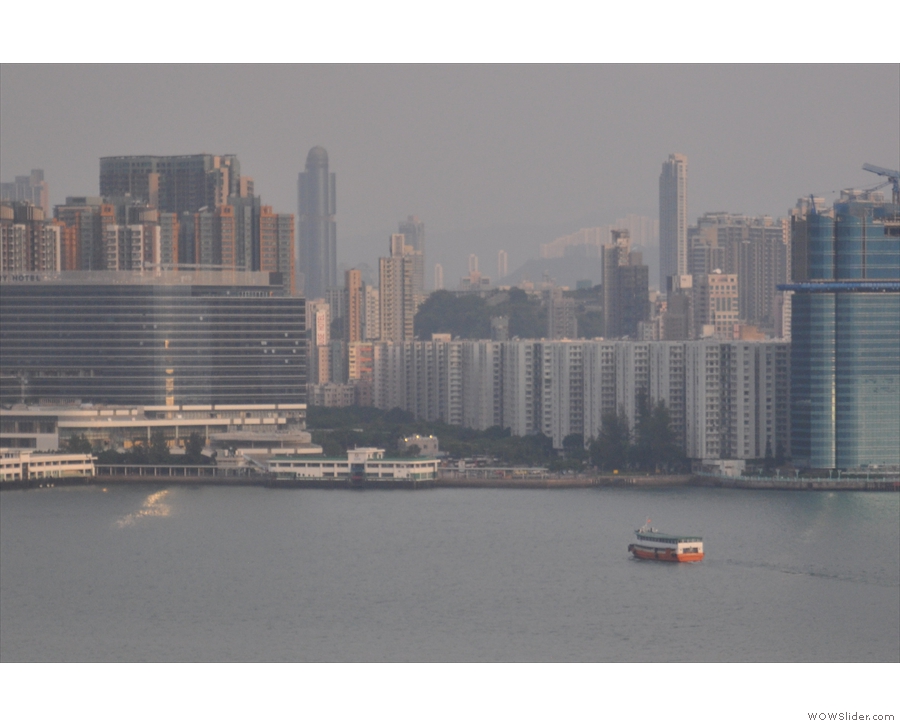
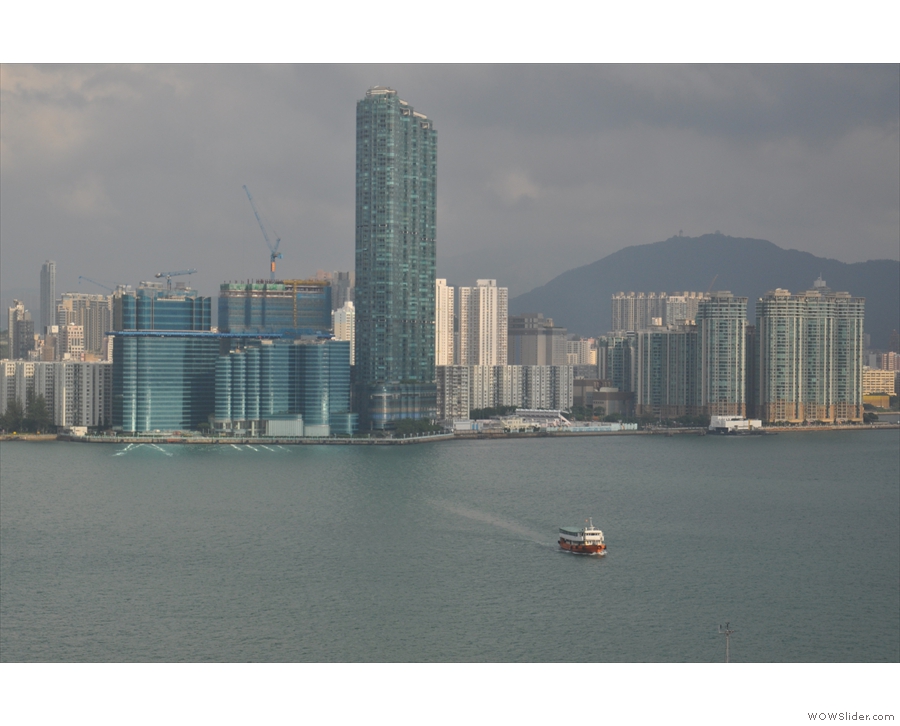
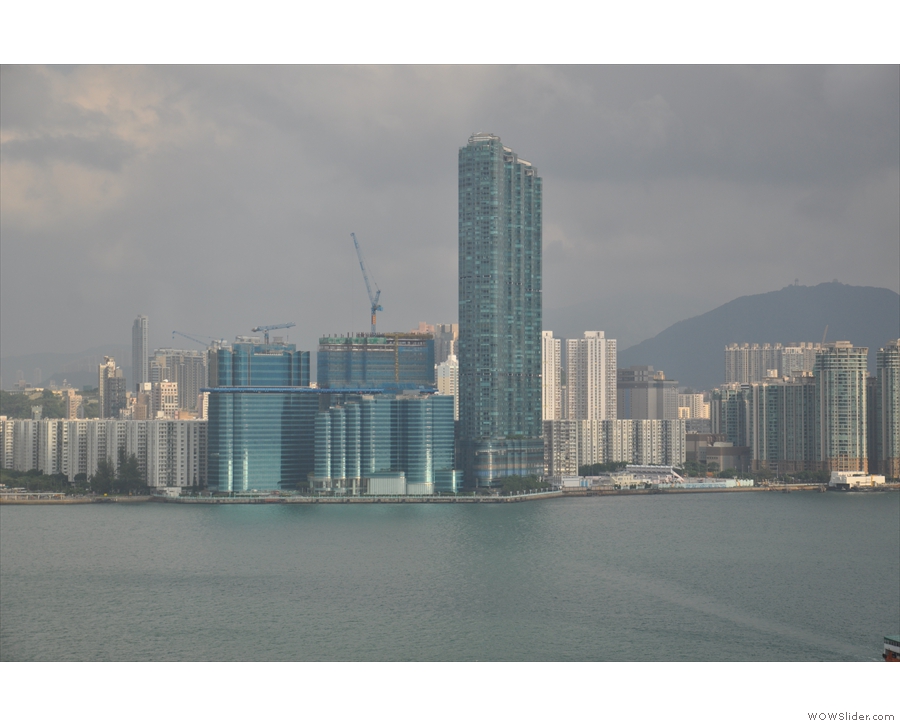
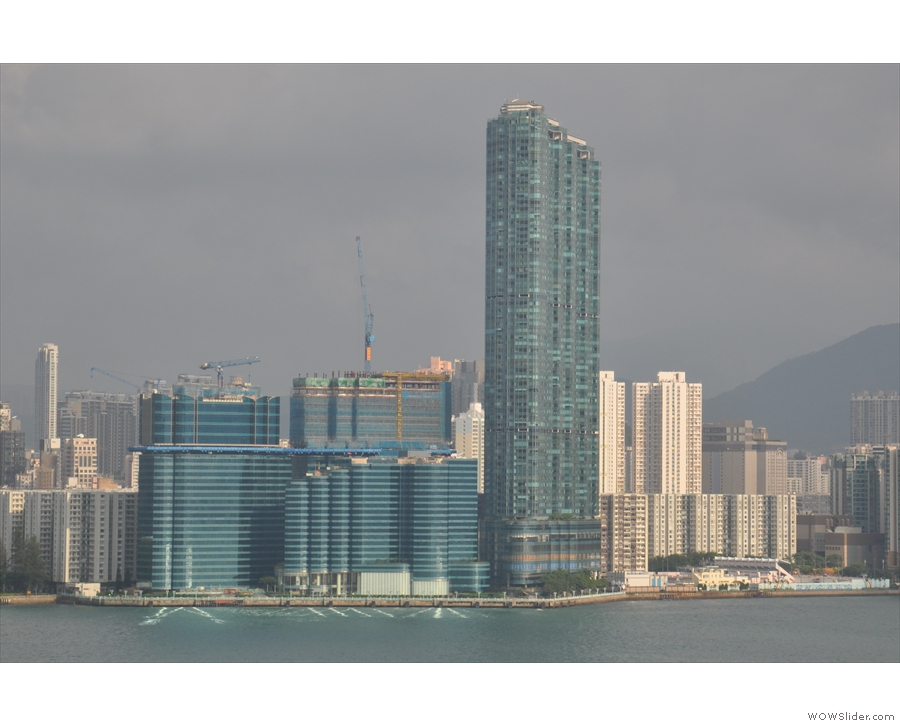
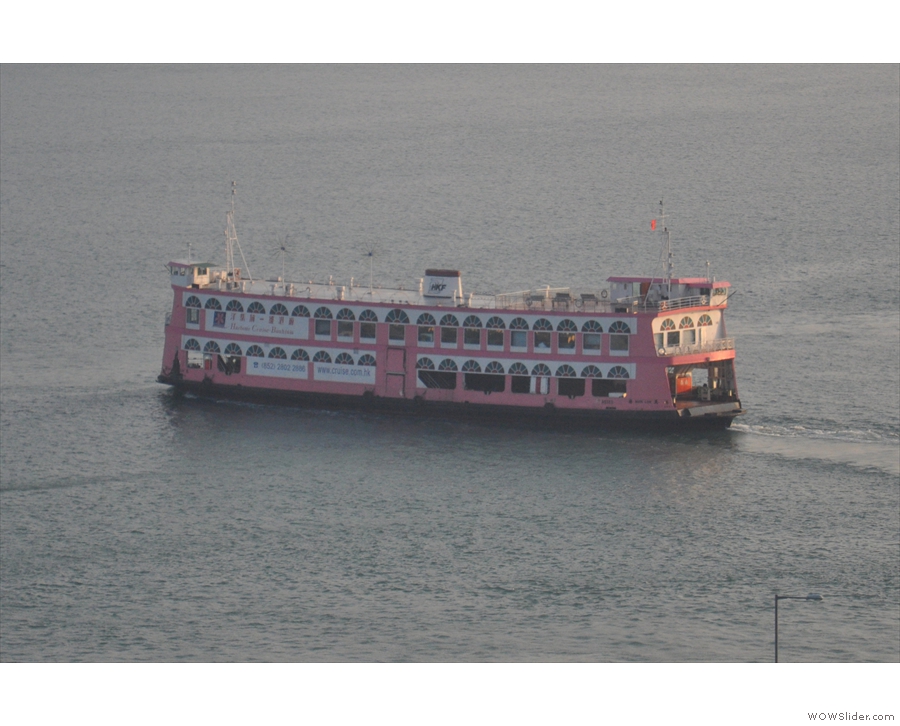
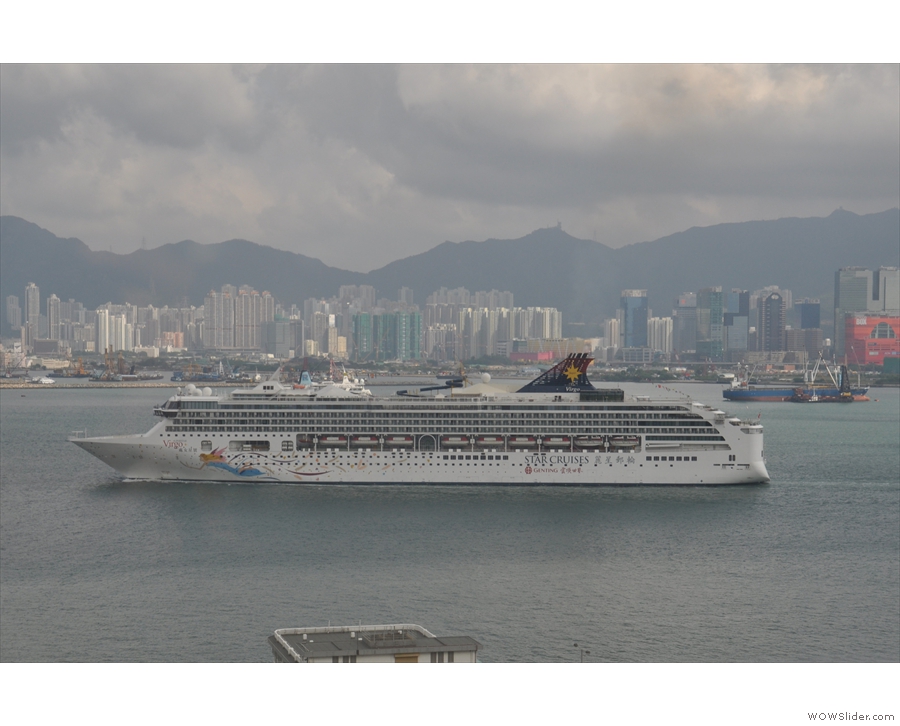
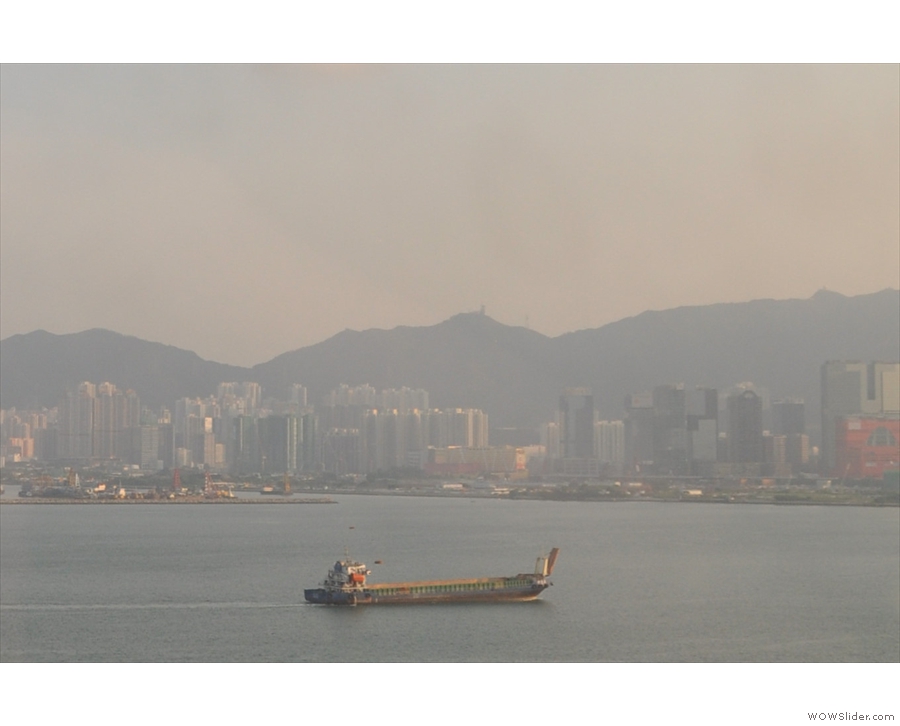
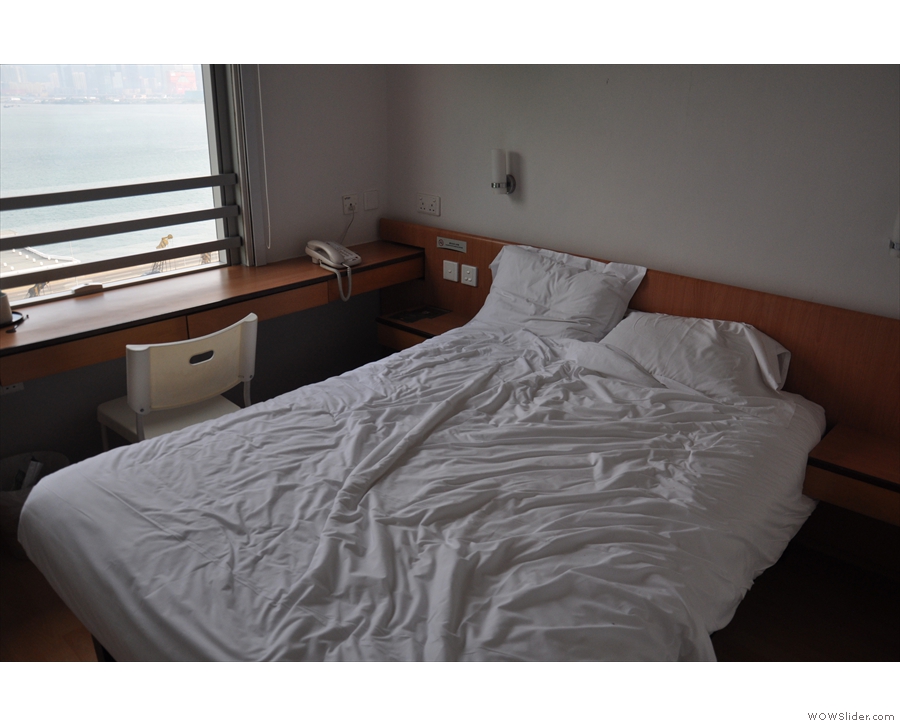
 1
1 2
2 3
3 4
4 5
5 6
6 7
7 8
8 9
9 10
10 11
11 12
12 13
13 14
14 15
15 16
16 17
17 18
18 19
19 20
20 21
21 22
22
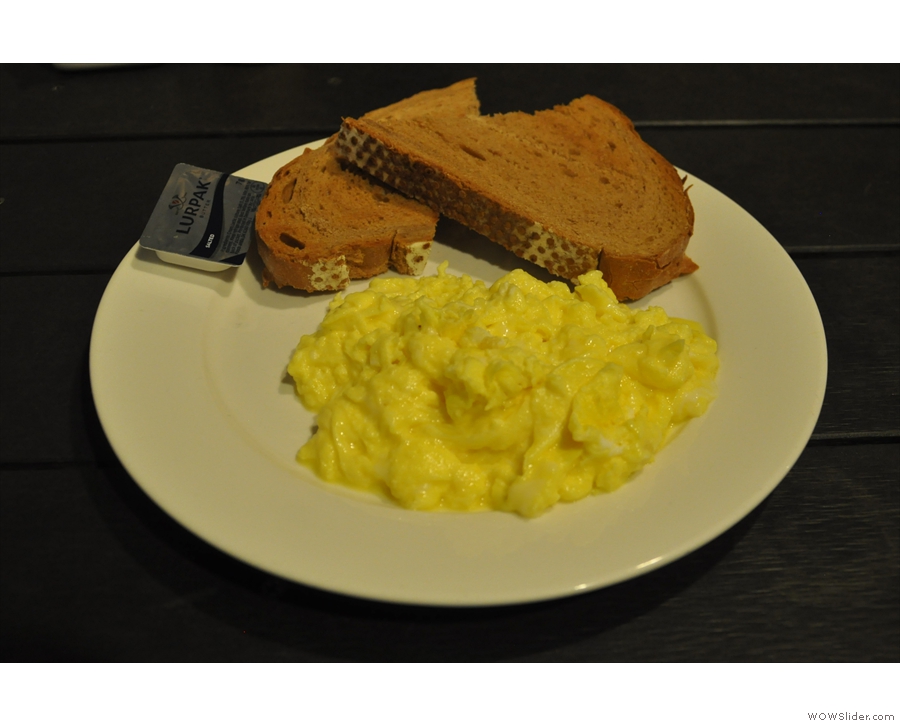
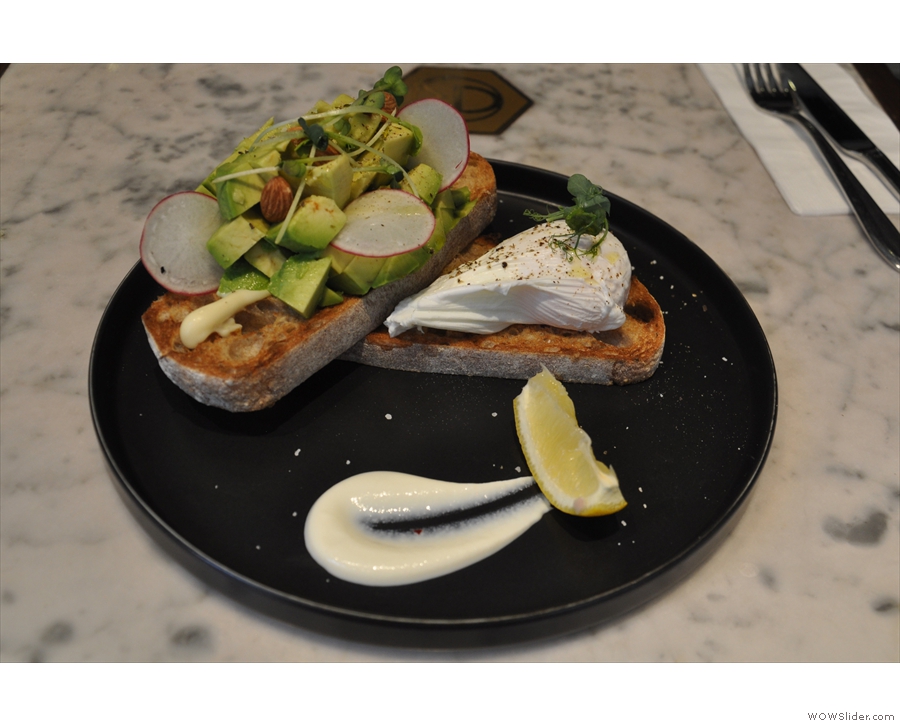
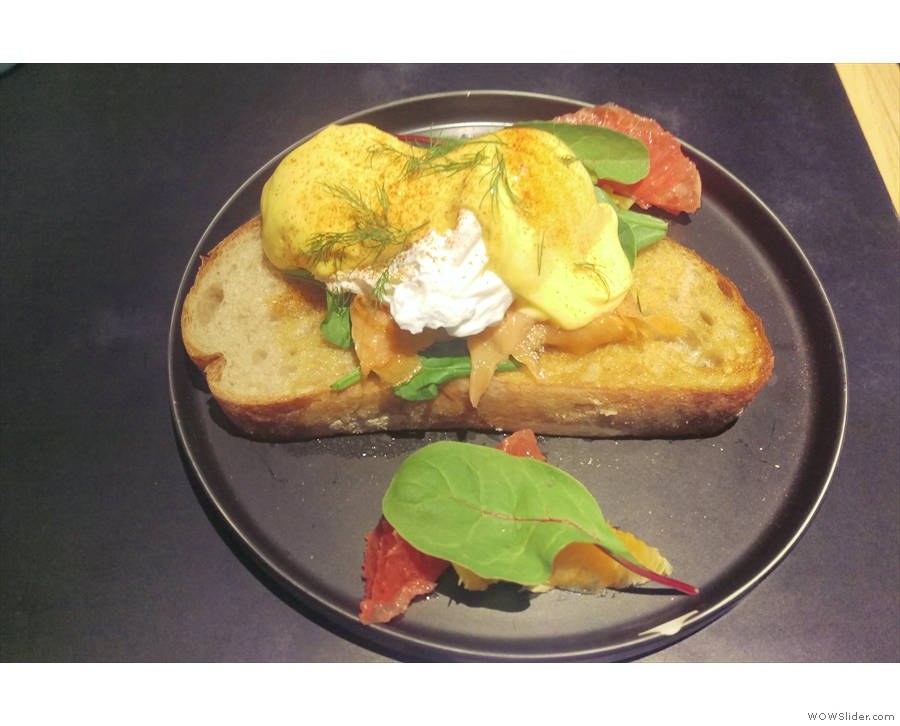
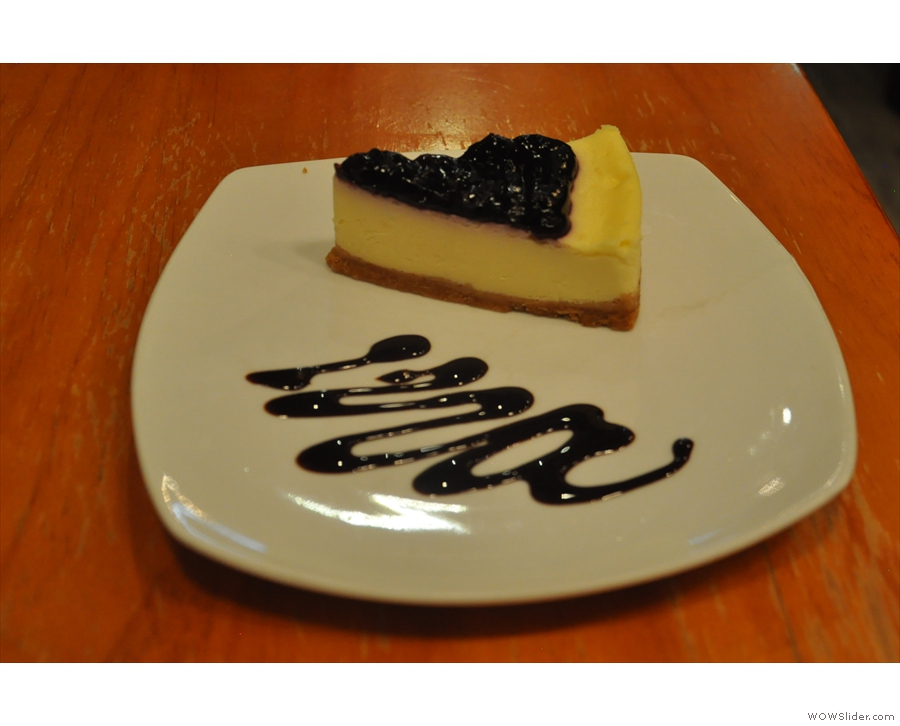
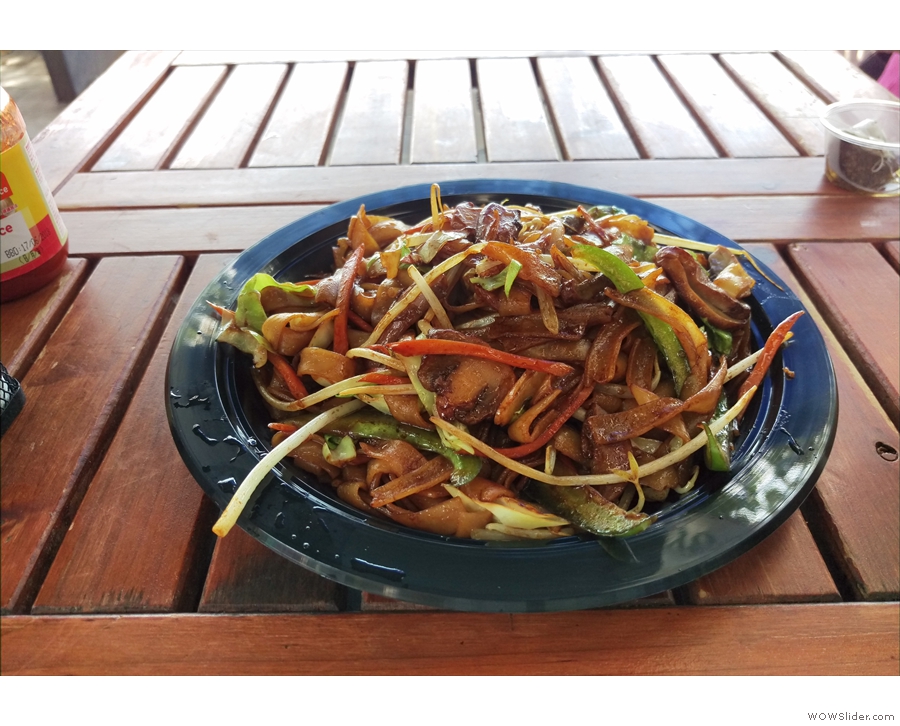
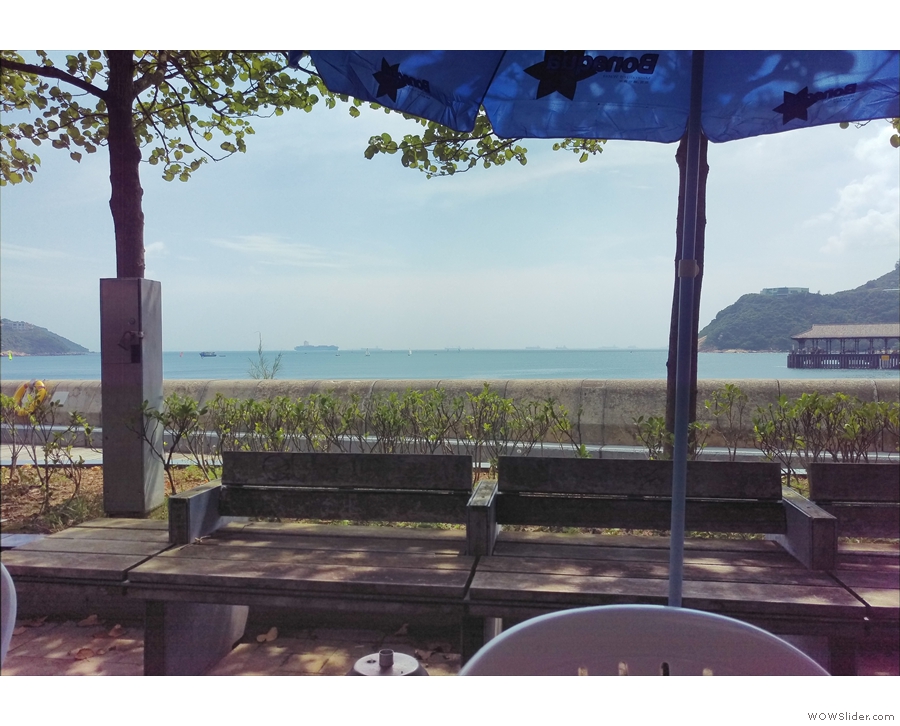
 1
1 2
2 3
3 4
4 5
5 6
6 7
7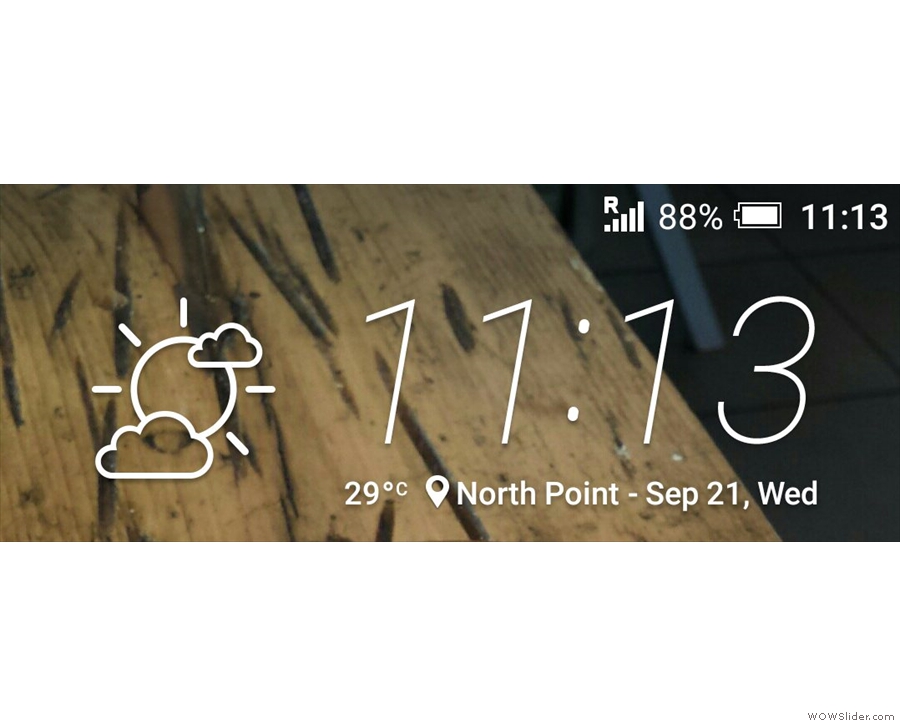
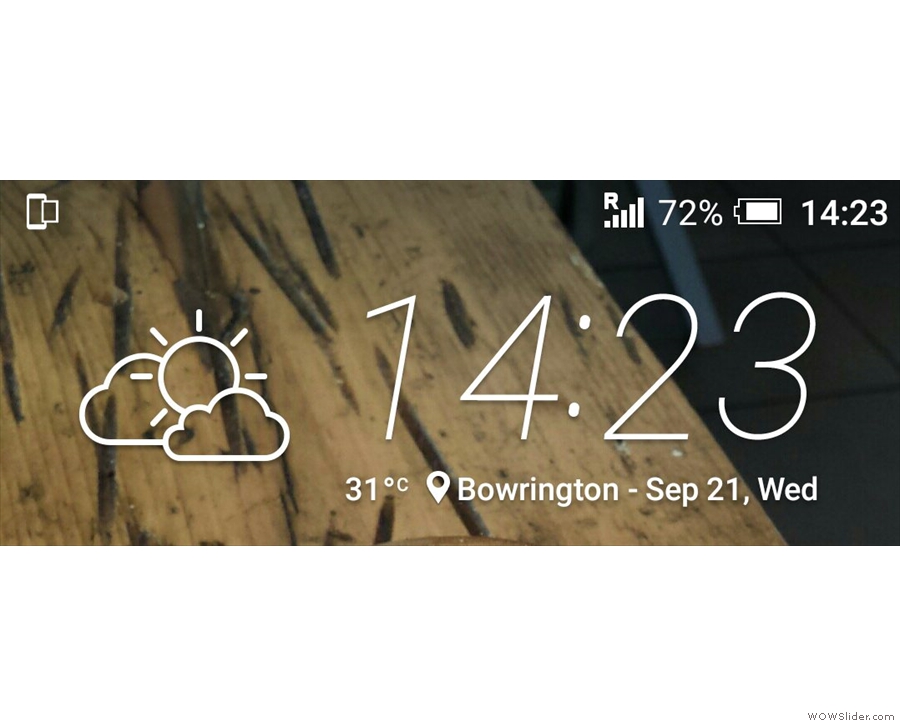
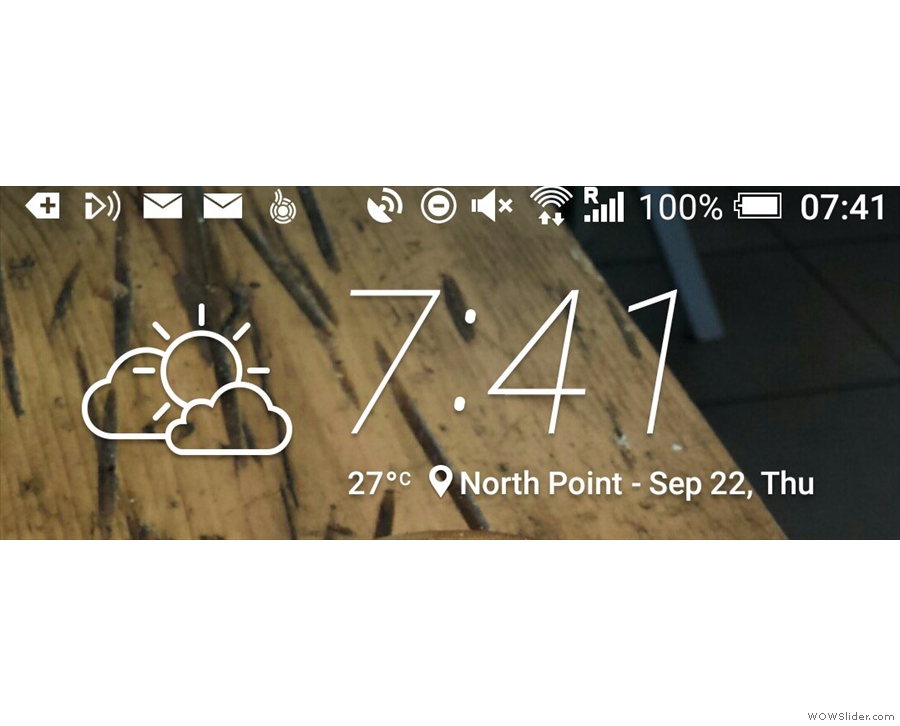
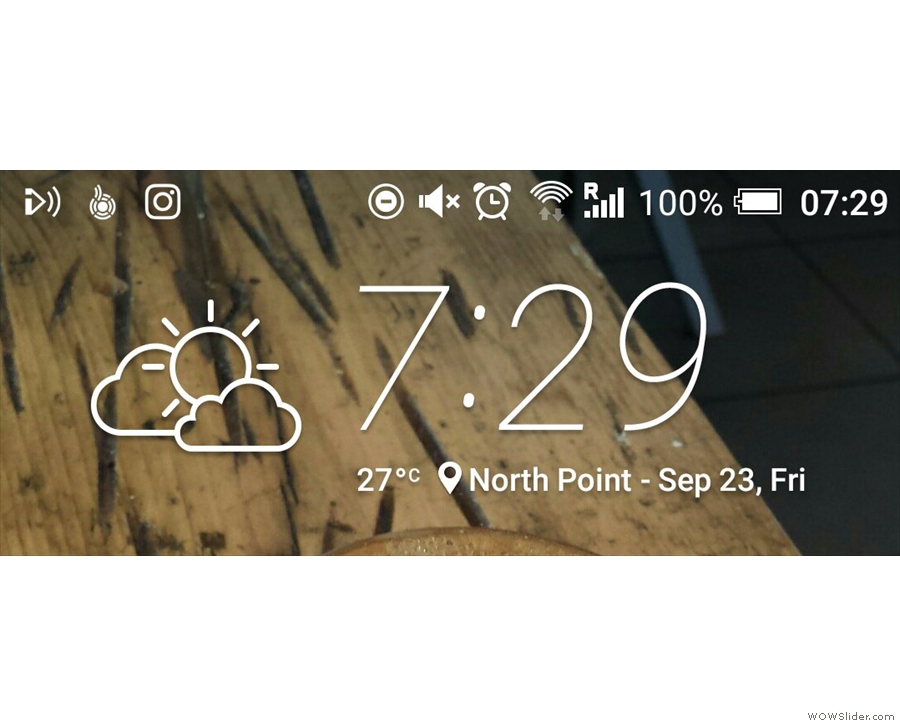
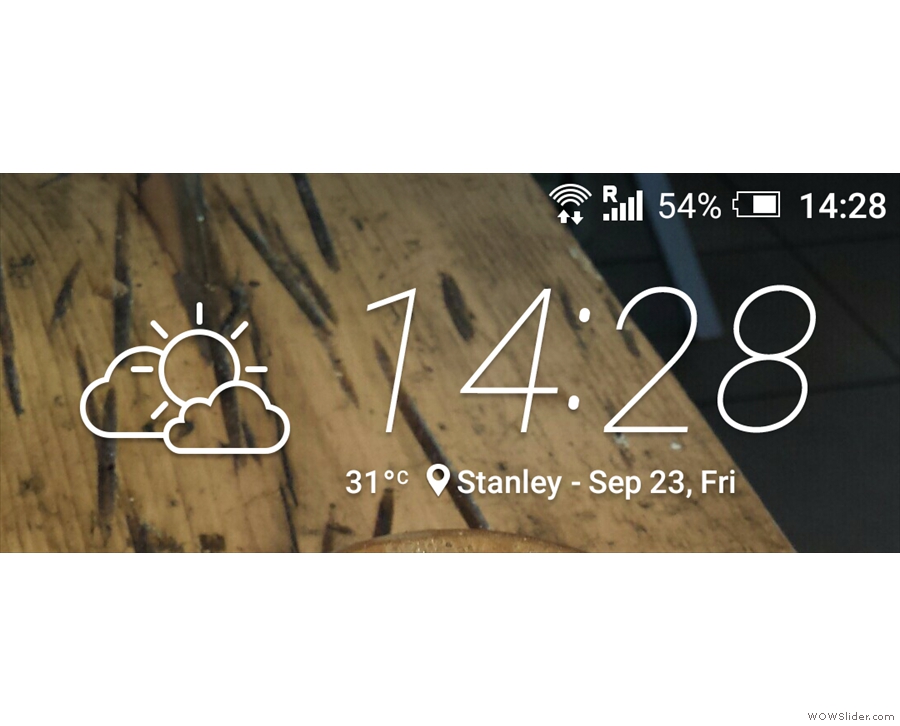
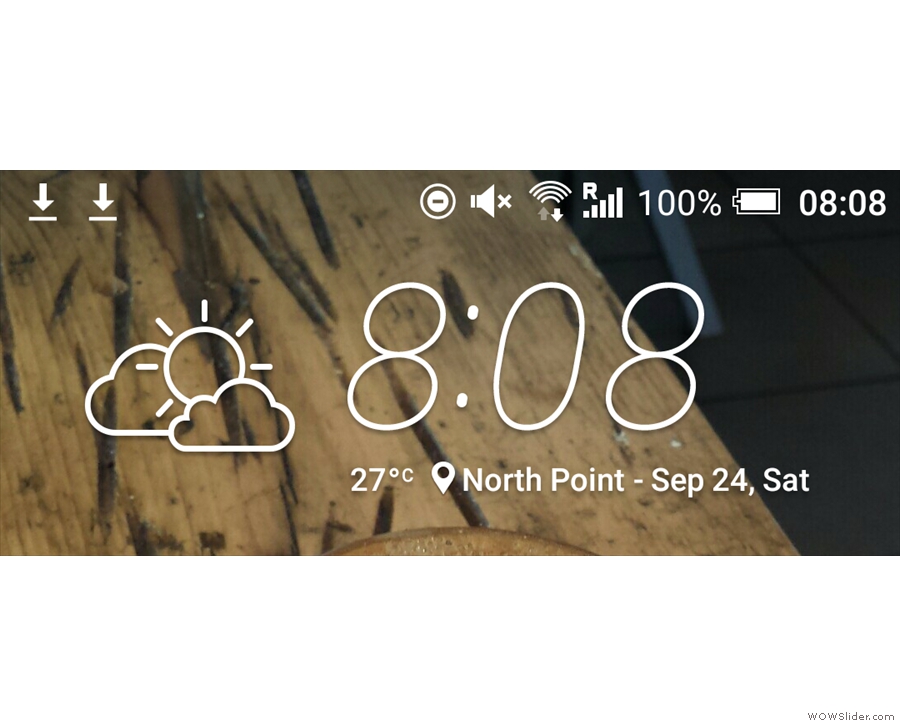
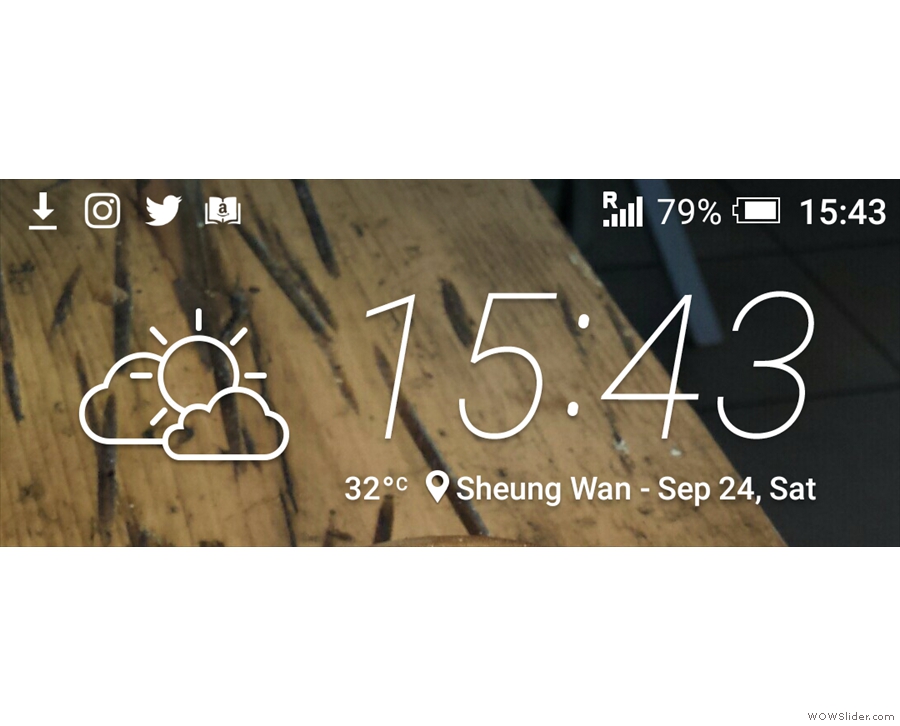
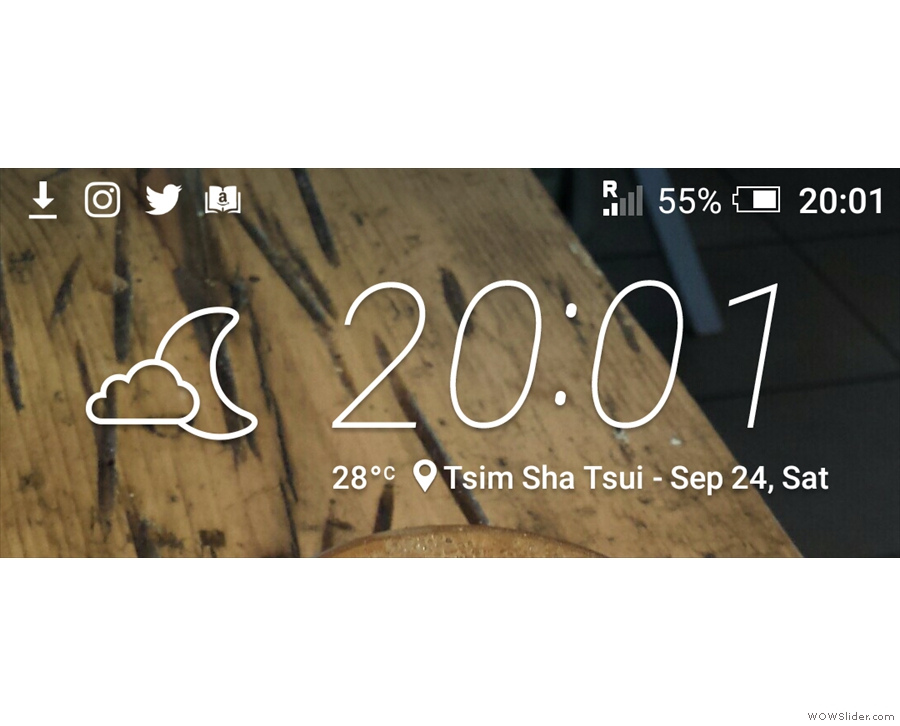
 1
1 2
2 3
3 4
4 5
5 6
6 7
7 8
8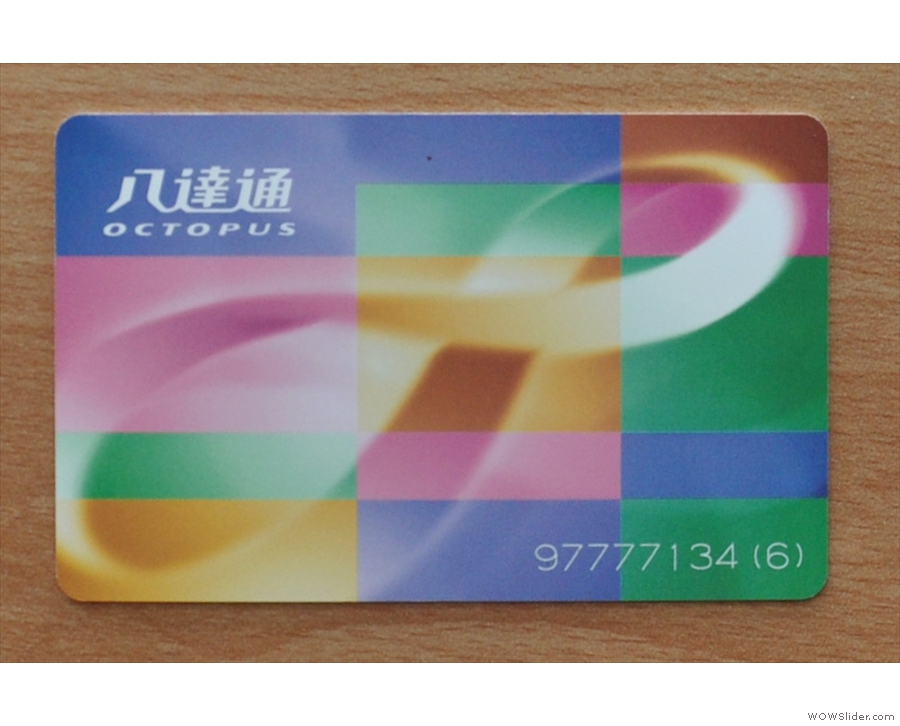
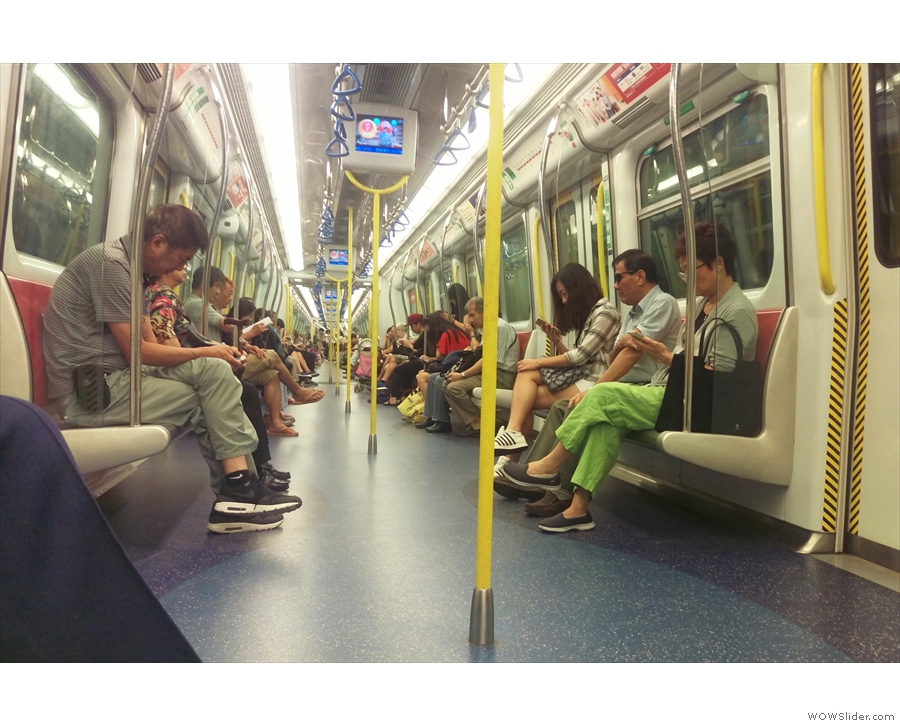
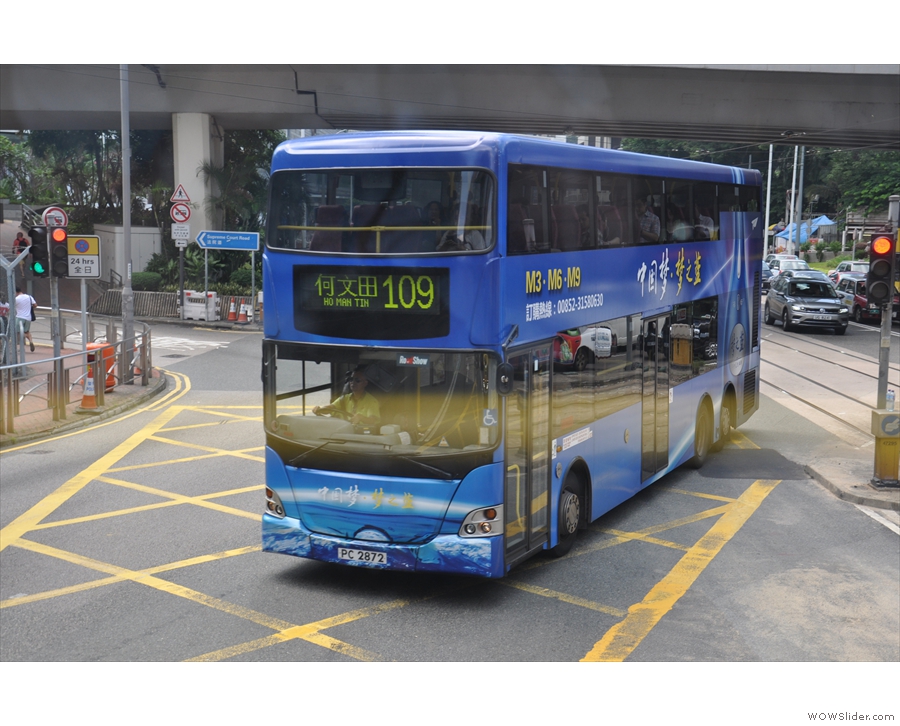
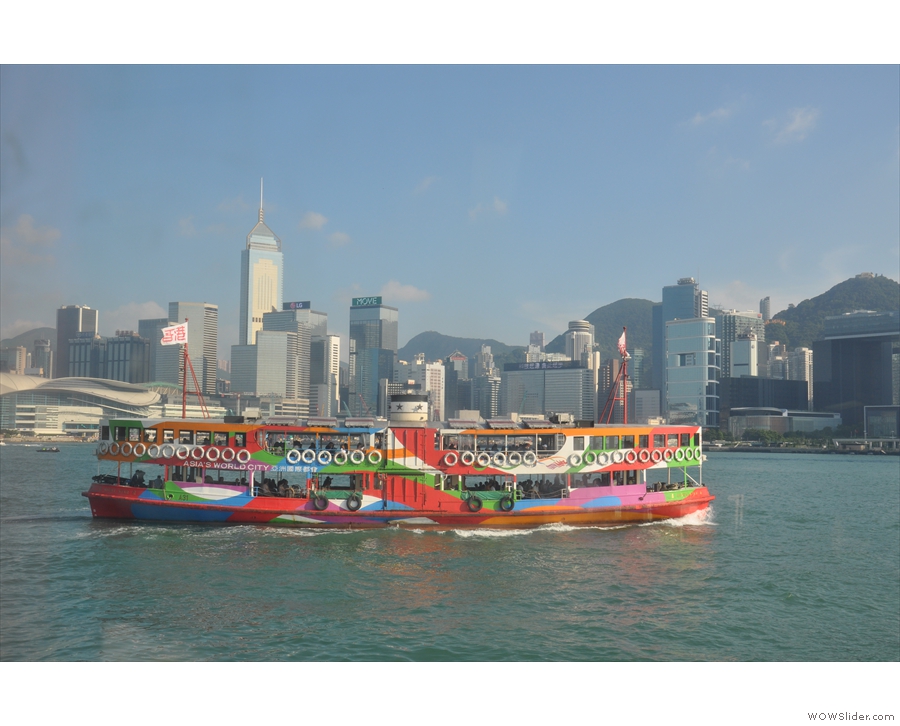
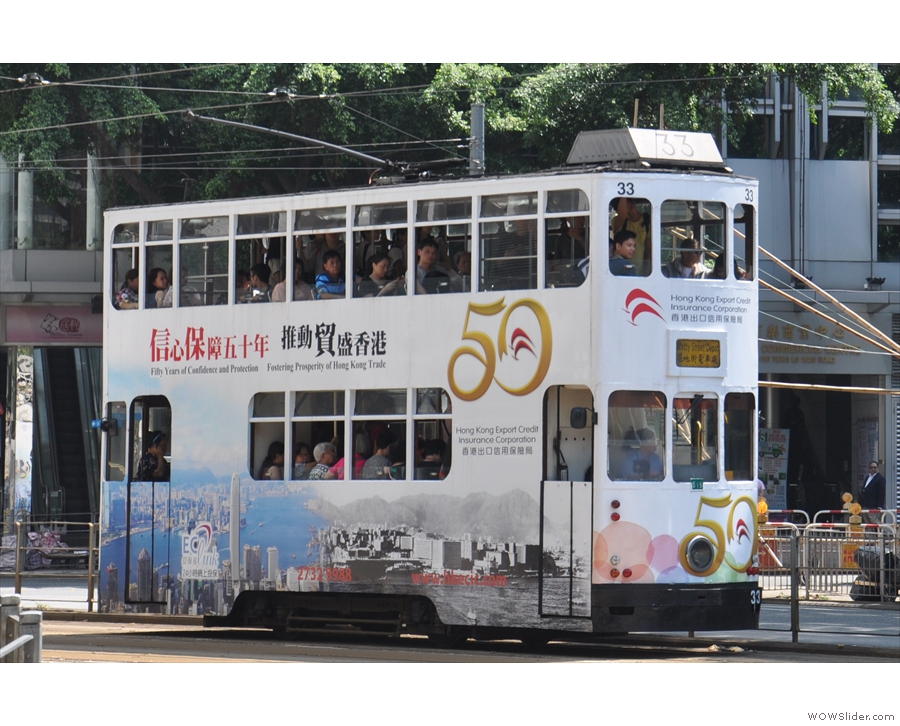
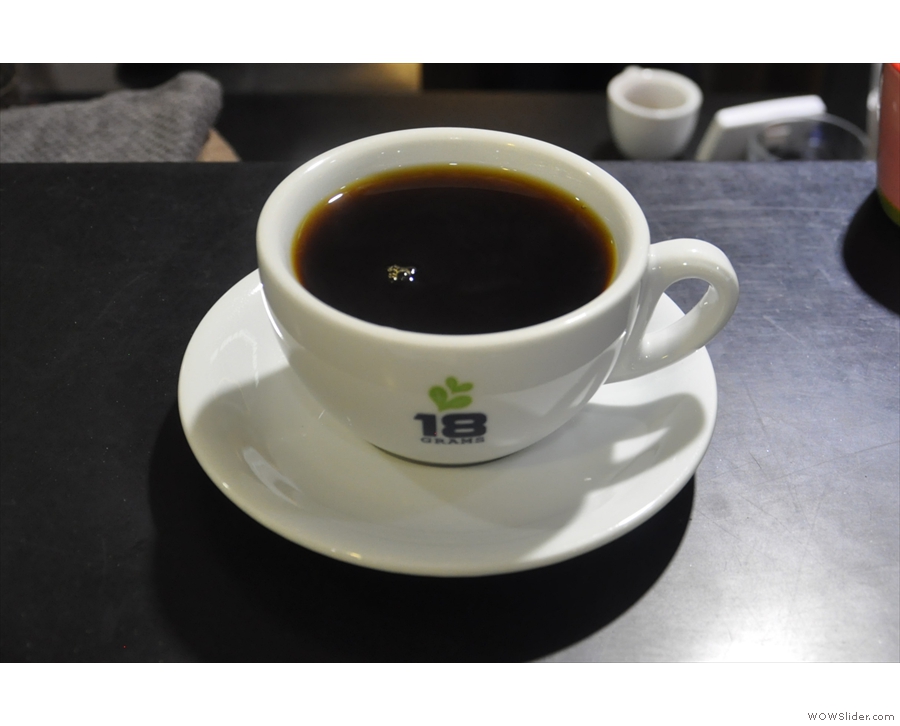
 1
1 2
2 3
3 4
4 5
5 6
6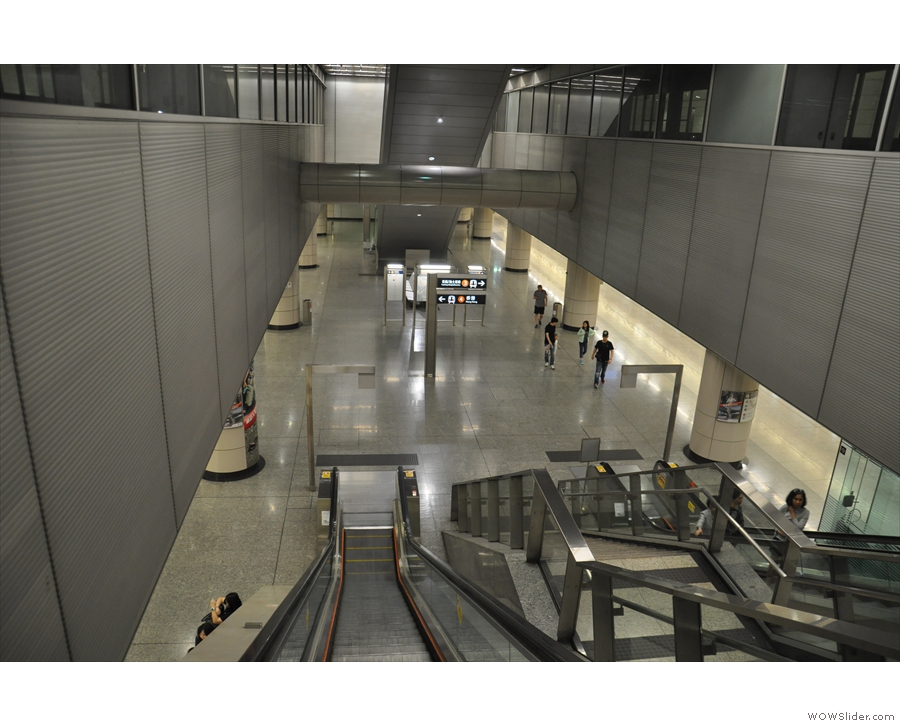
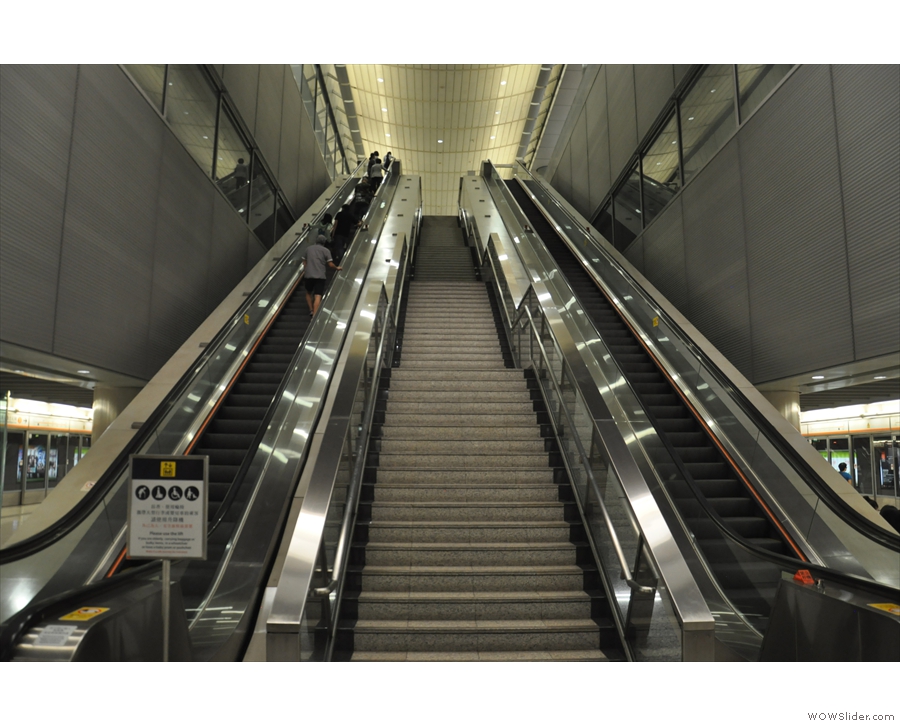
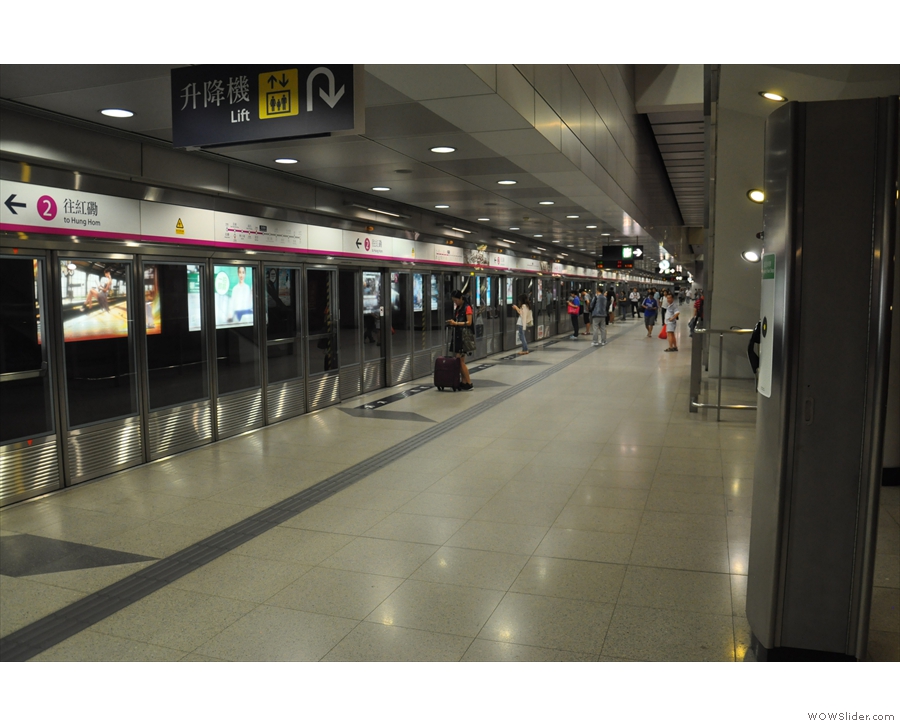

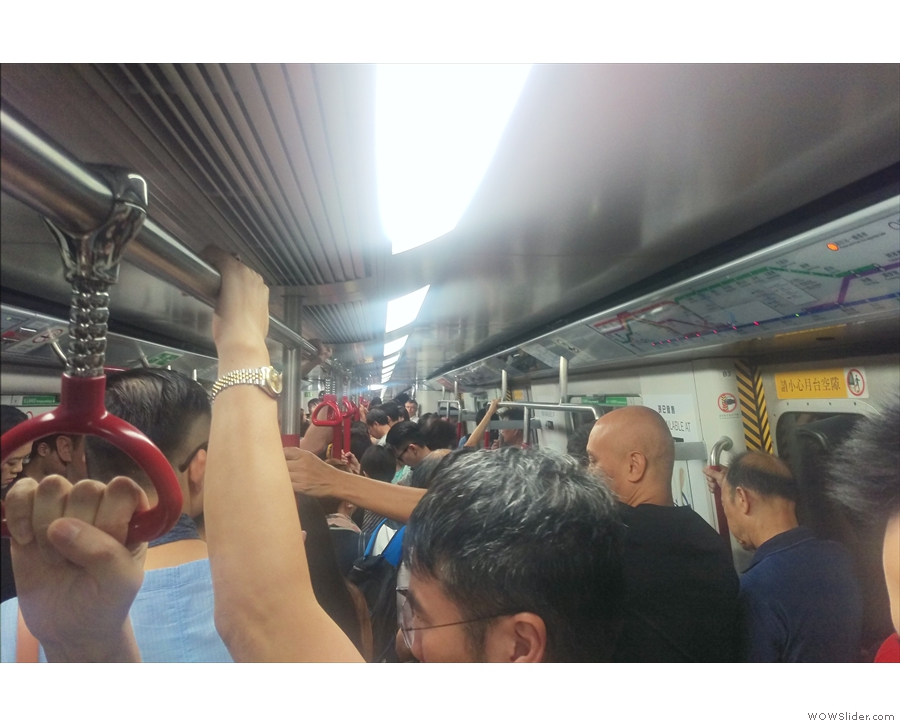
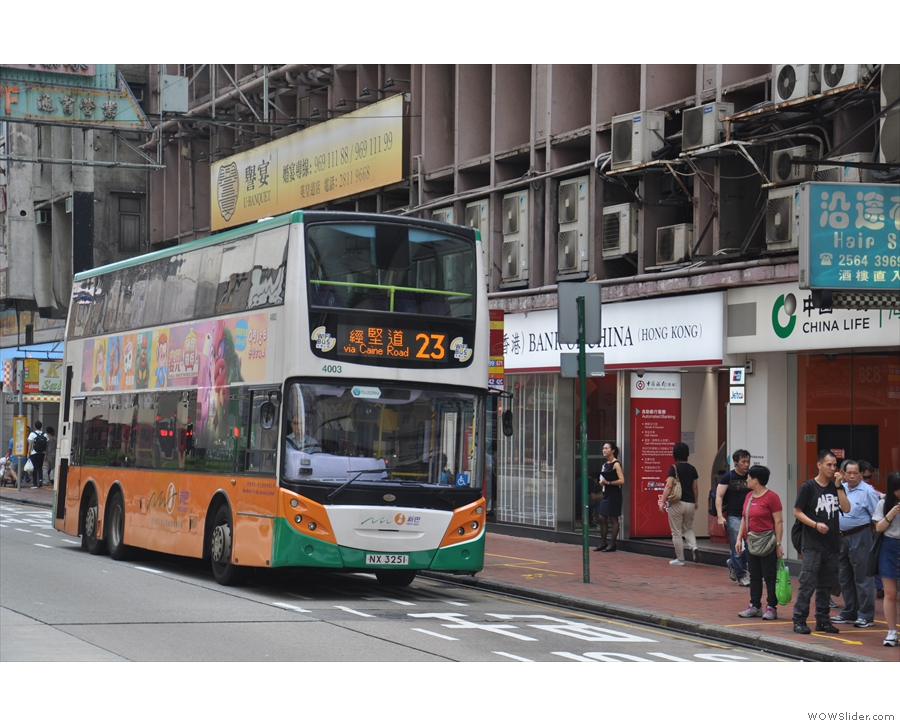

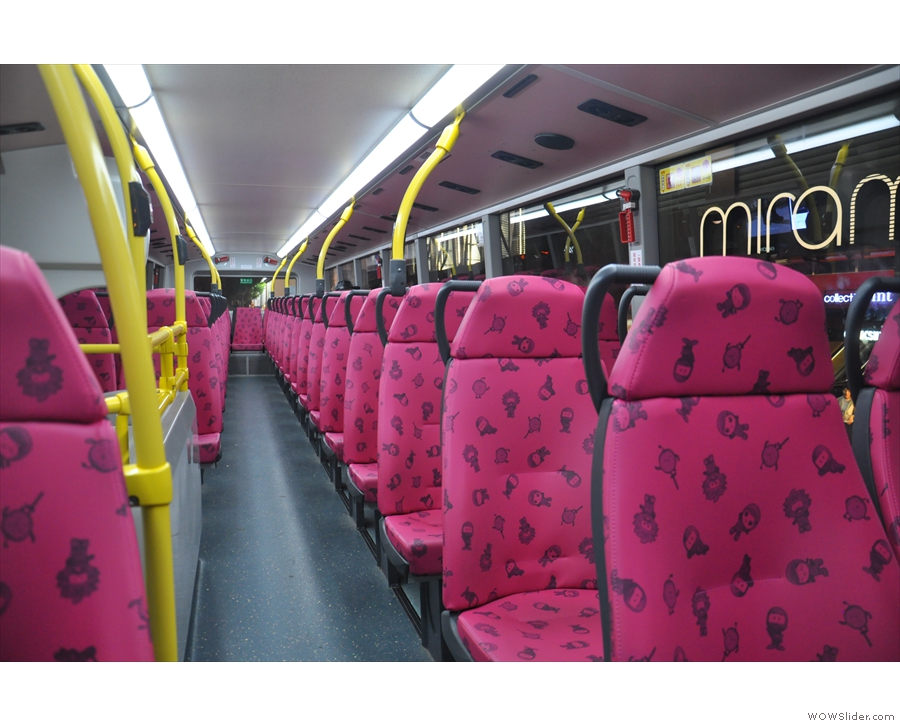
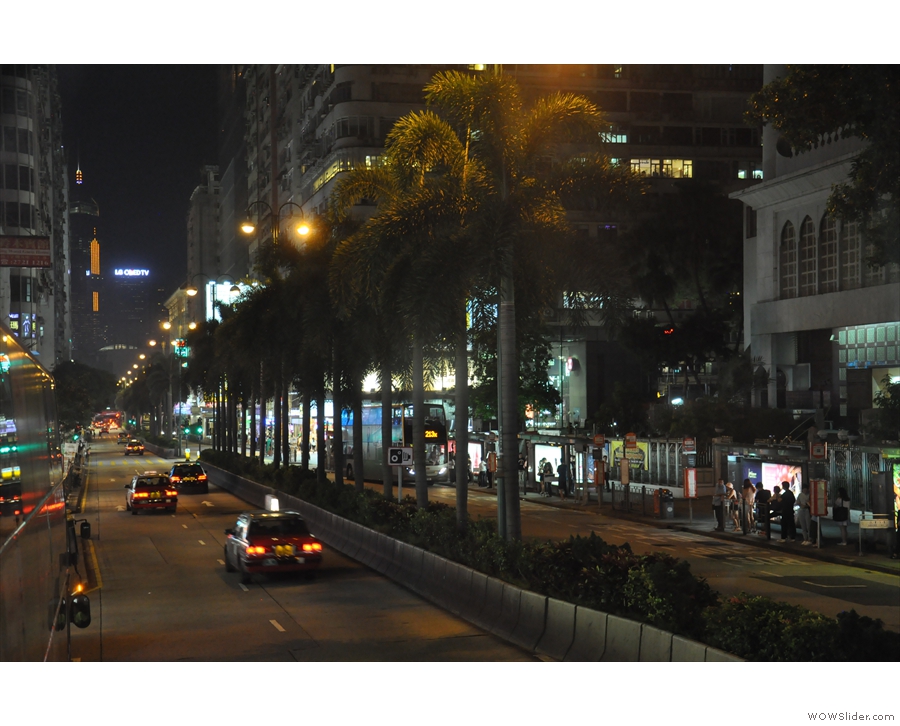
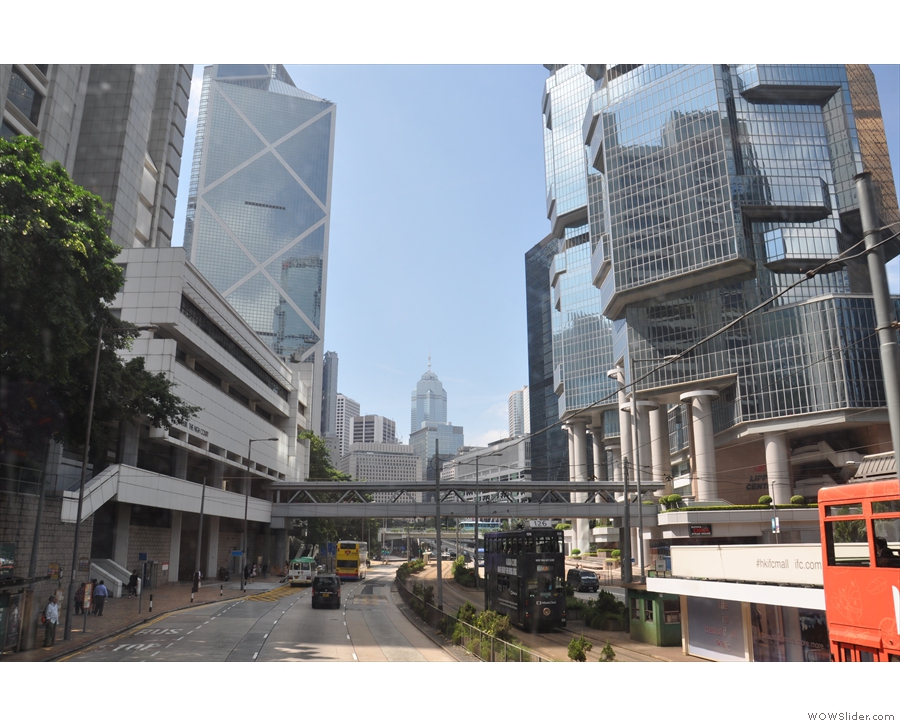

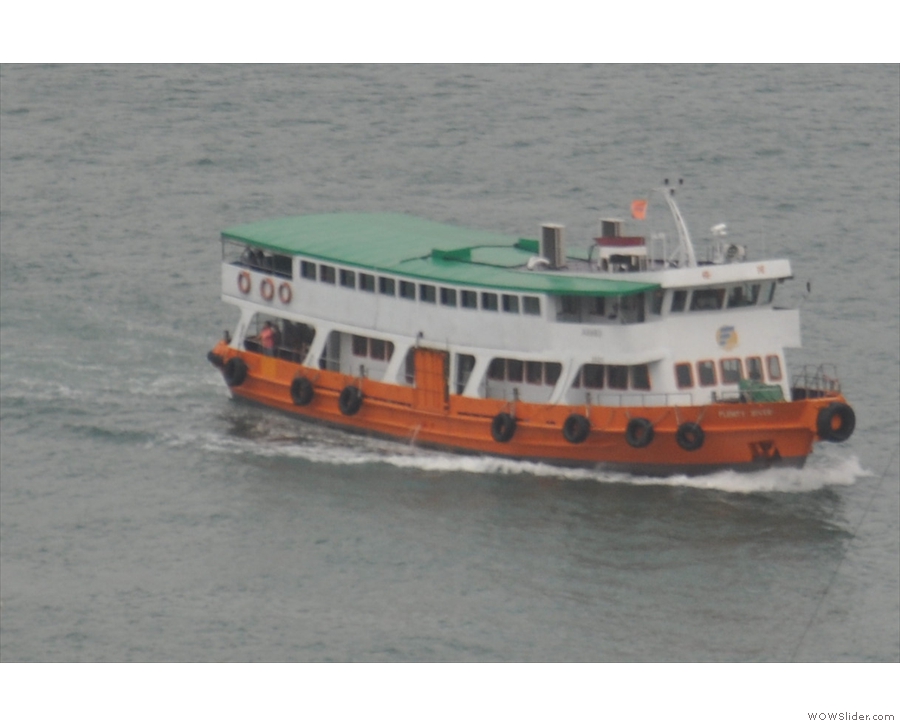
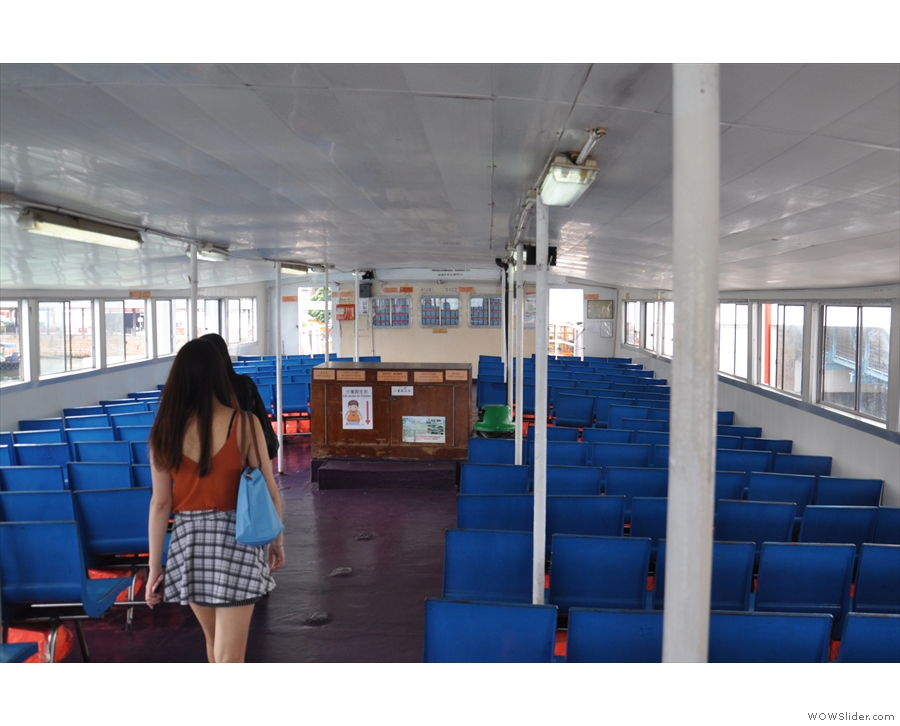
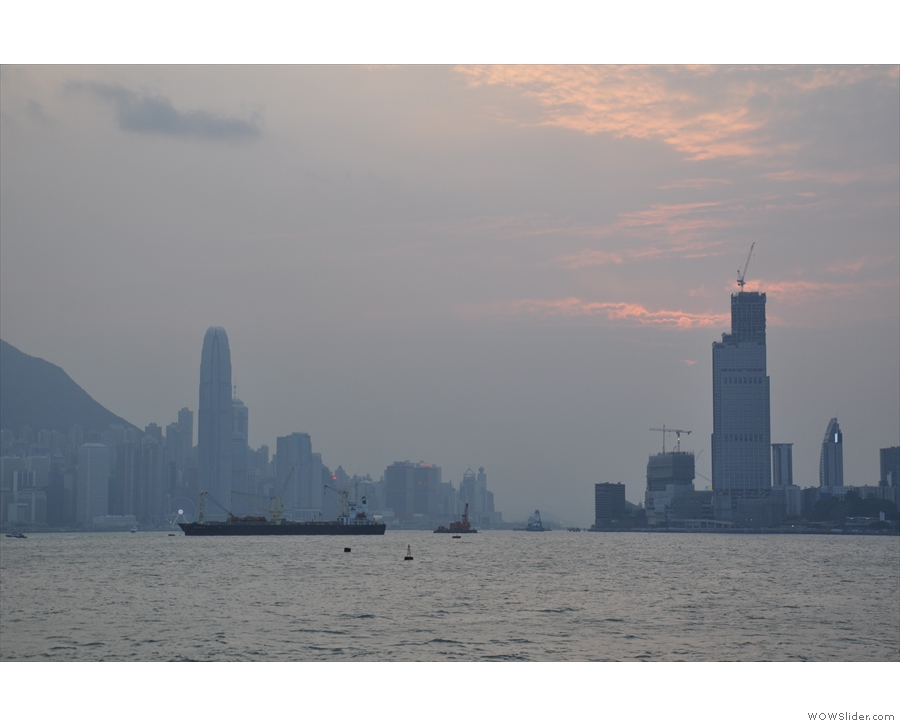
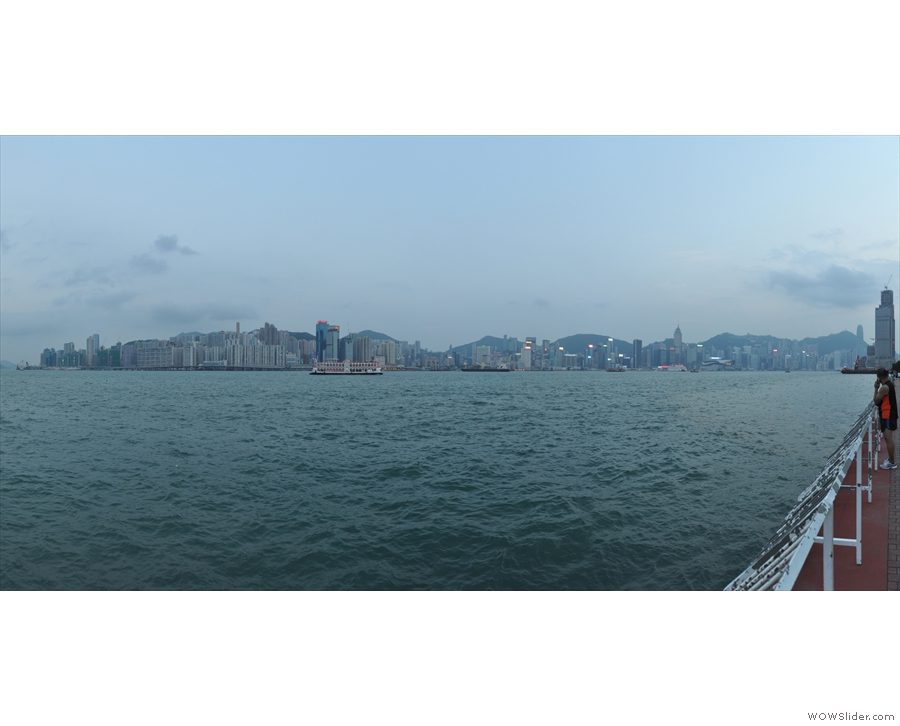
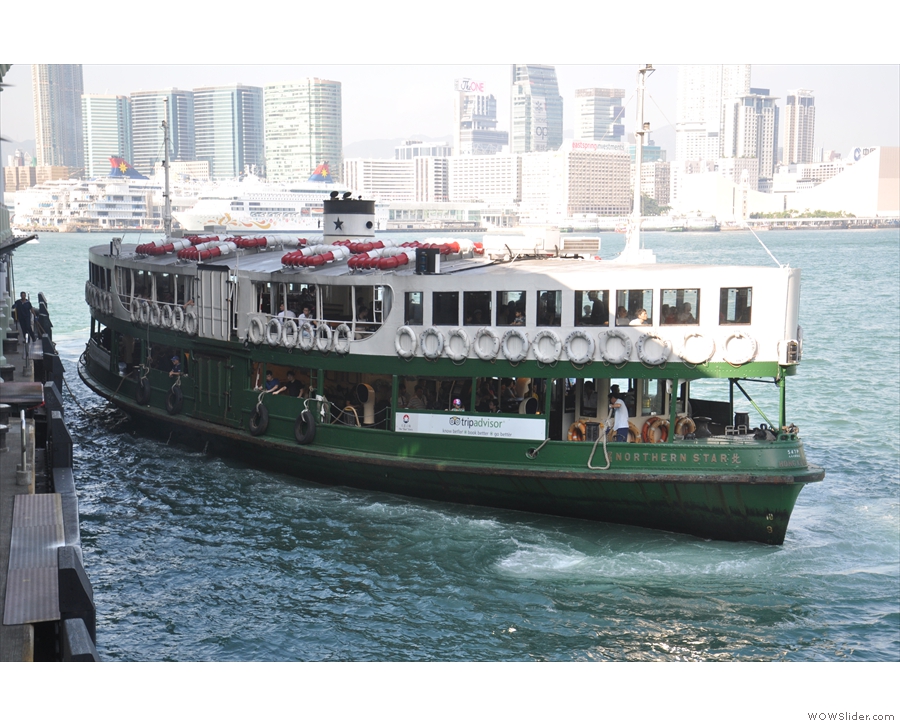

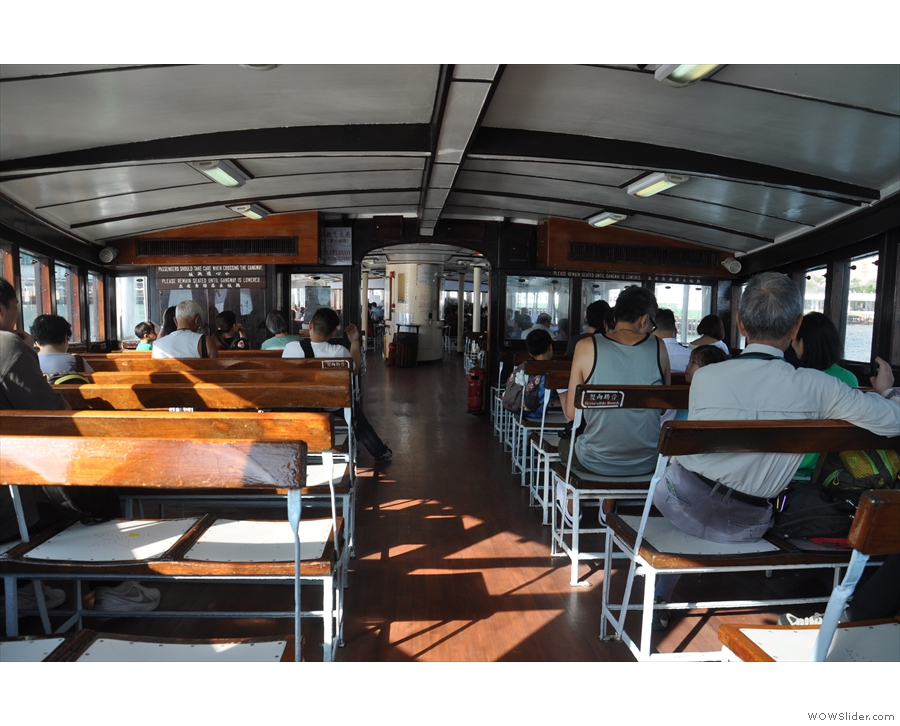
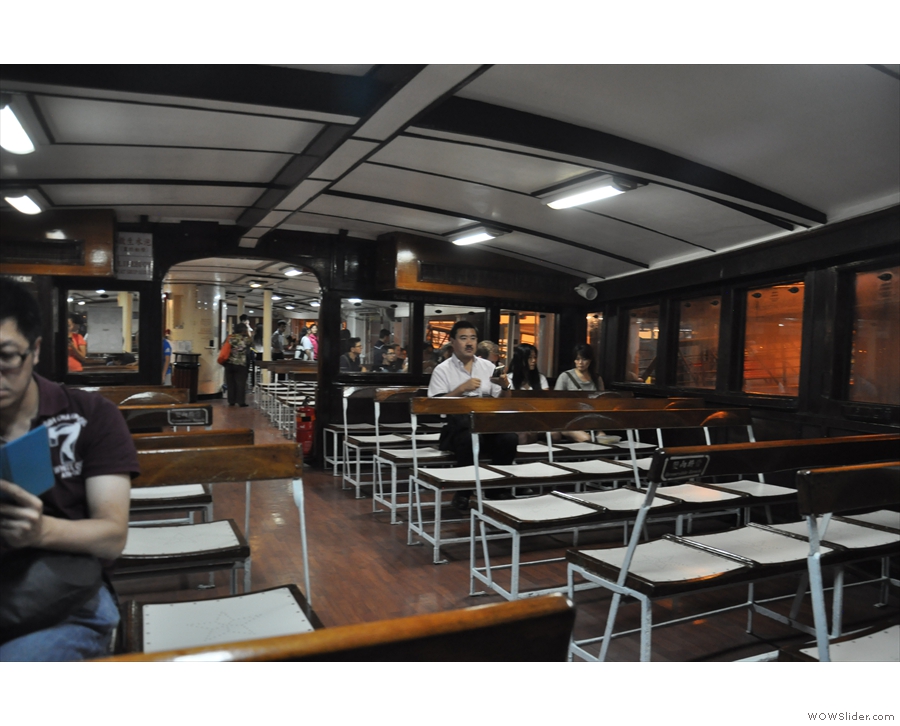
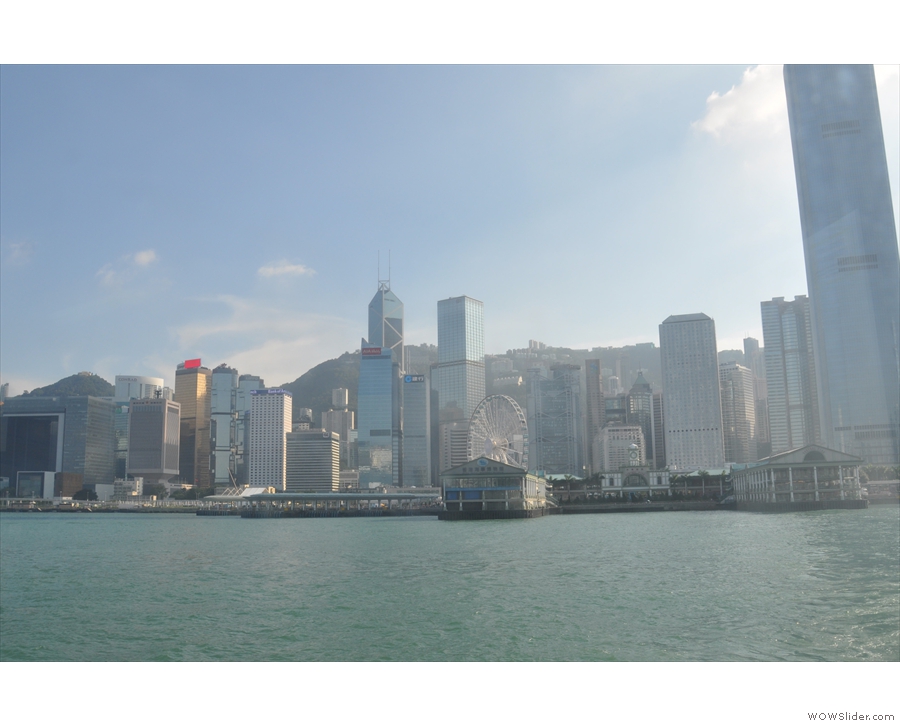
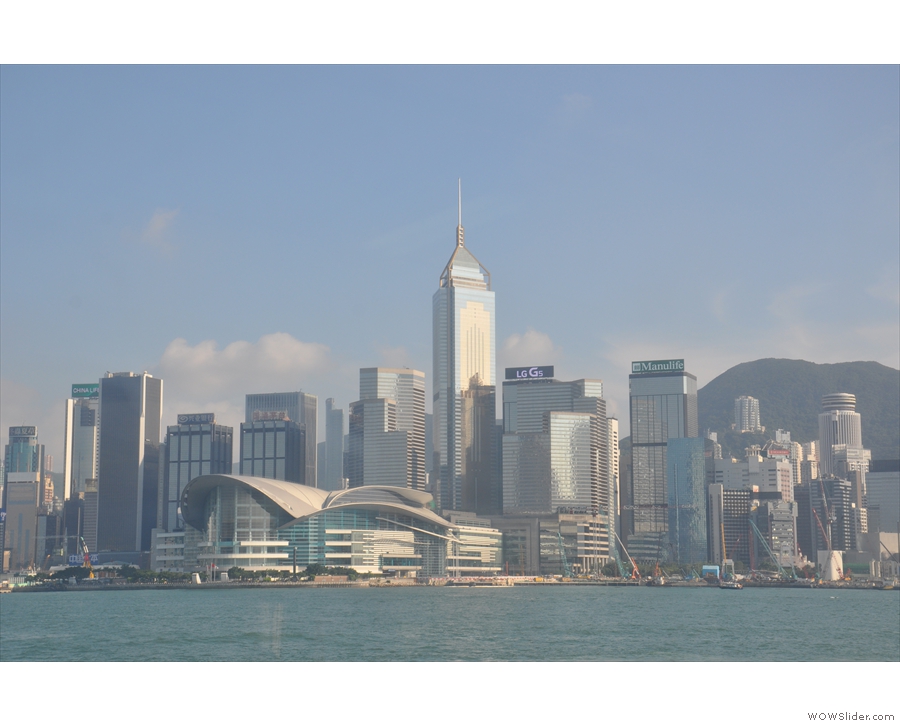
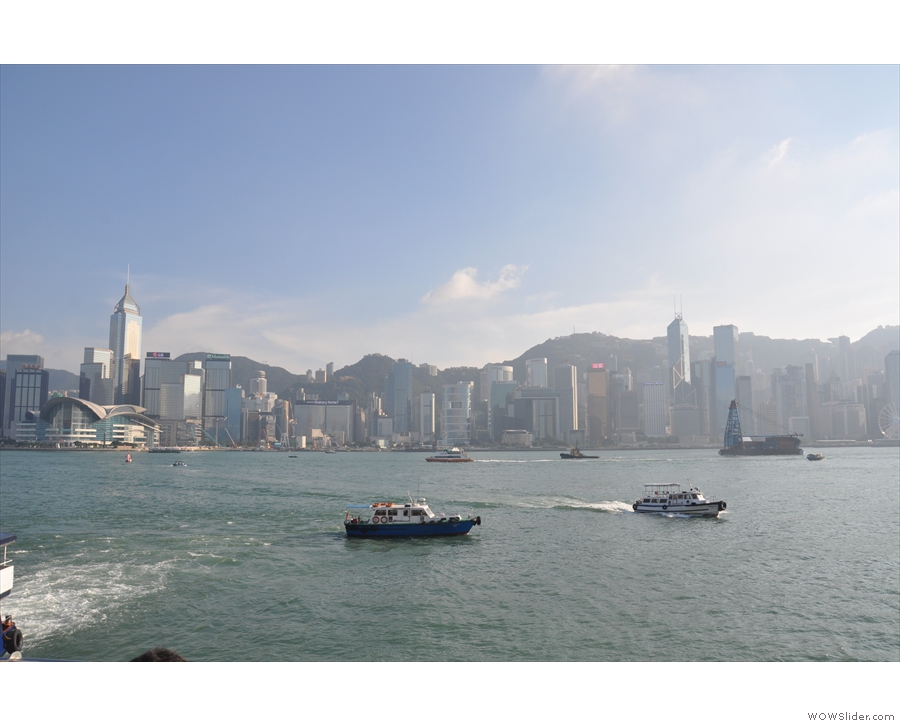
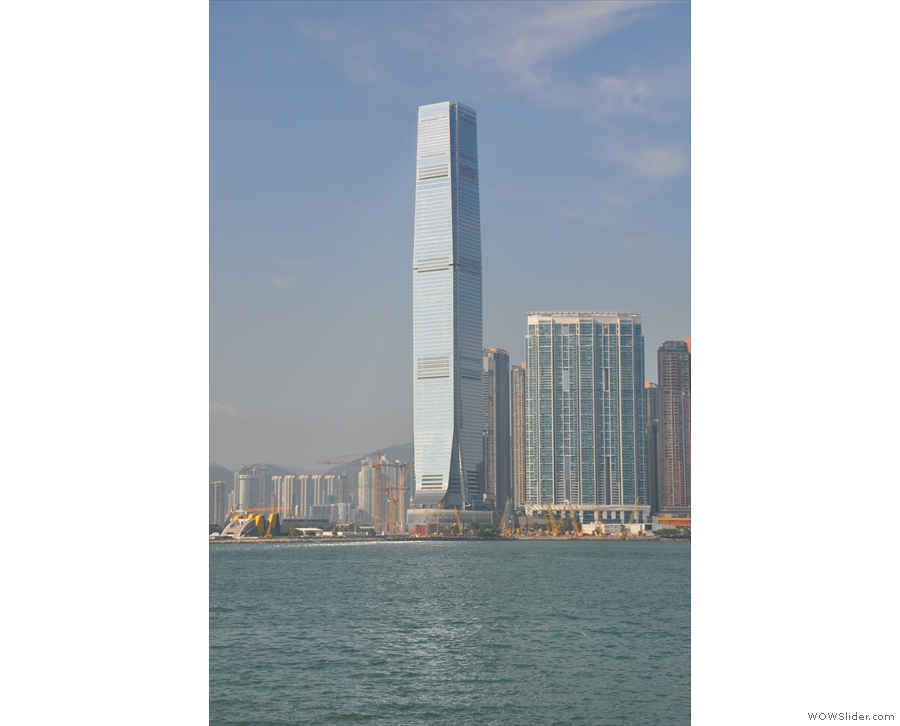
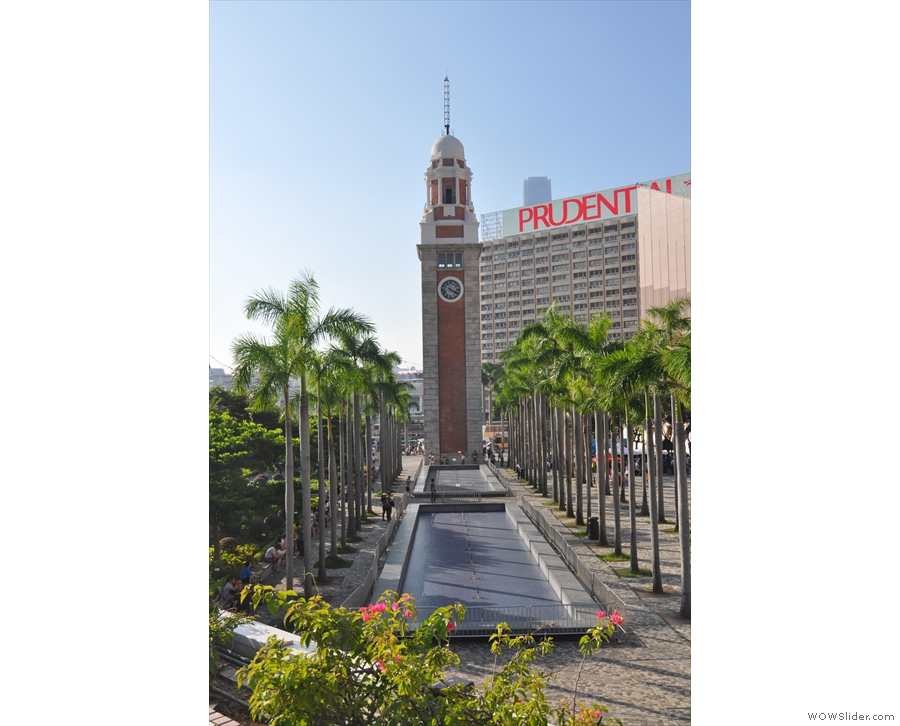
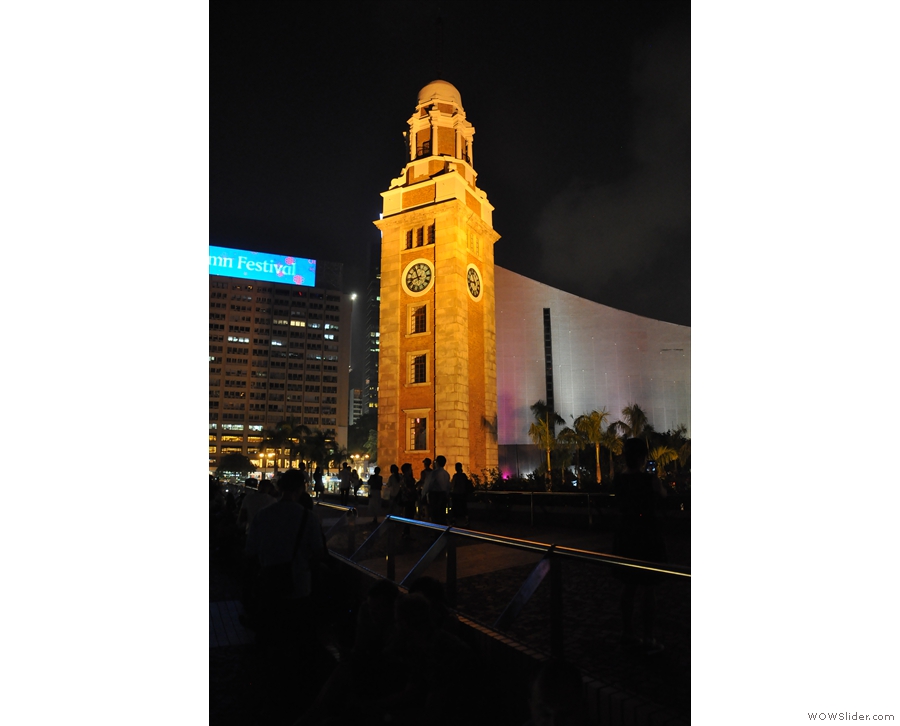
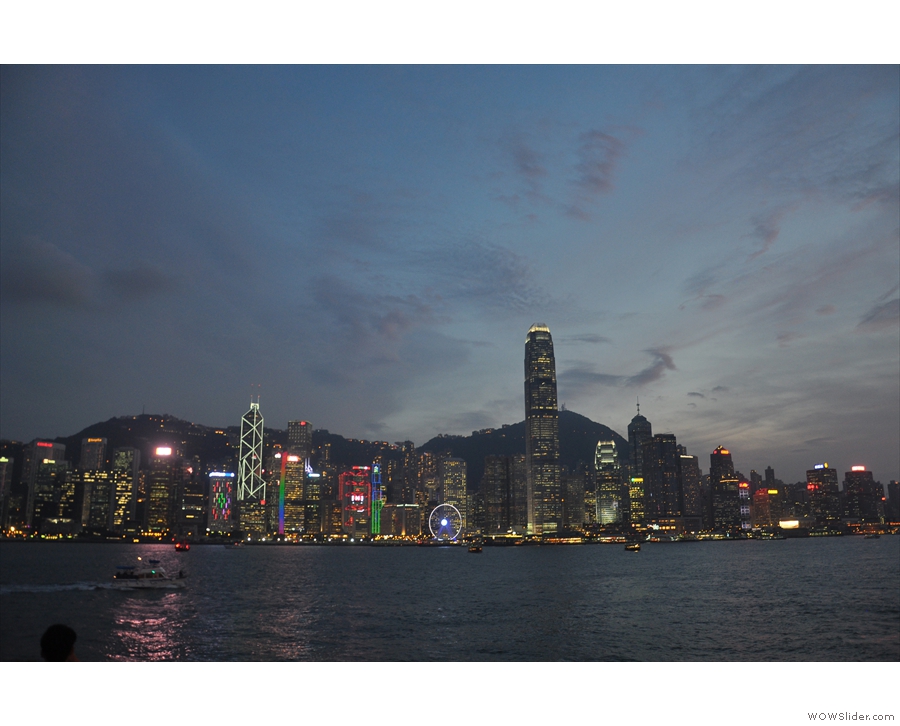

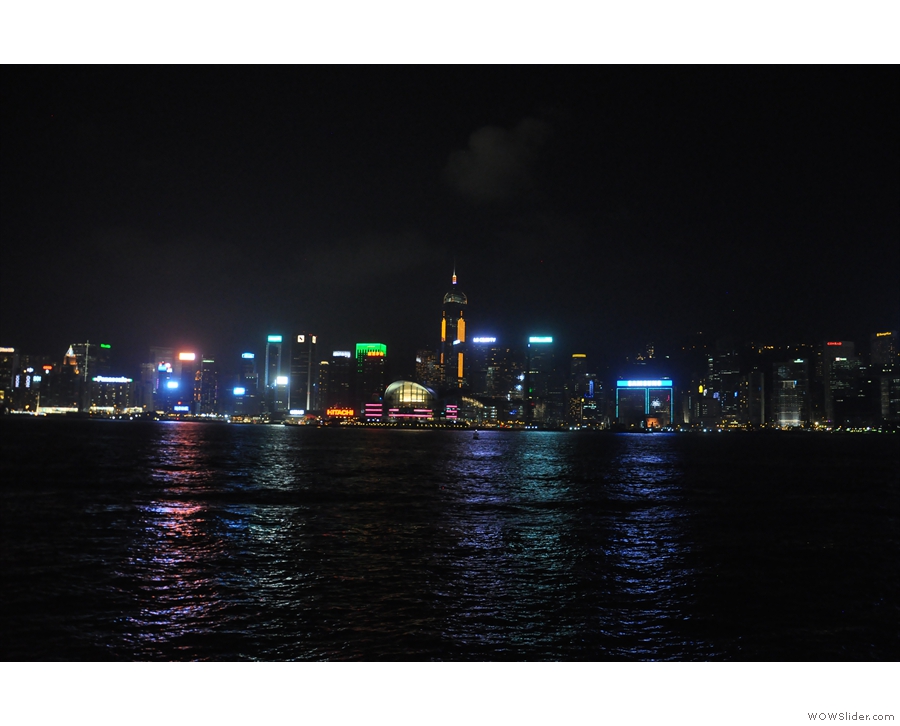
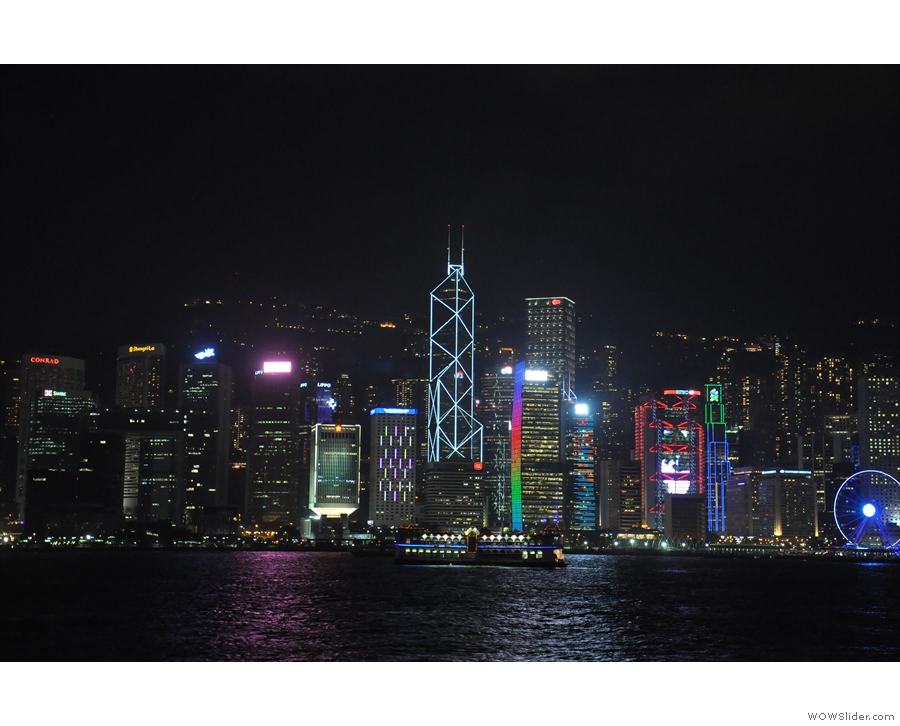

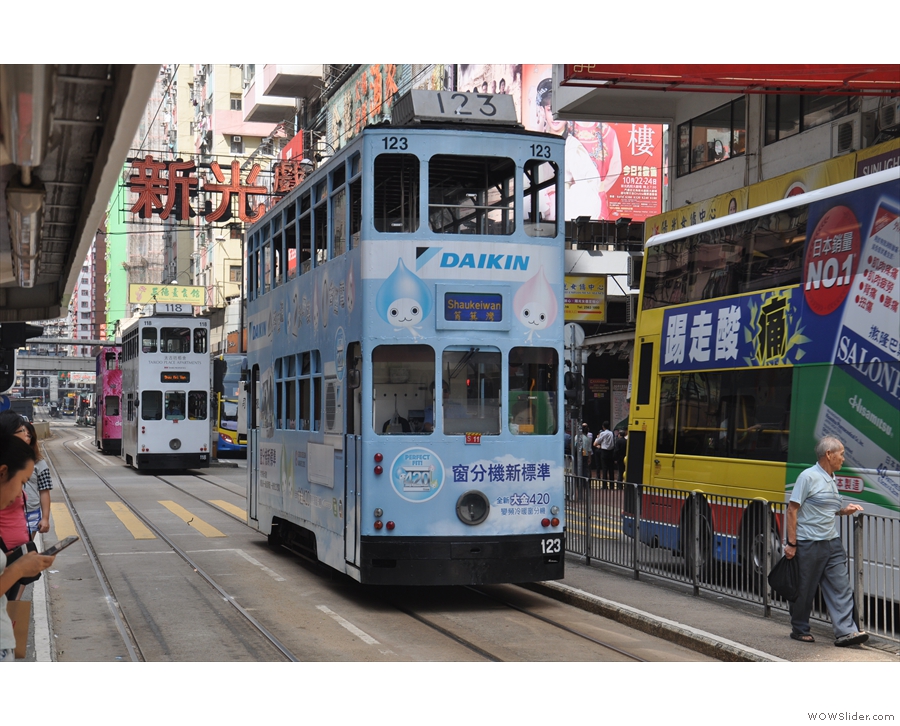
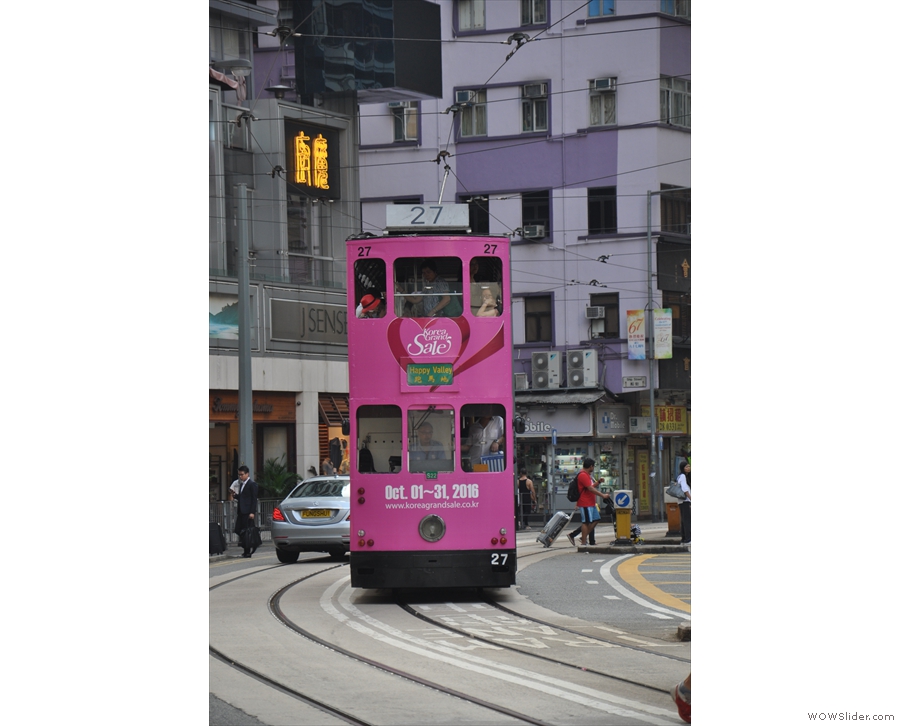
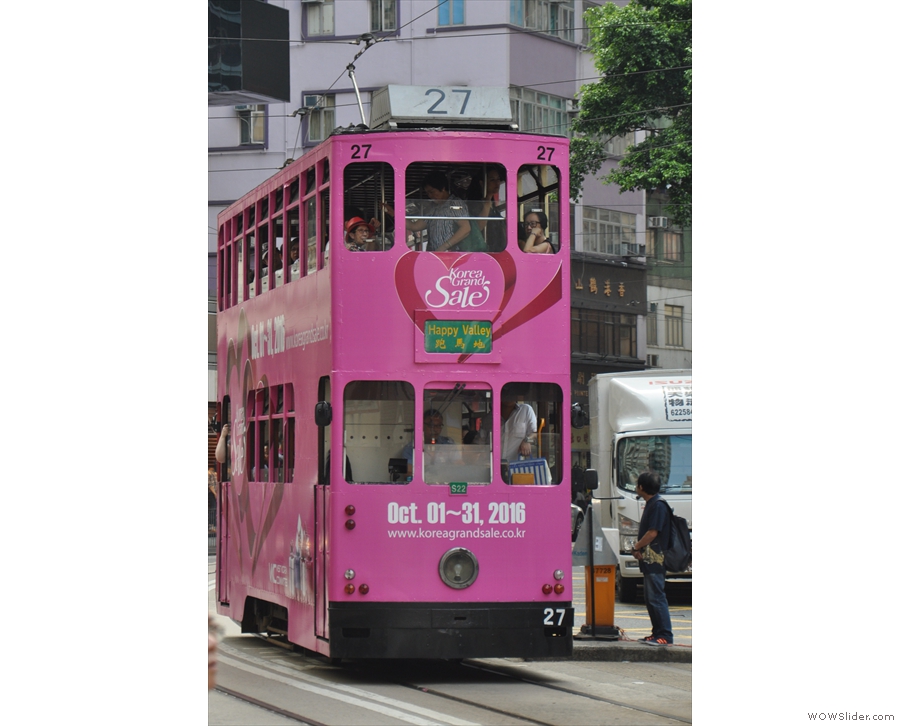
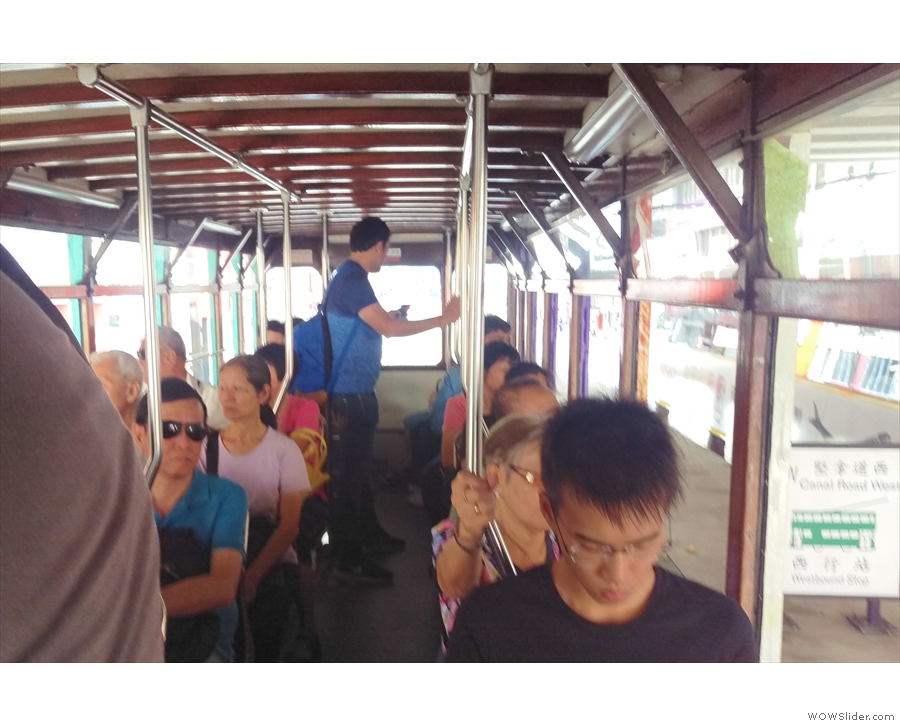
 1
1 2
2 3
3 4
4 5
5 6
6 7
7 8
8 9
9 10
10 11
11 12
12 13
13 14
14 15
15 16
16 17
17 18
18 19
19 20
20 21
21 22
22 23
23 24
24 25
25 26
26 27
27 28
28 29
29 30
30 31
31 32
32 33
33 34
34
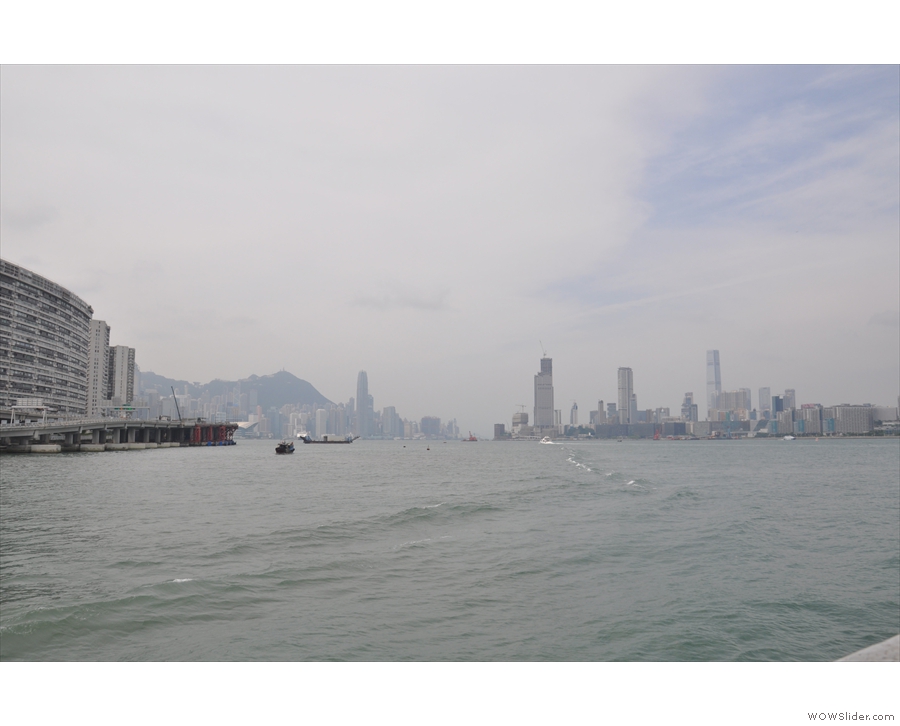
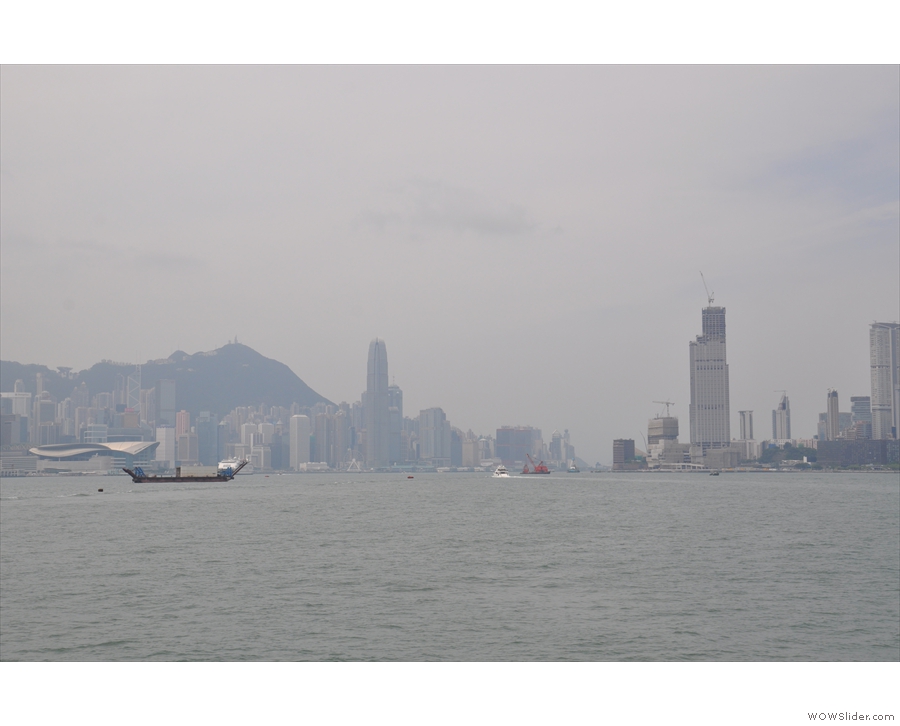
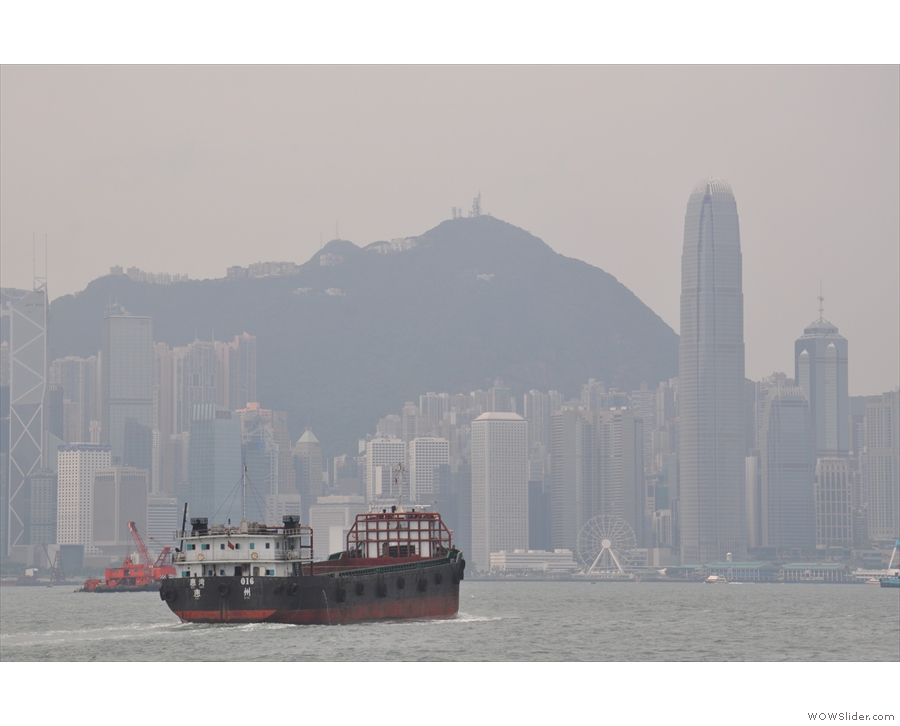

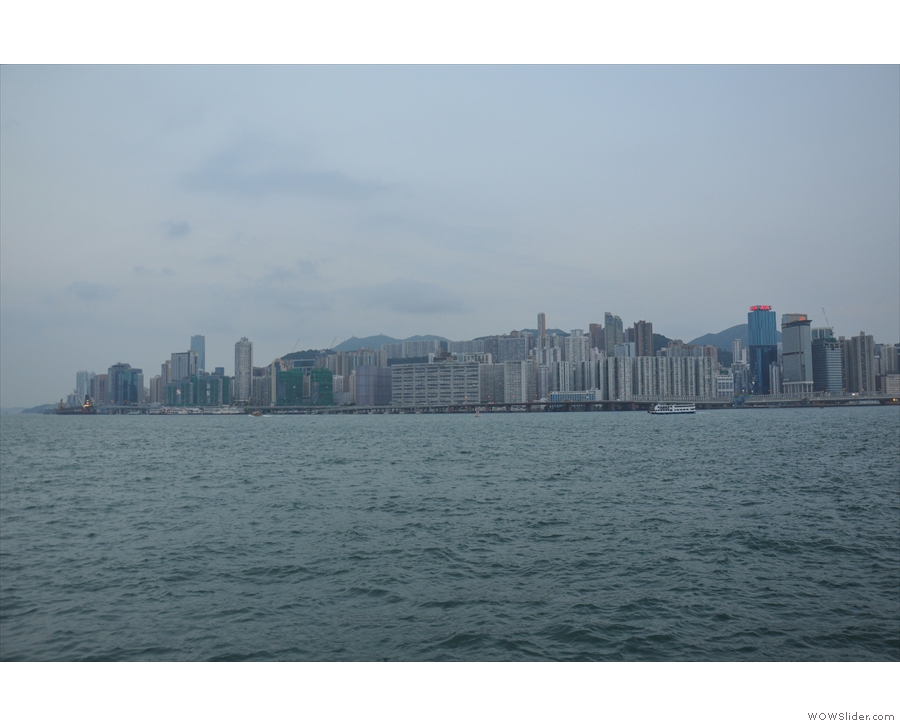
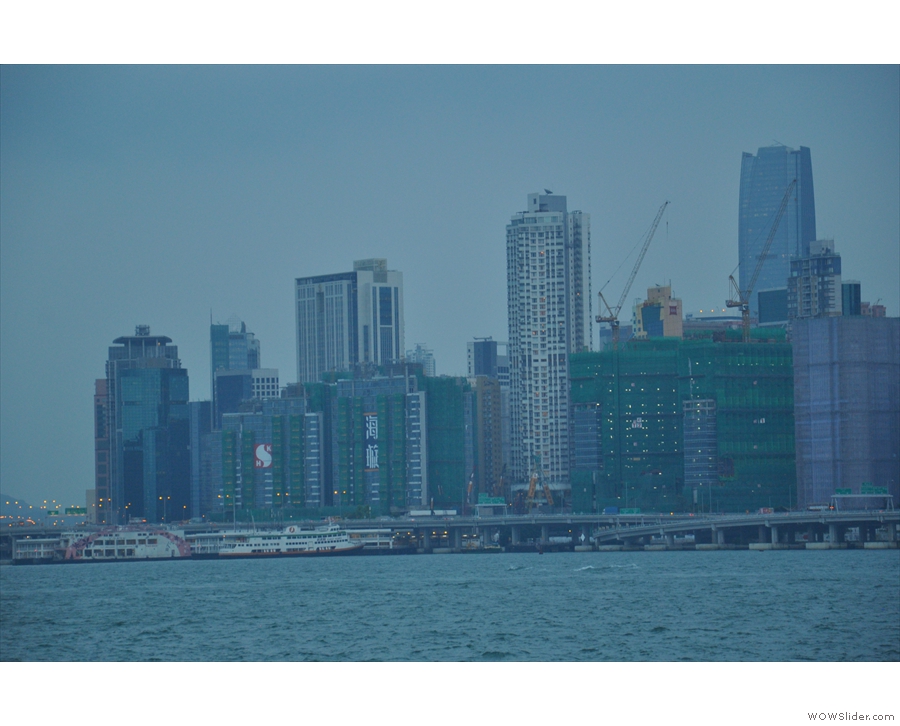
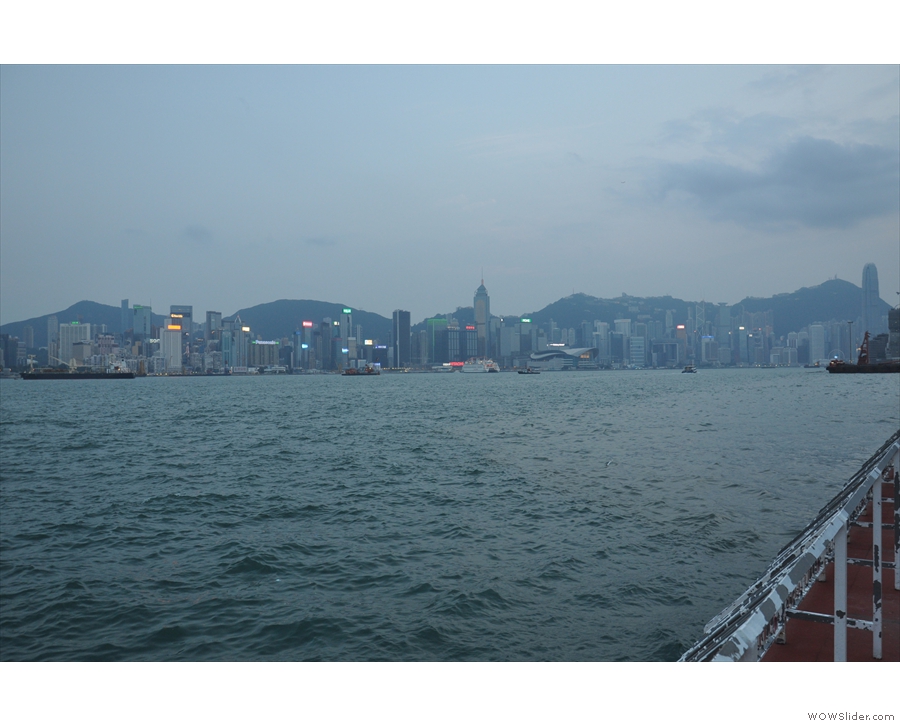
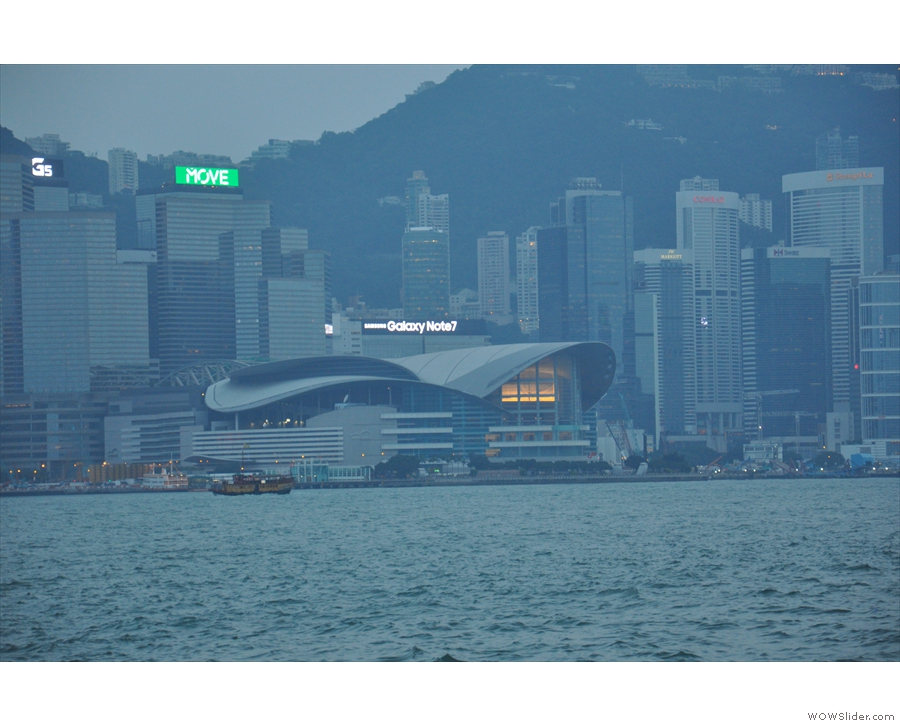



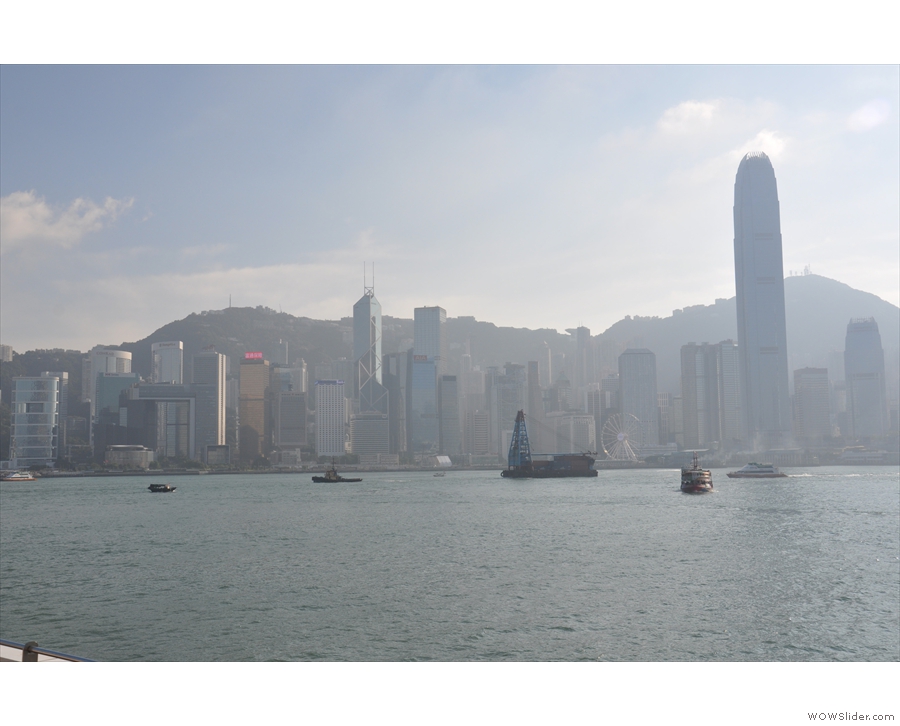

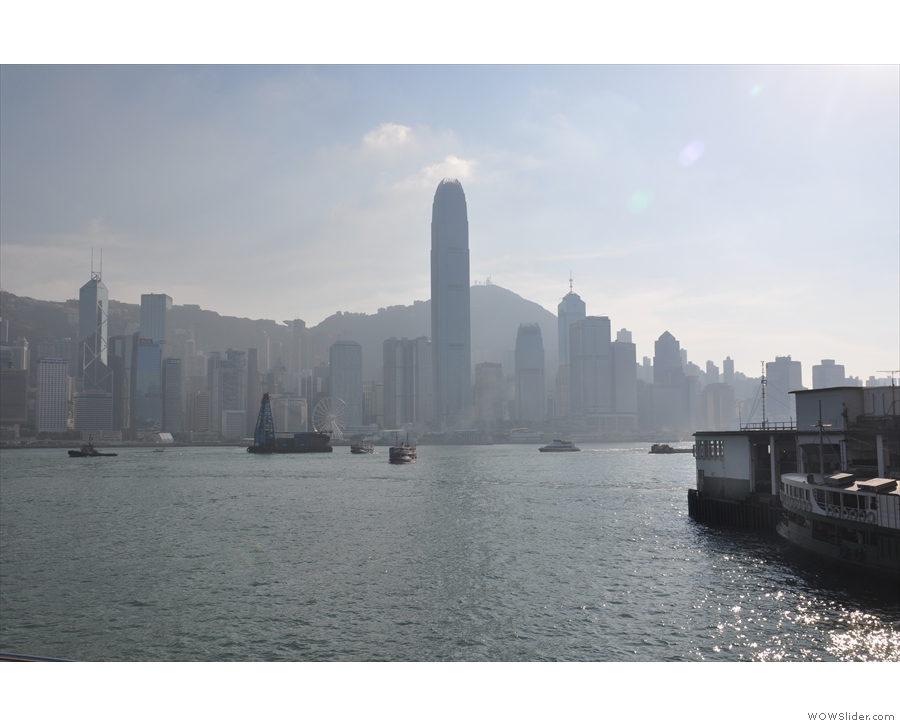

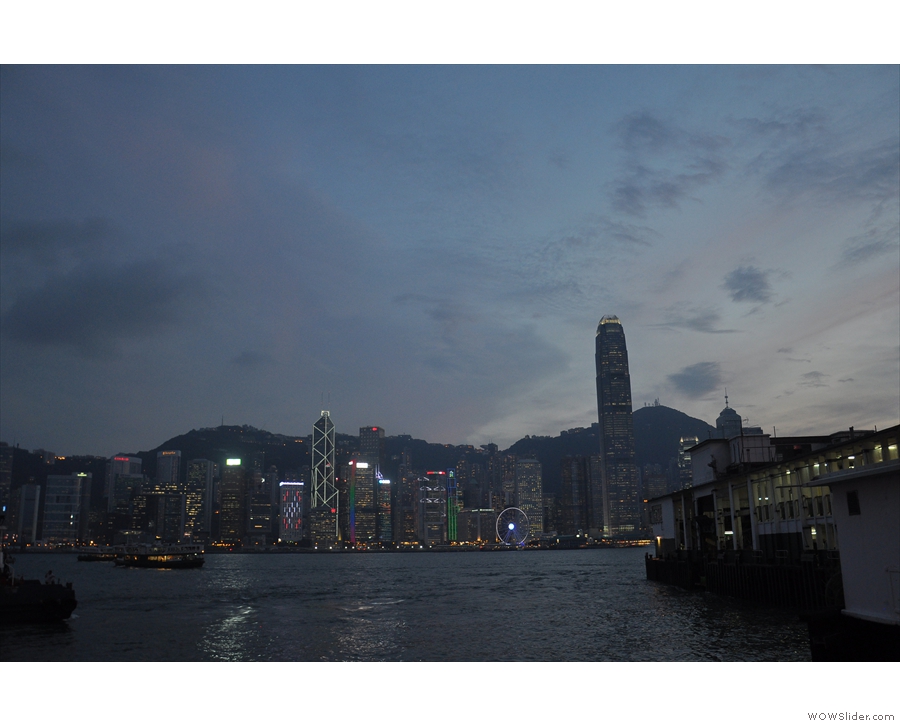
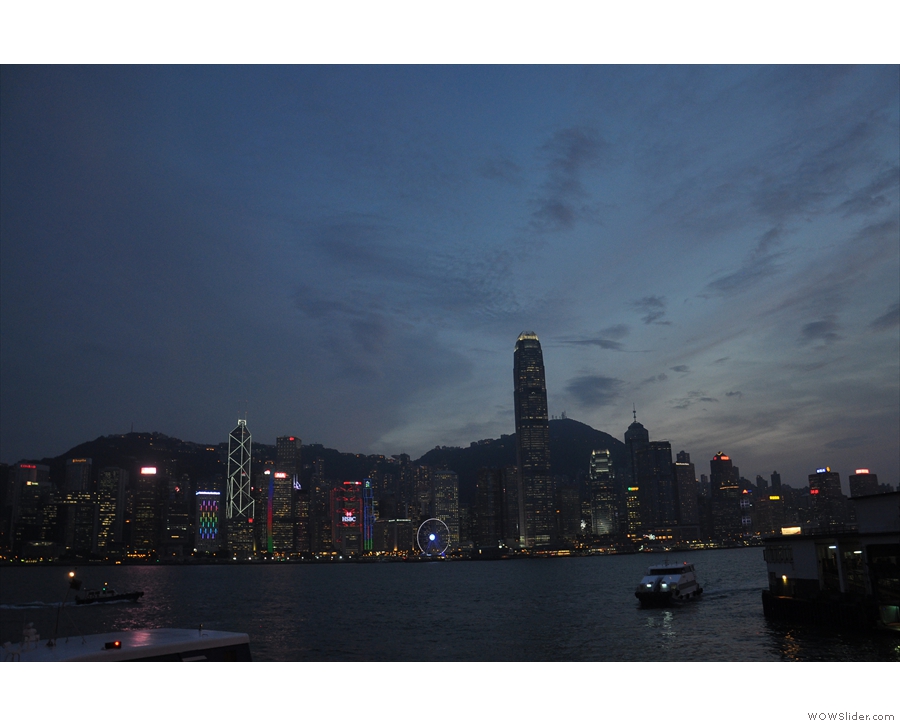
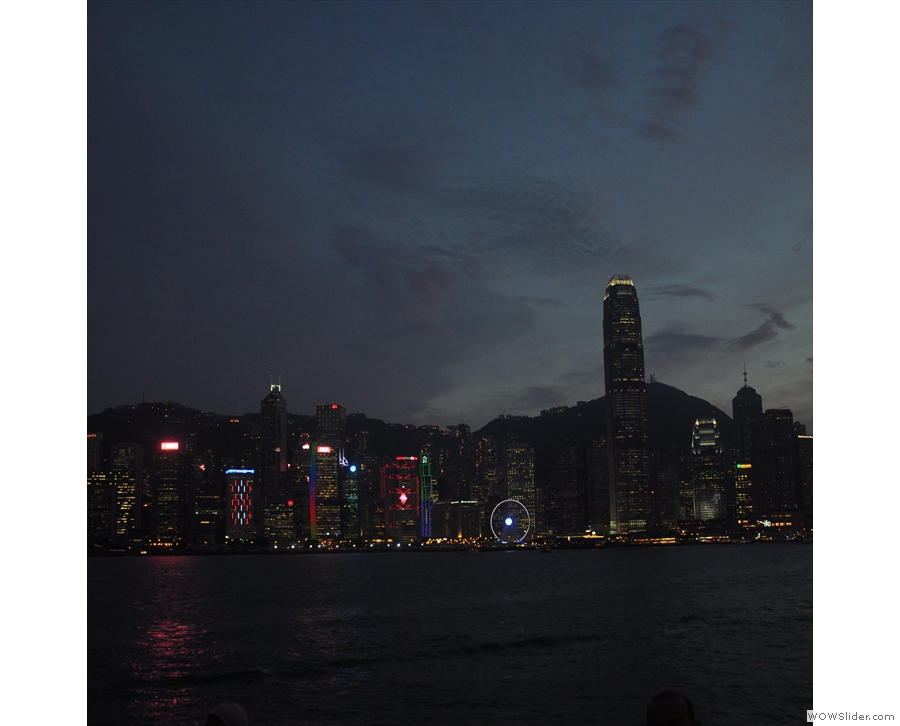
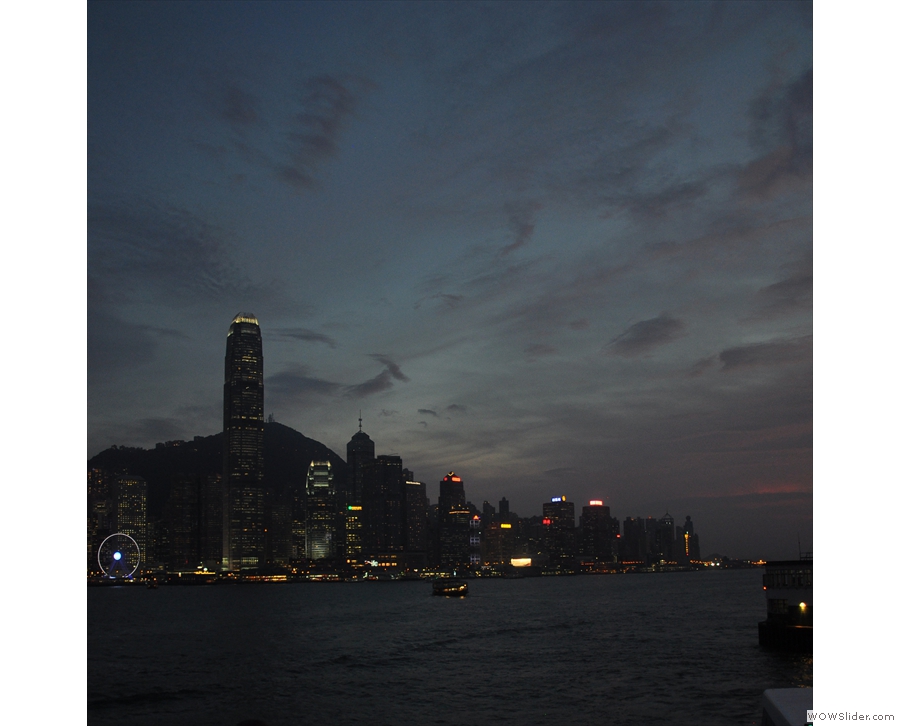

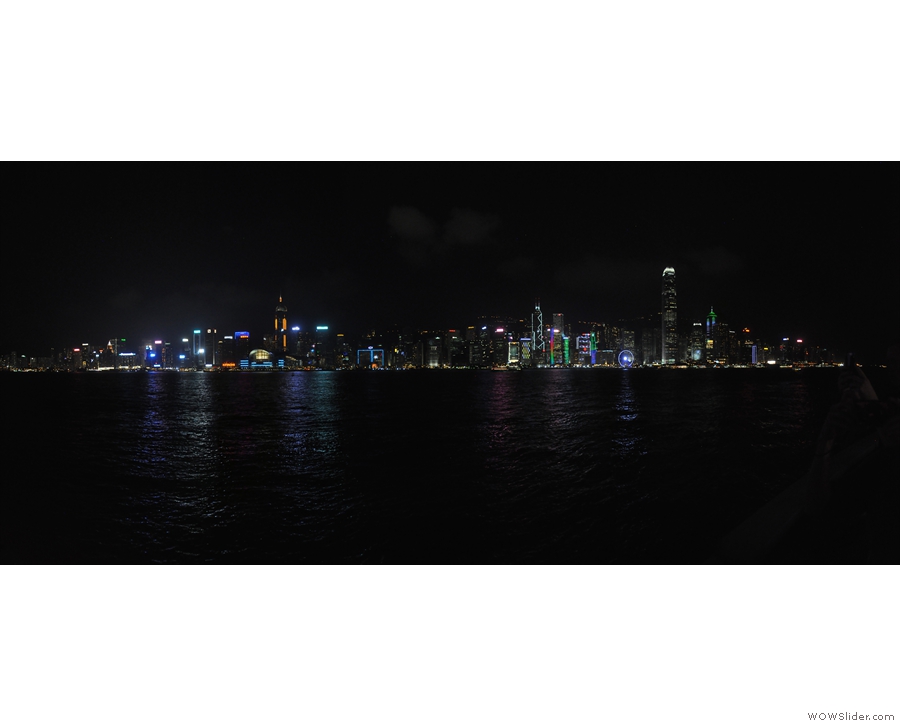
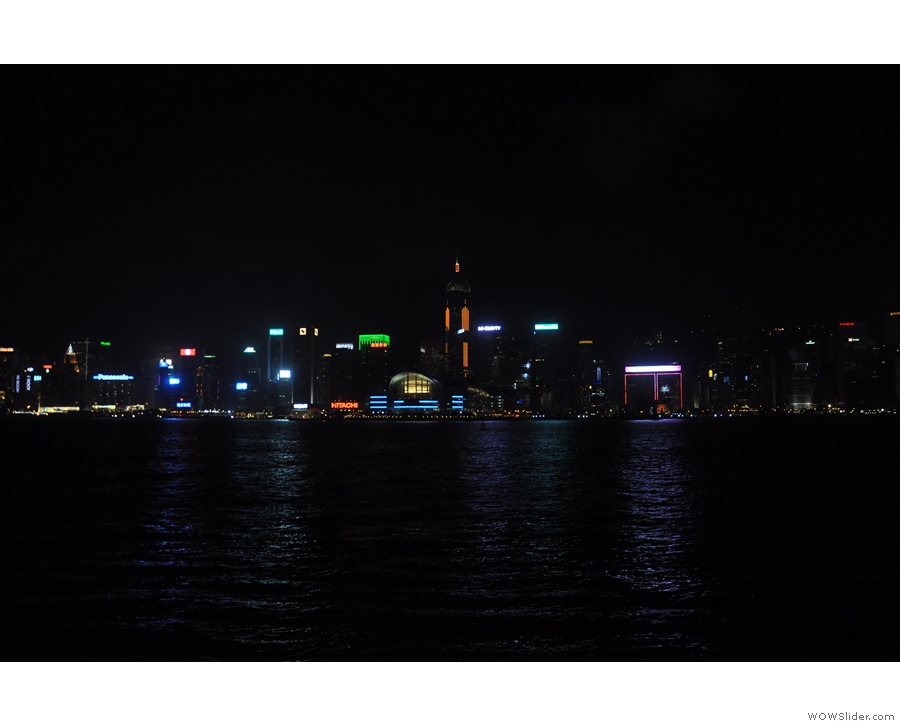
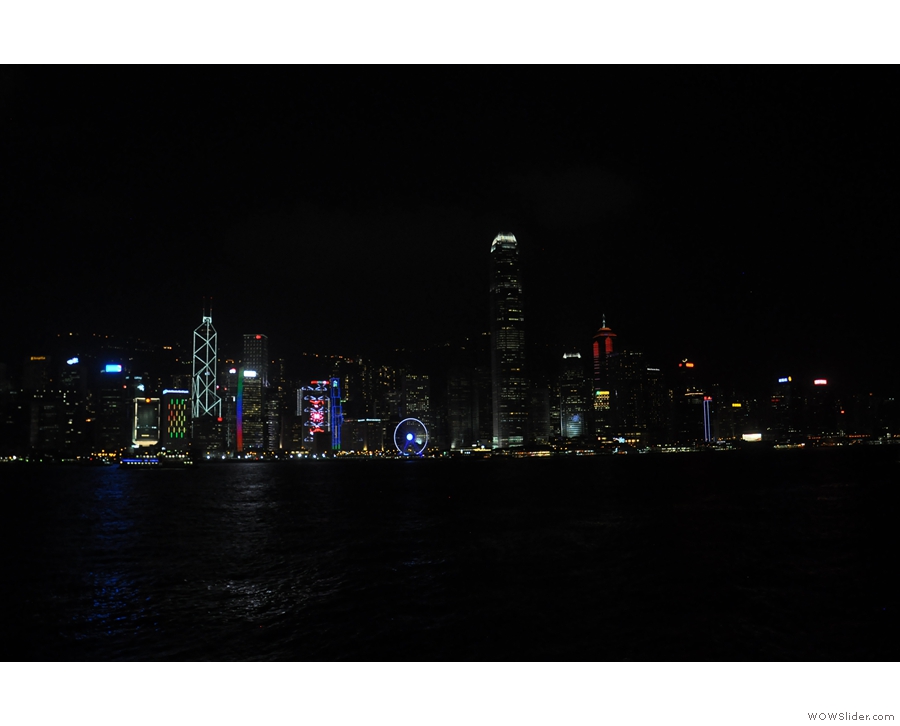
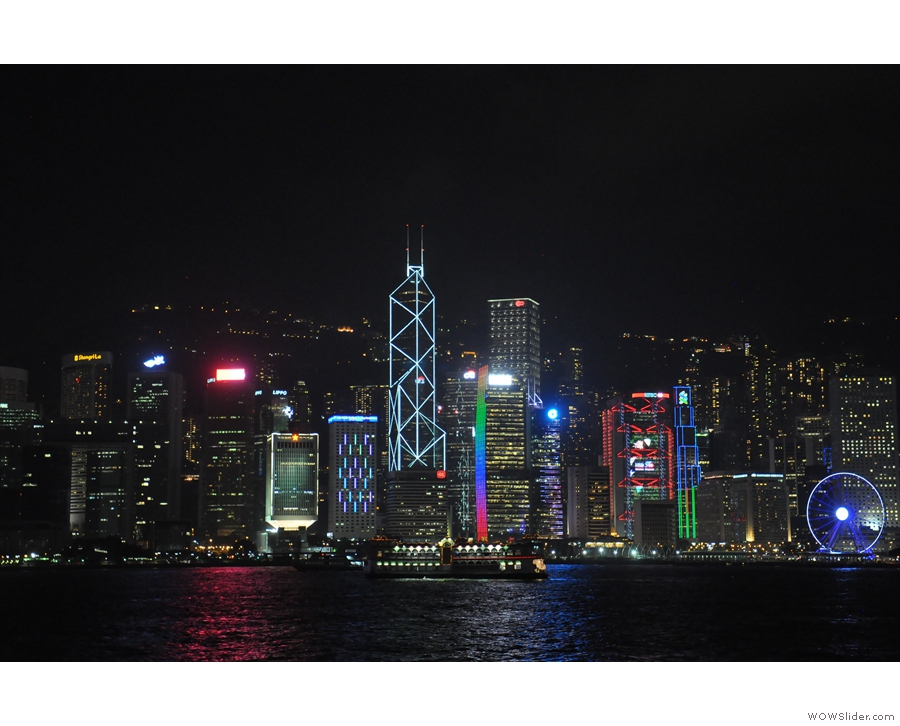
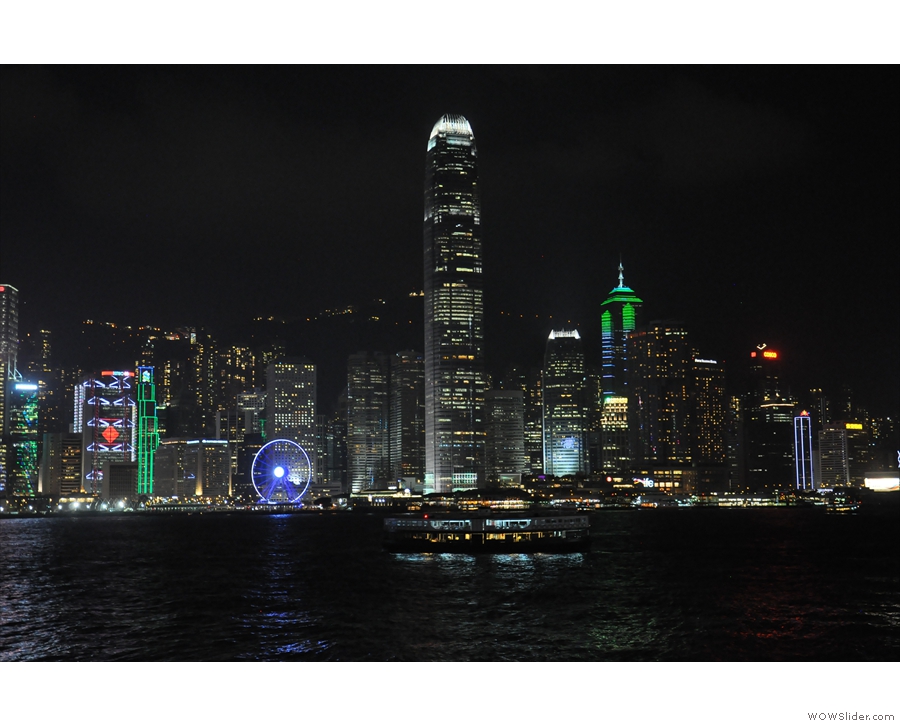
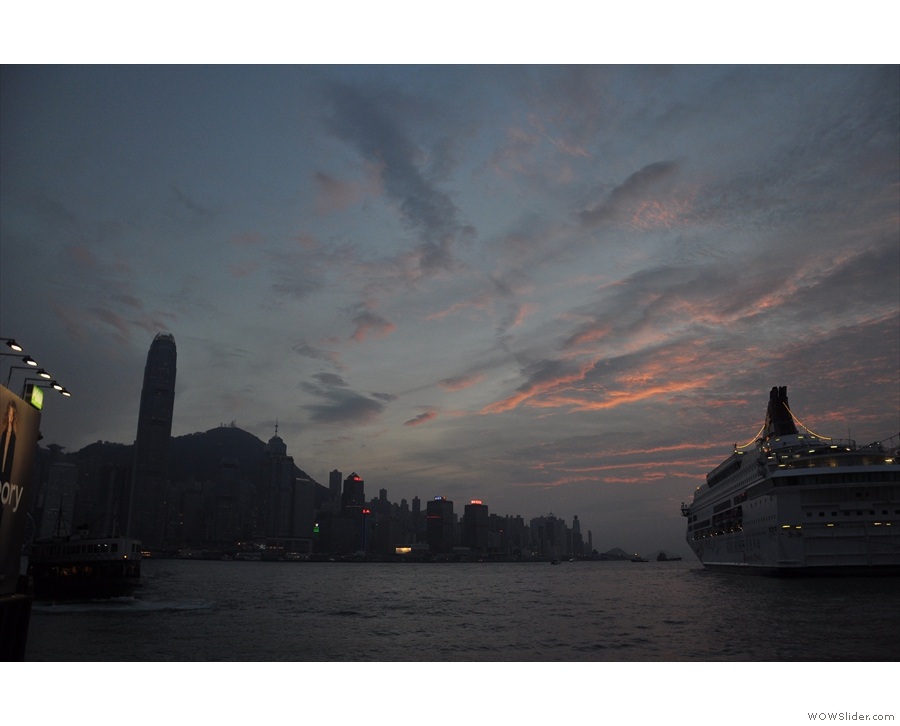
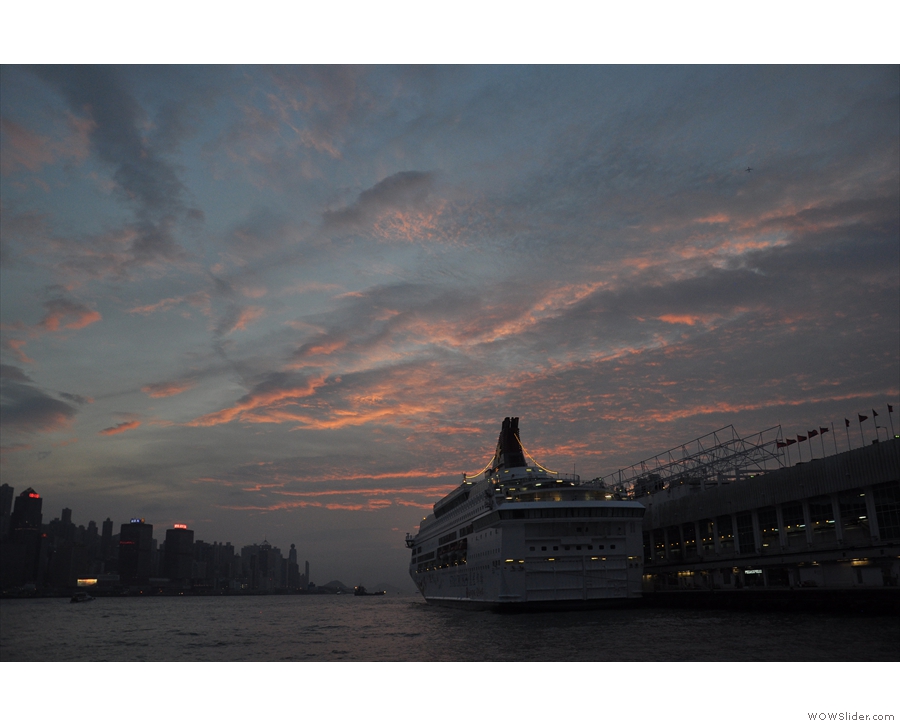
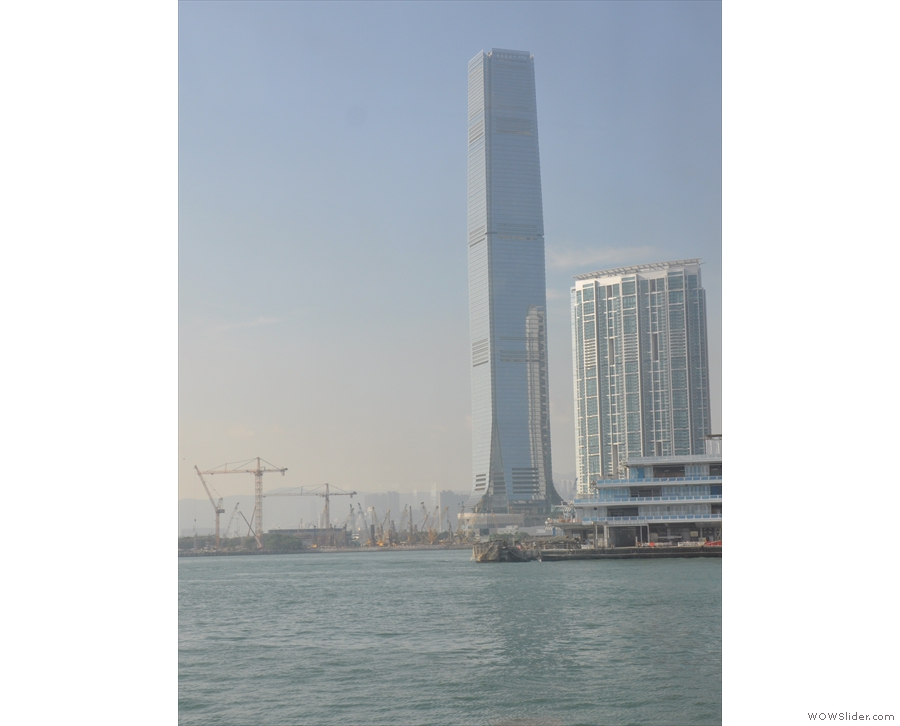
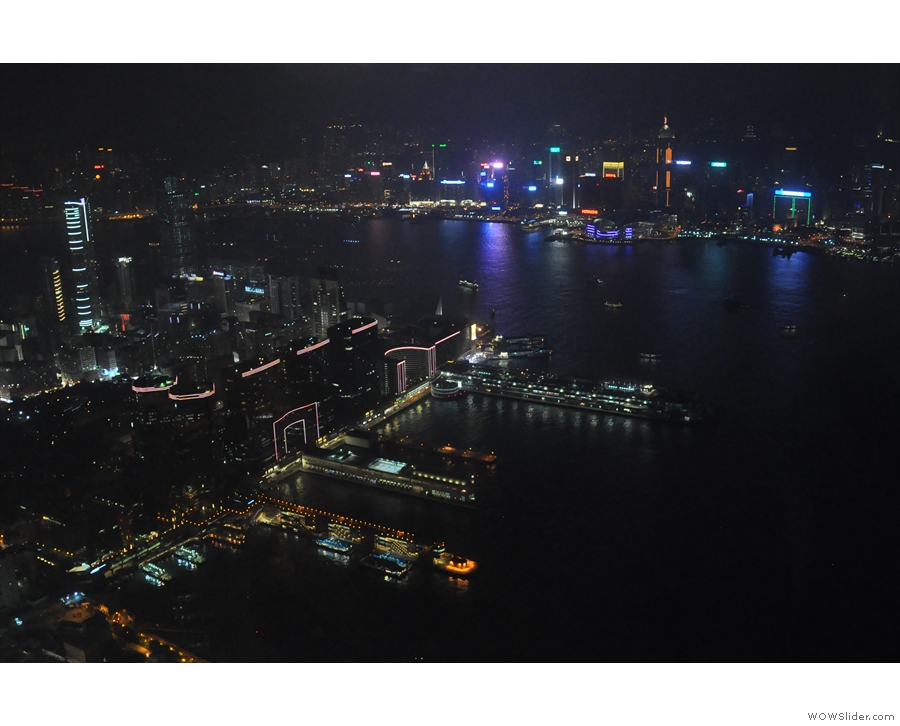
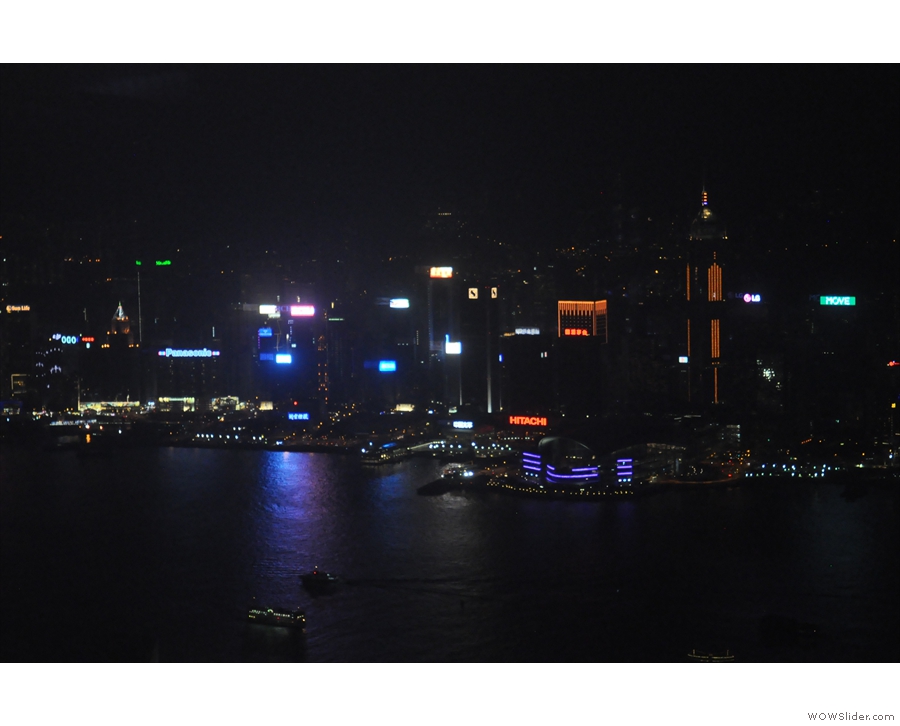
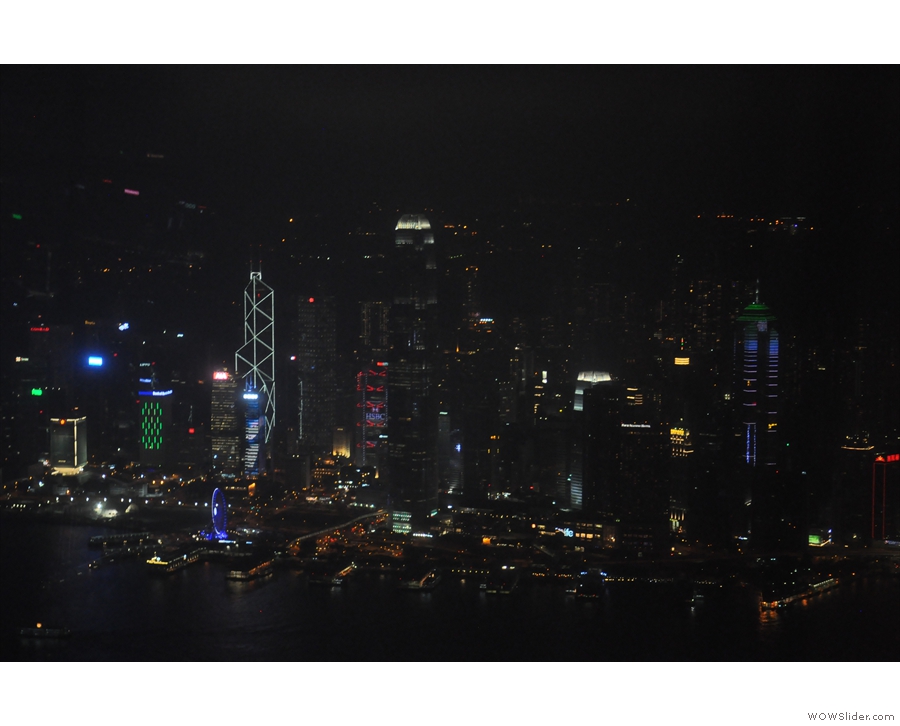
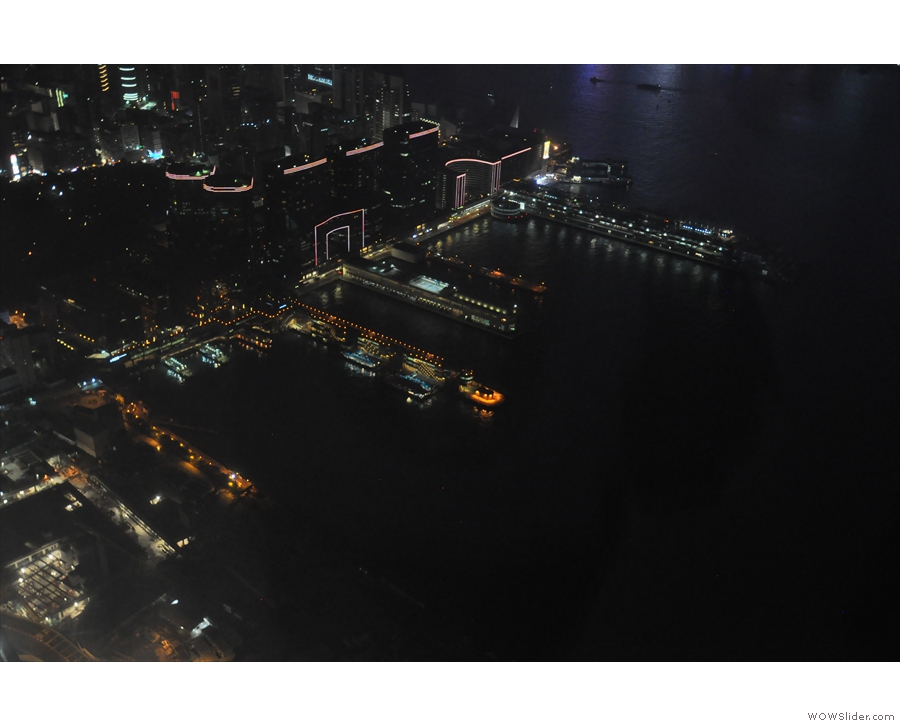
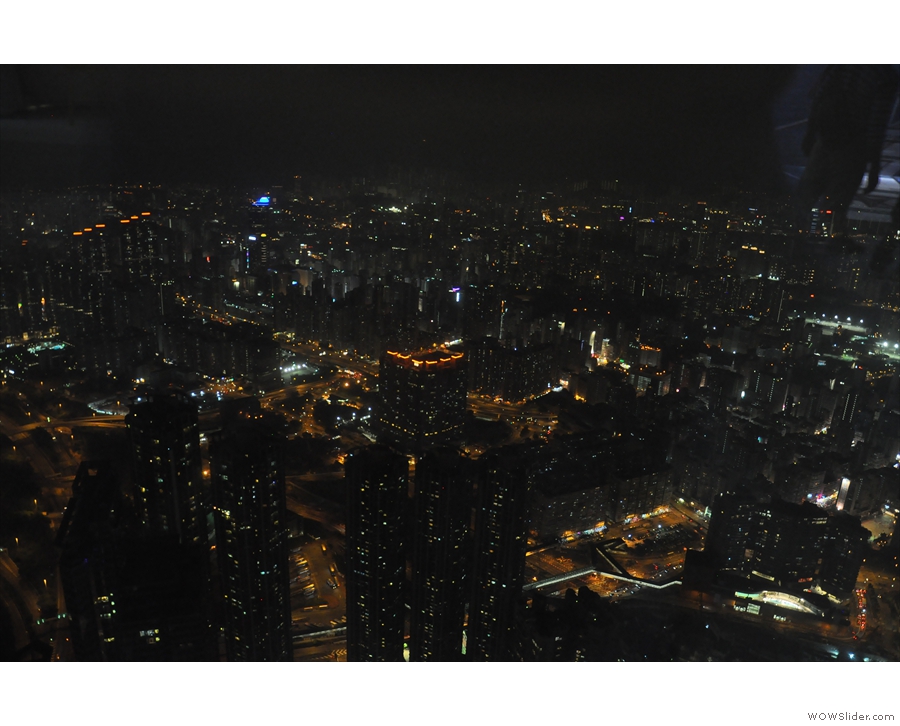
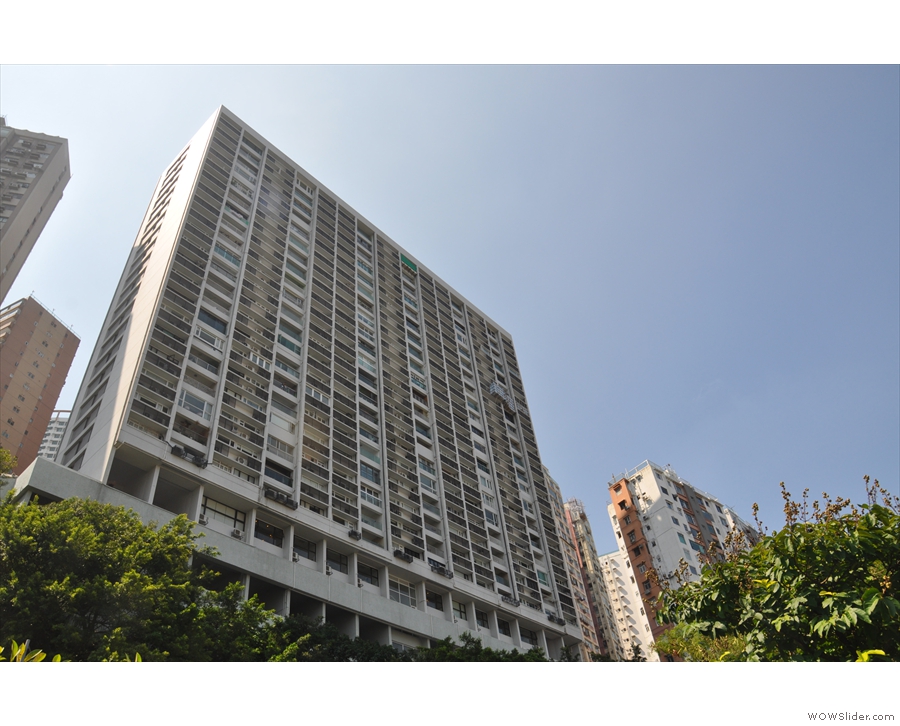

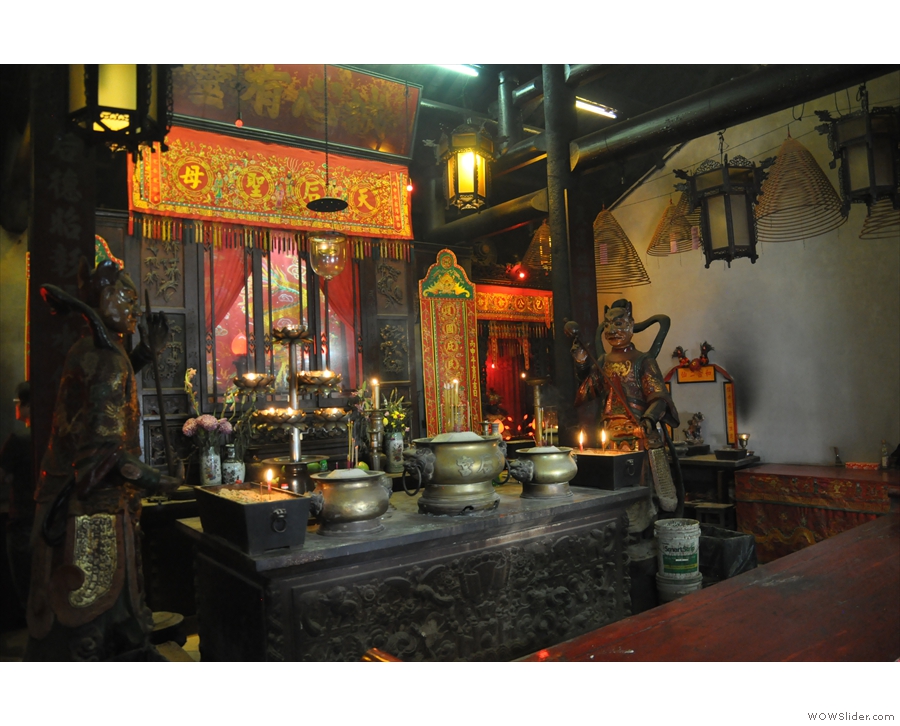
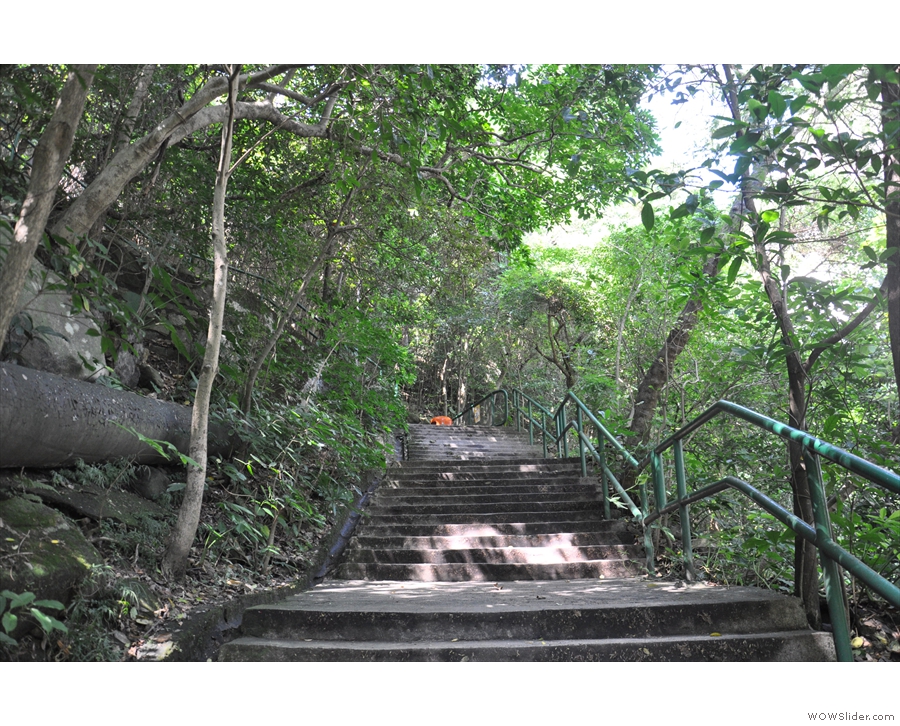
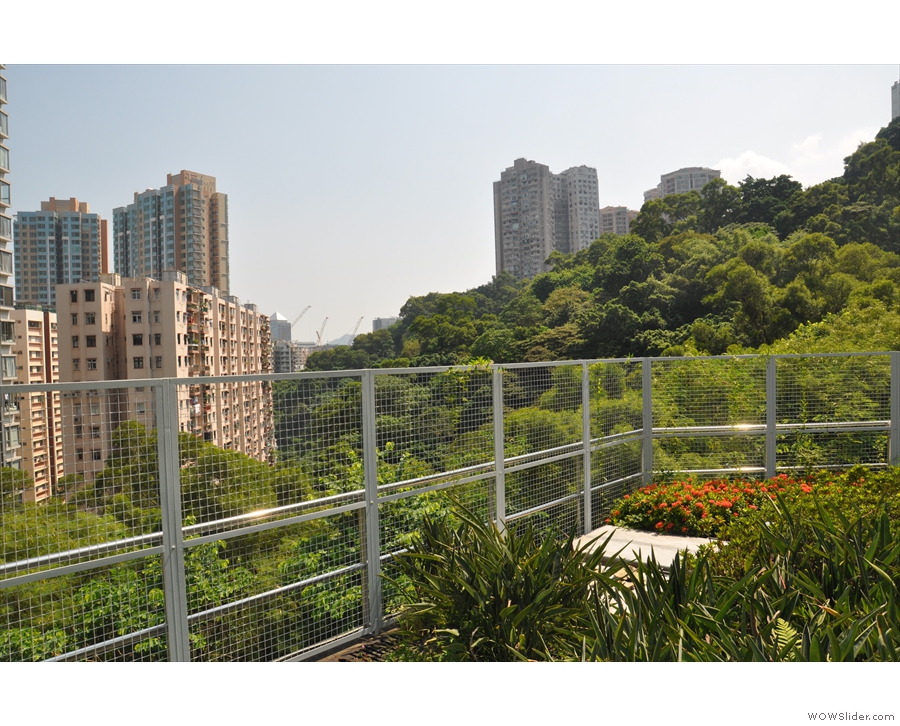
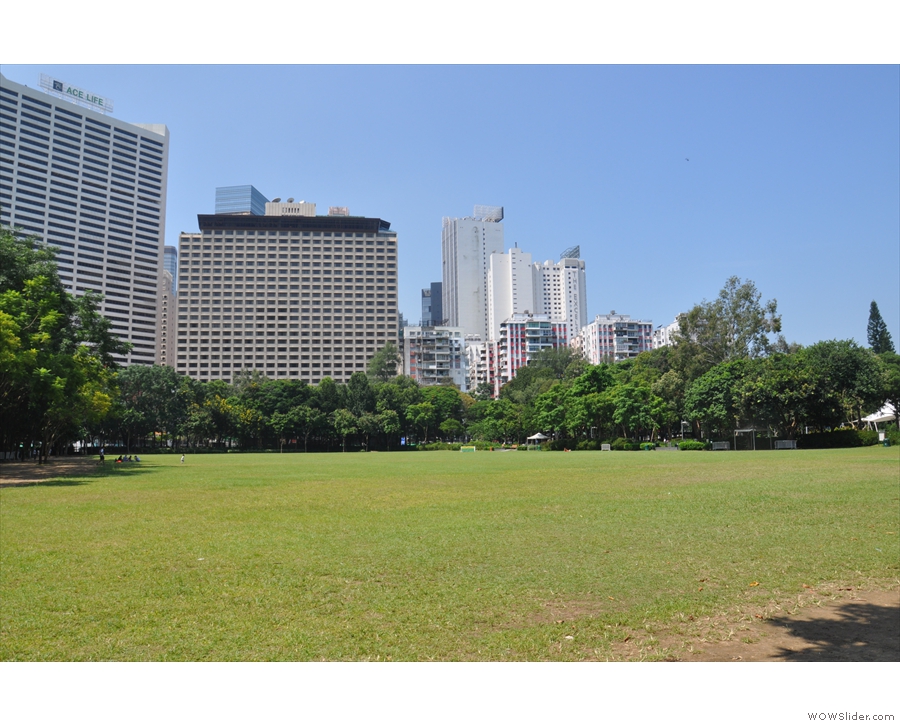
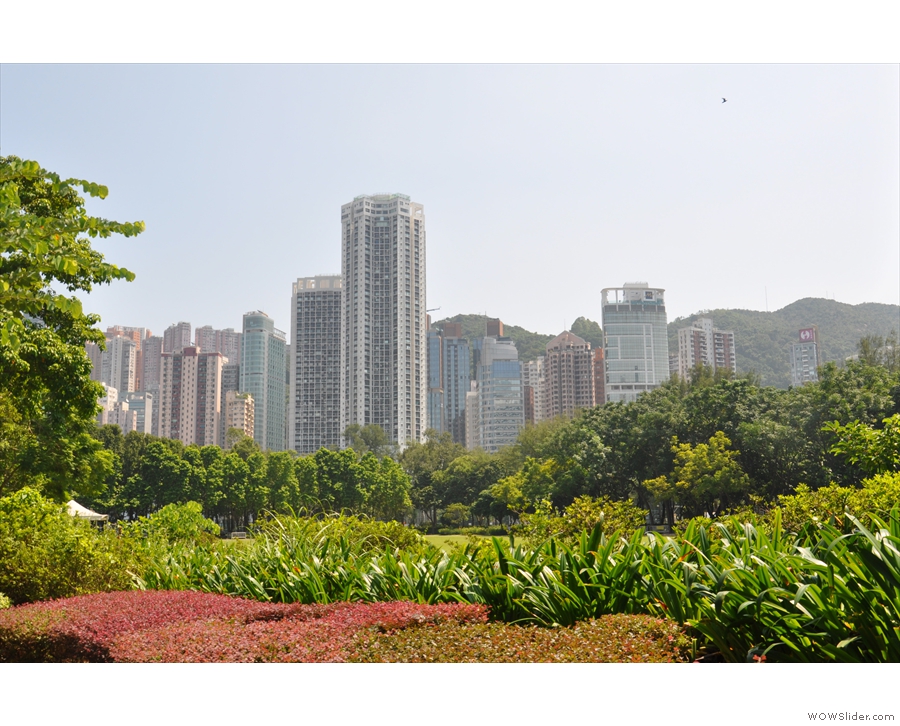
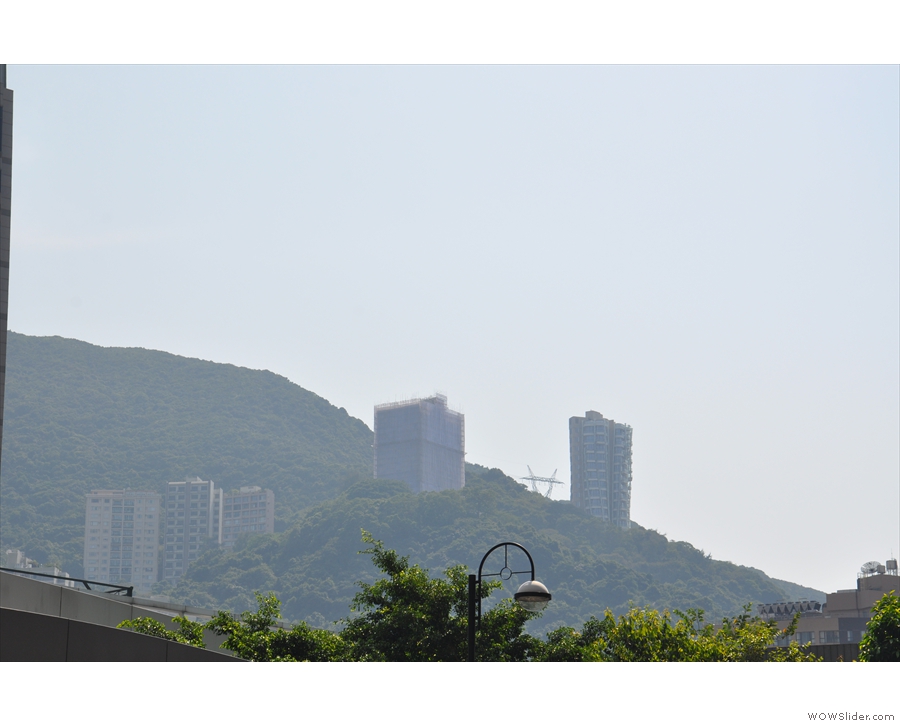
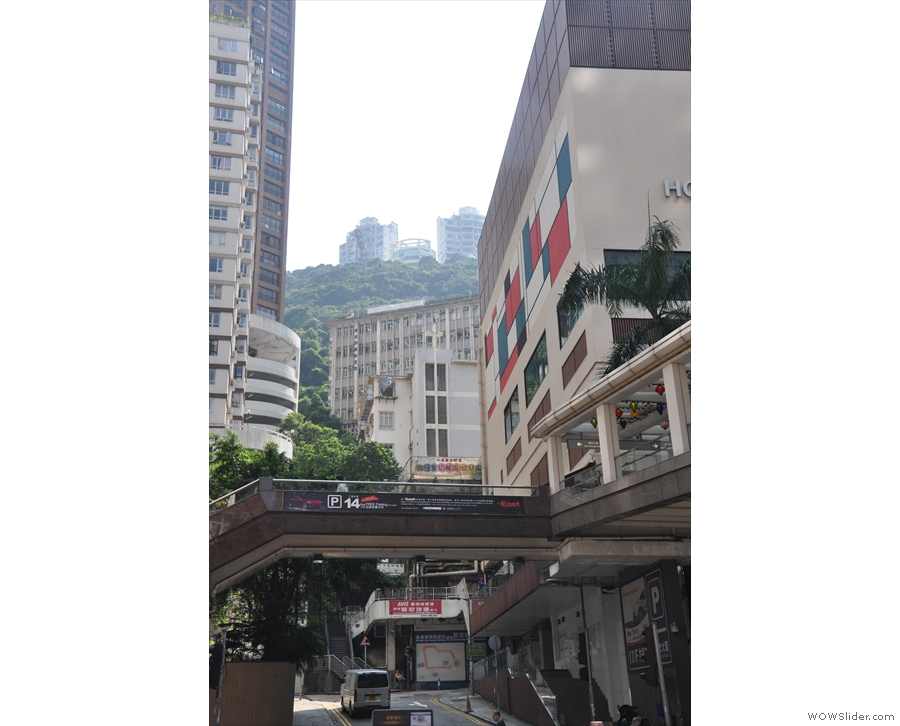
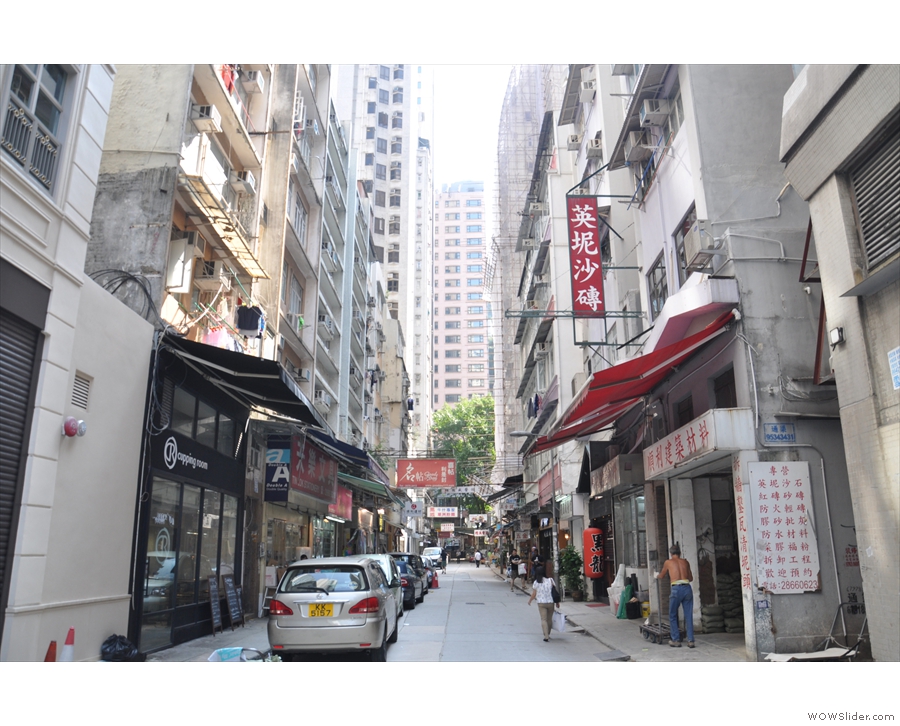
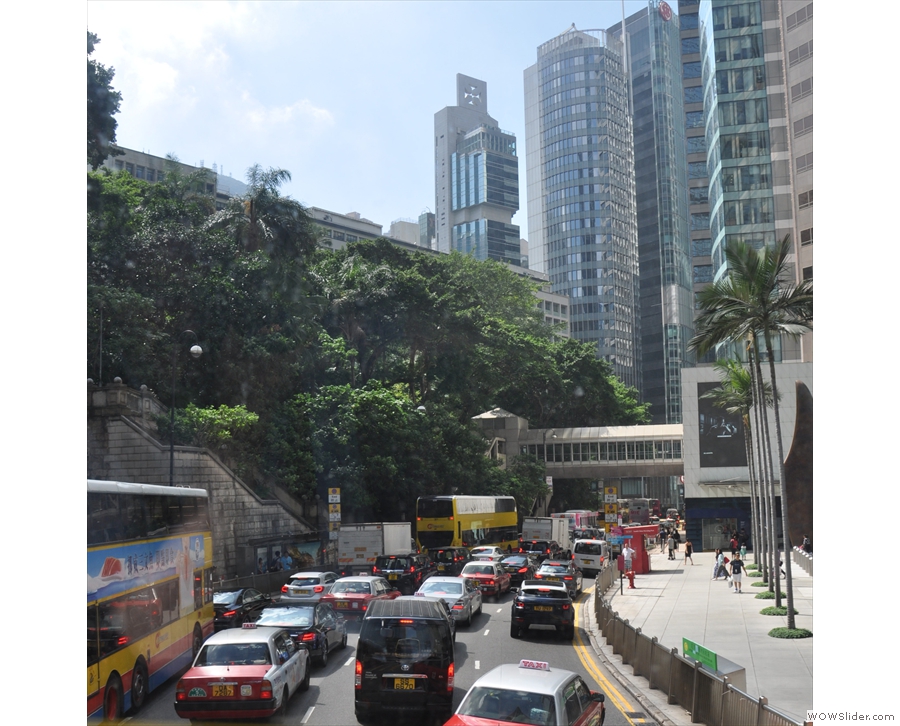
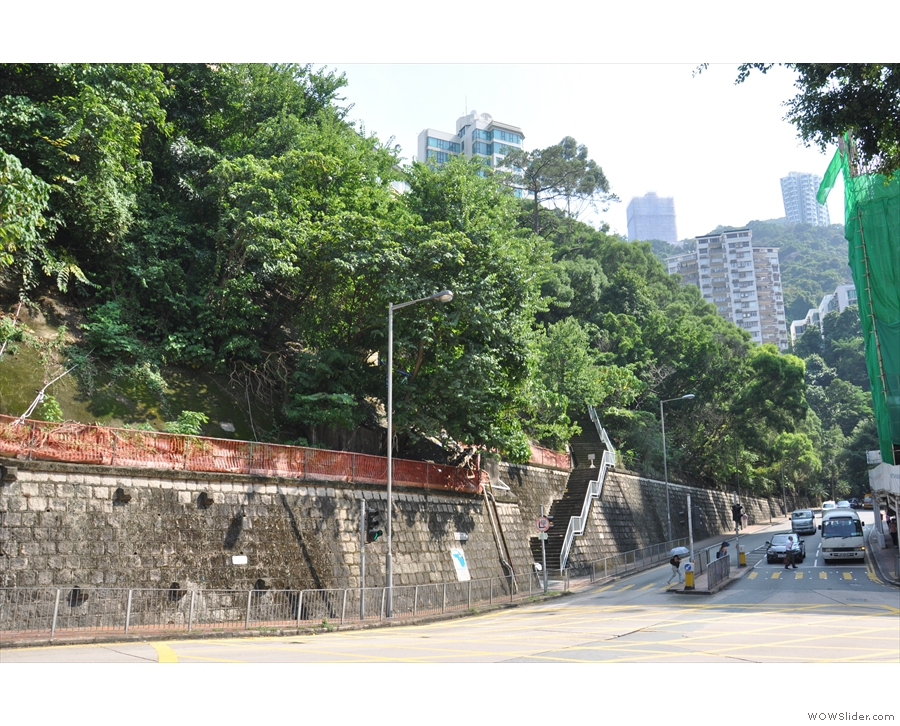
 1
1 2
2 3
3 4
4 5
5 6
6 7
7 8
8 9
9 10
10 11
11 12
12 13
13 14
14 15
15 16
16 17
17 18
18 19
19 20
20 21
21 22
22 23
23 24
24 25
25 26
26 27
27 28
28 29
29 30
30 31
31 32
32 33
33 34
34 35
35 36
36 37
37 38
38 39
39 40
40 41
41 42
42 43
43 44
44 45
45 46
46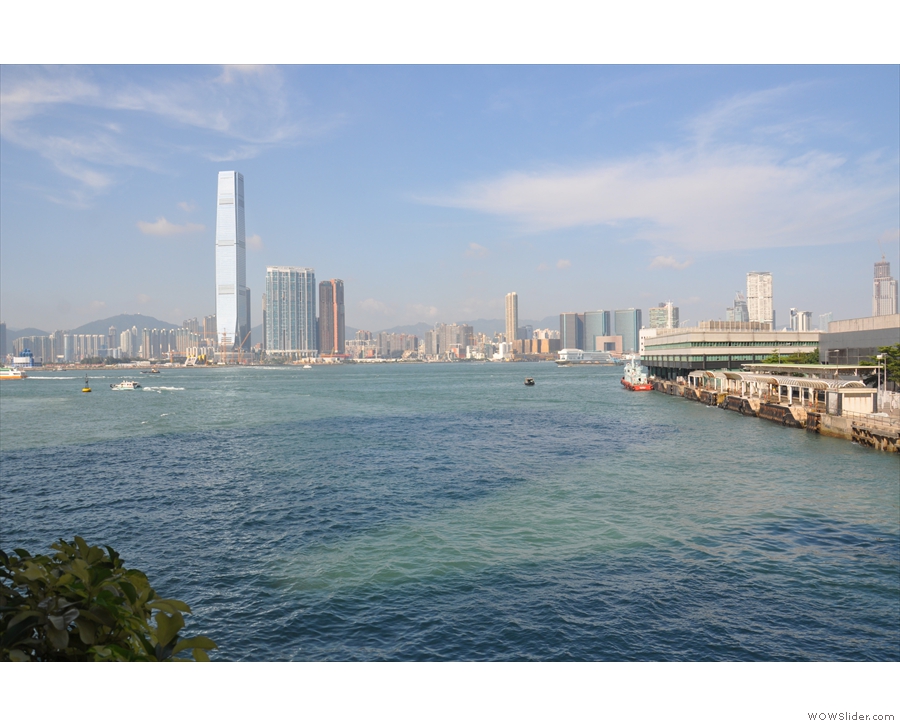
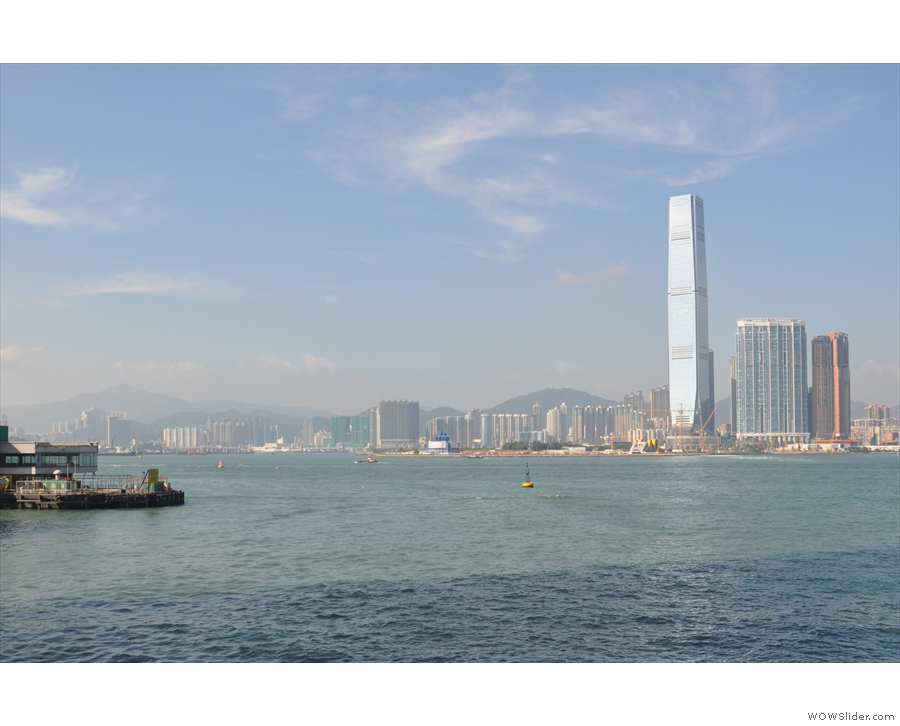
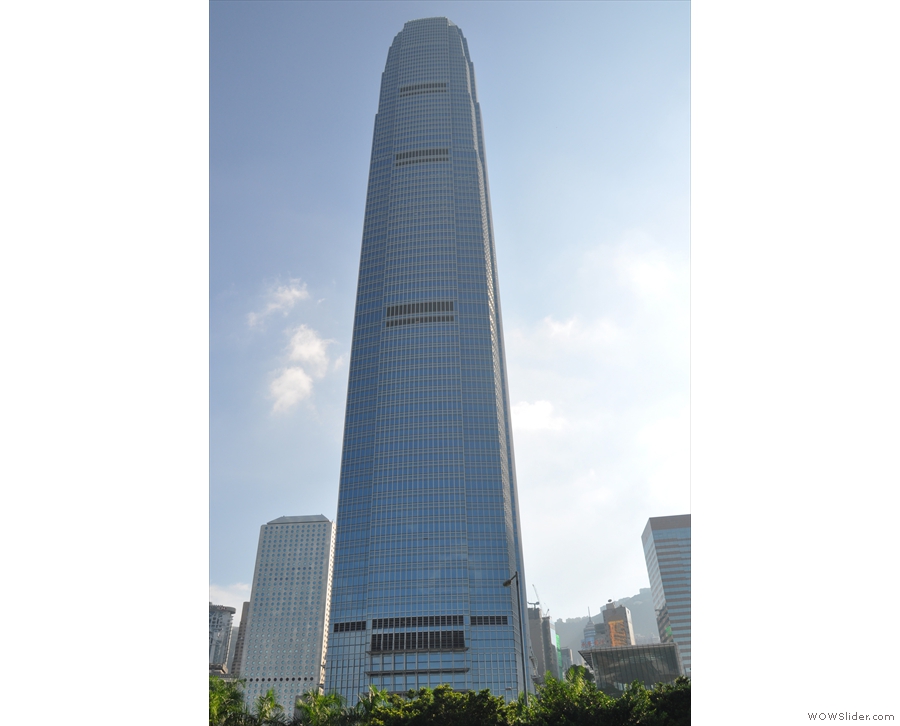
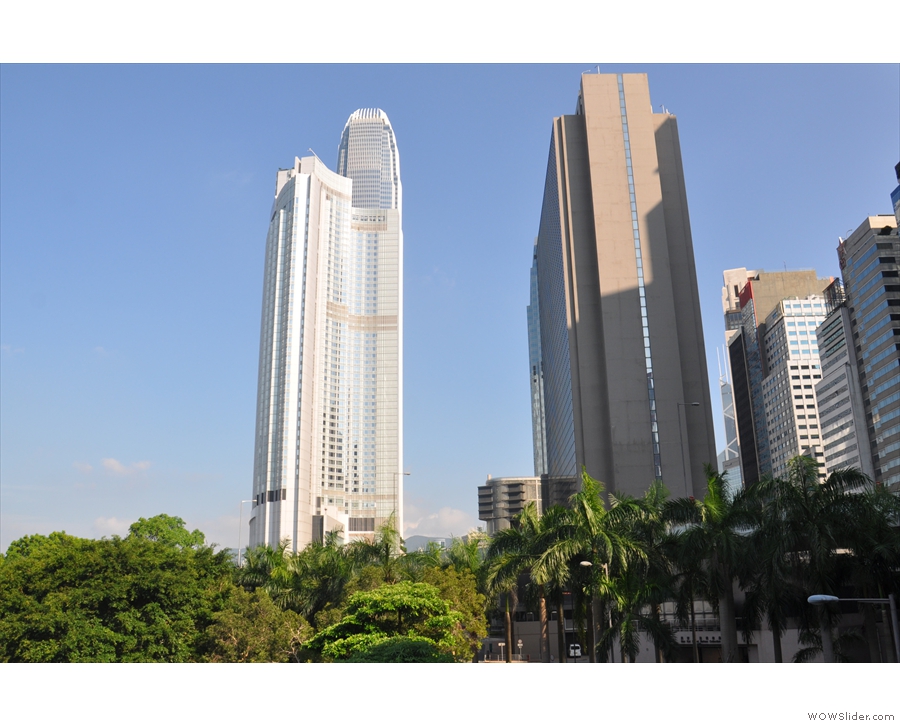
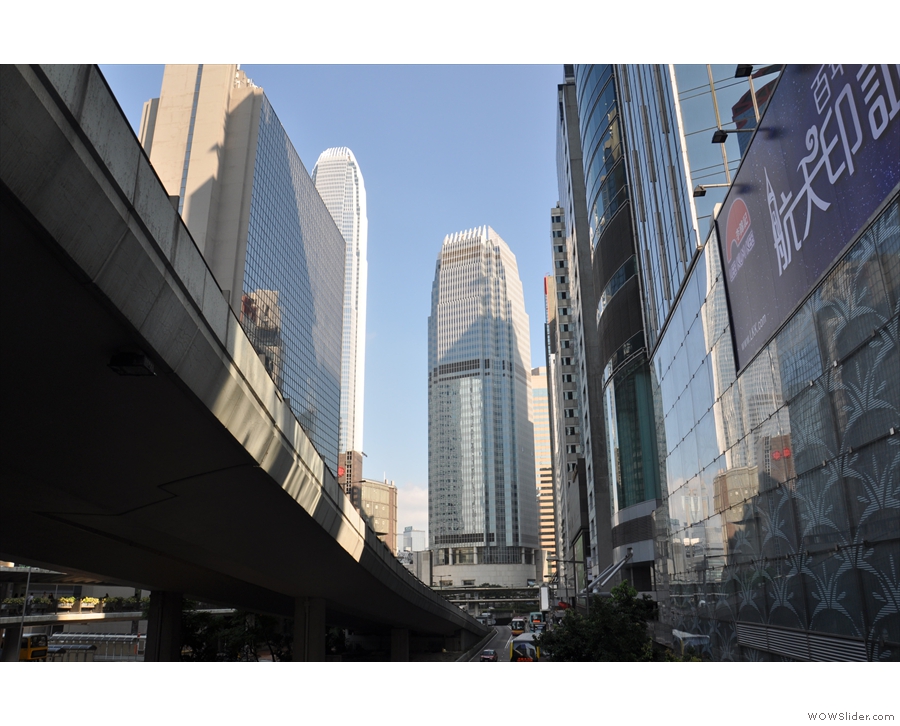
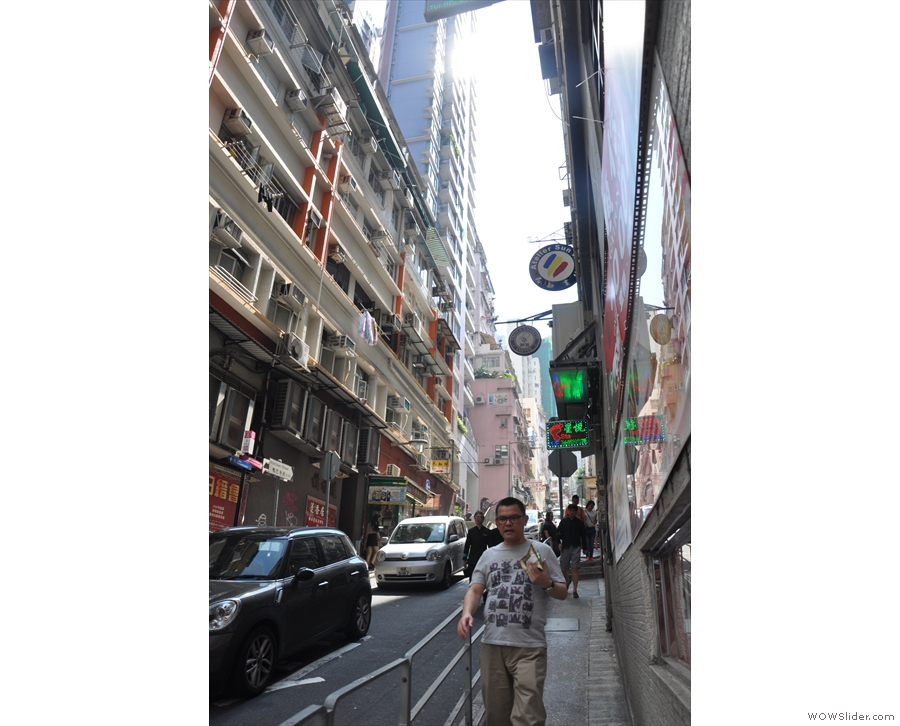
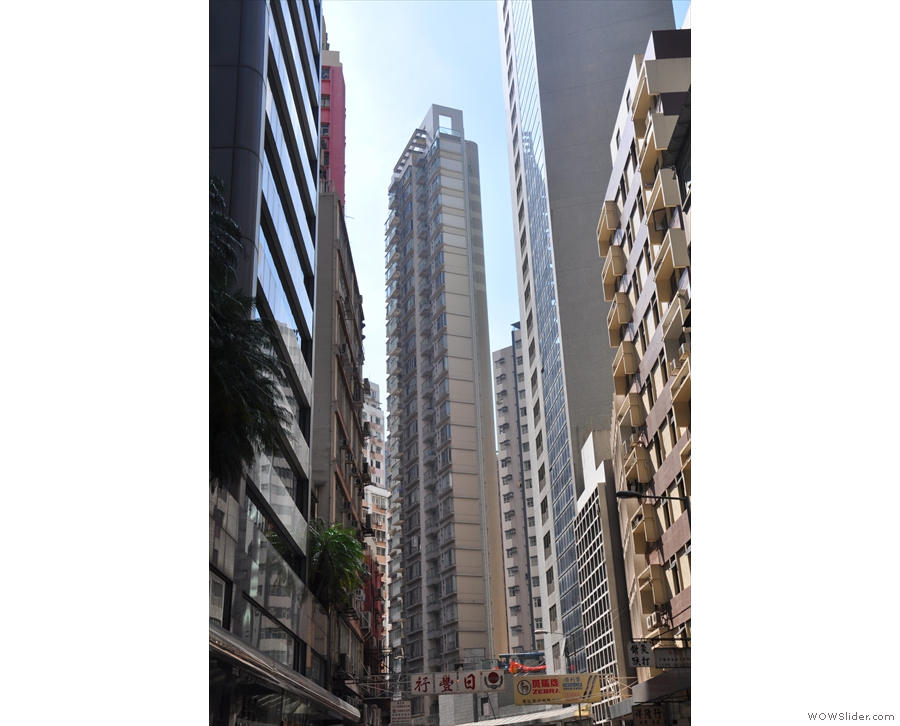
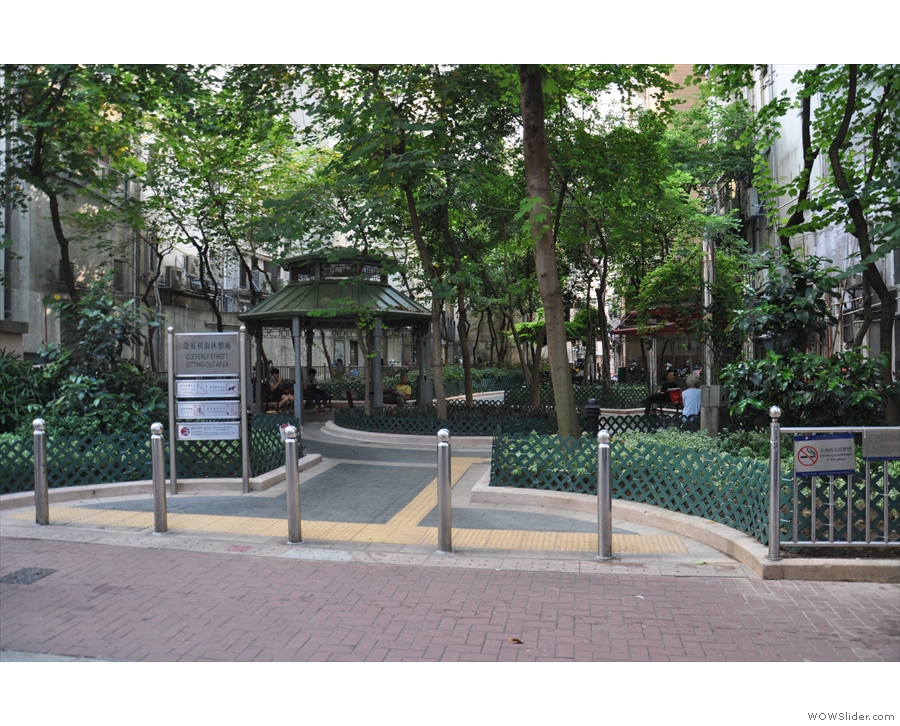
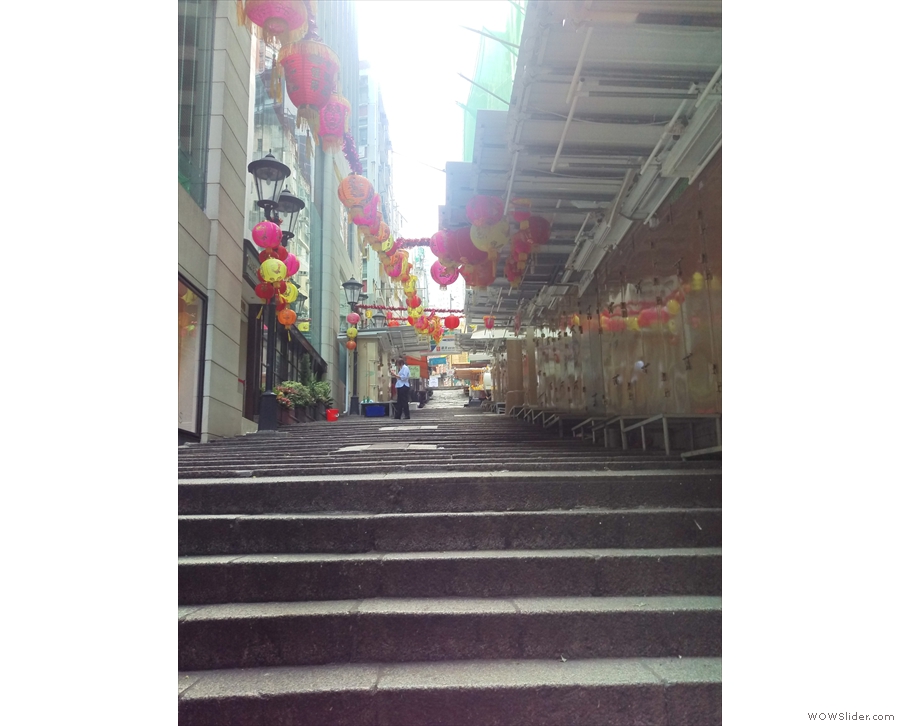
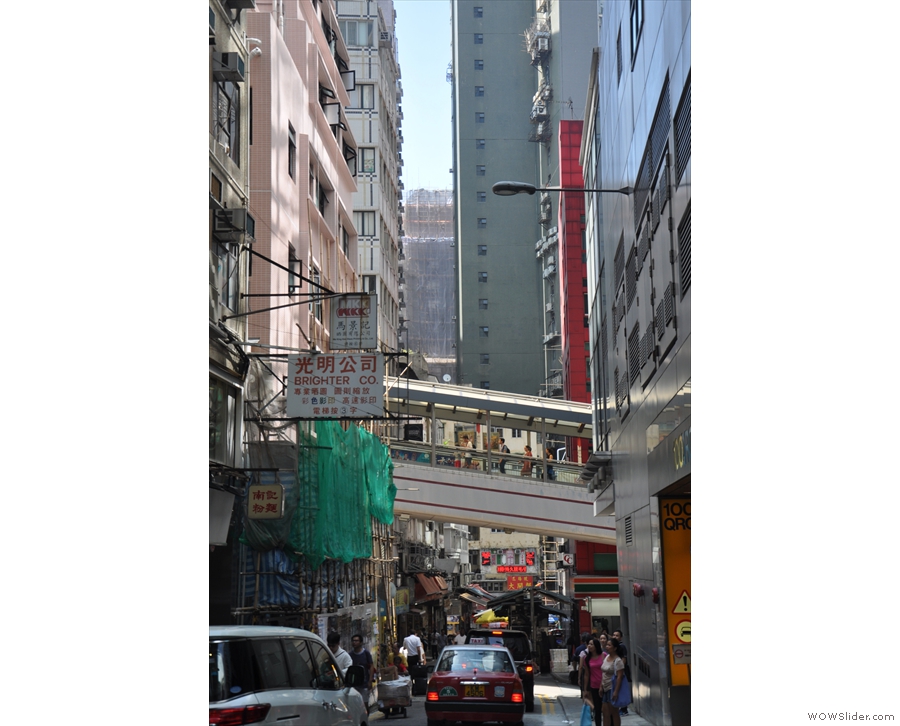
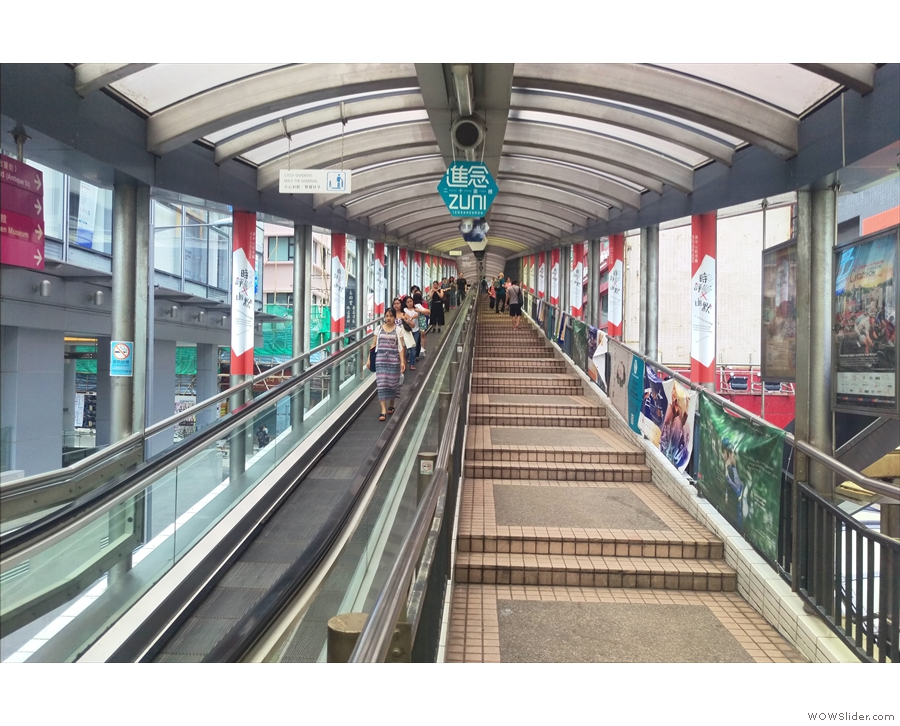
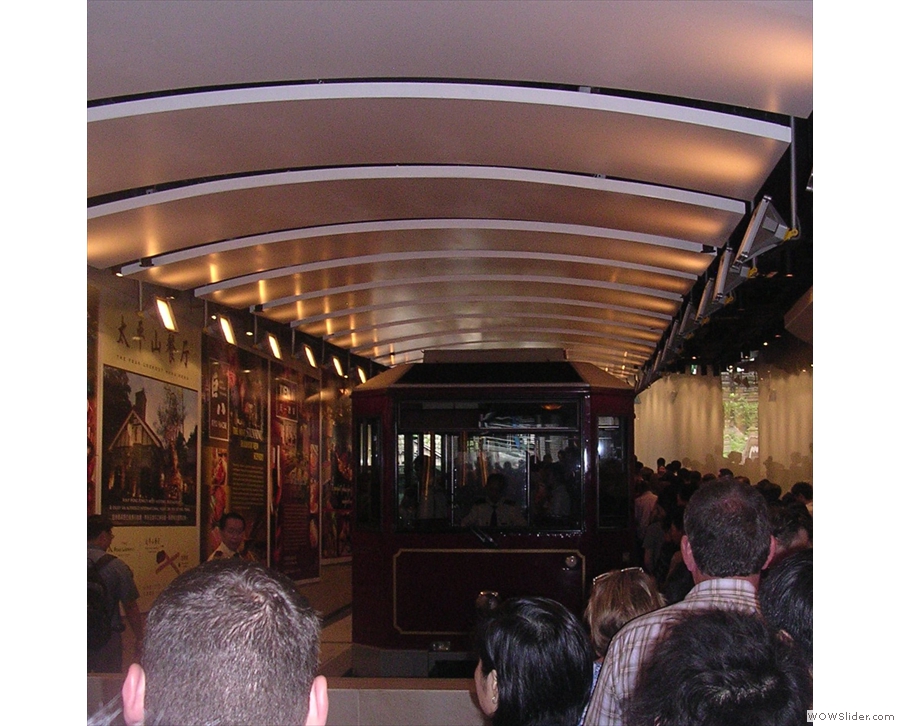
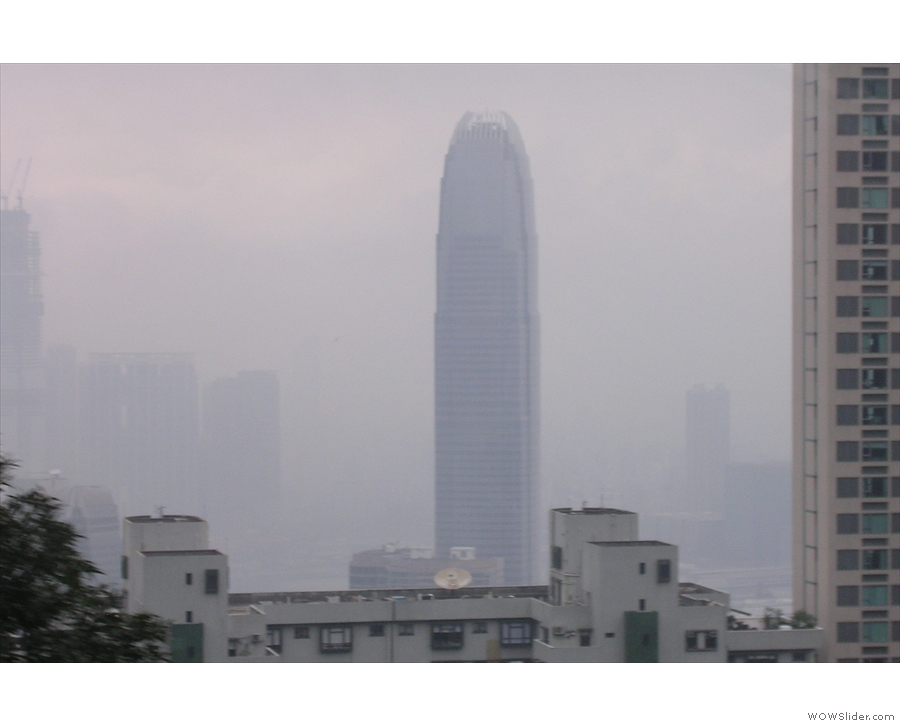
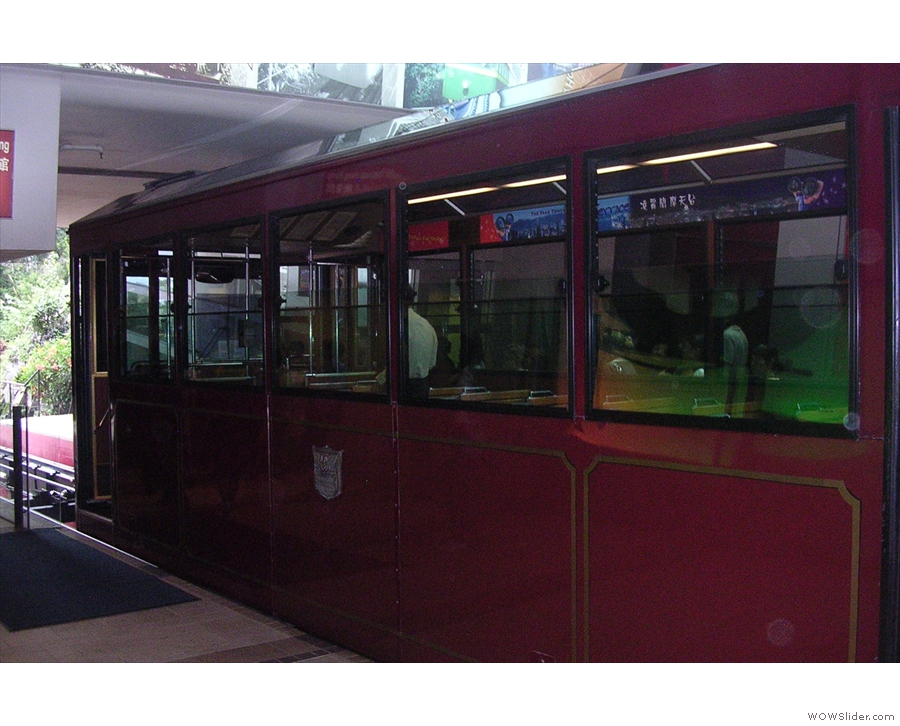
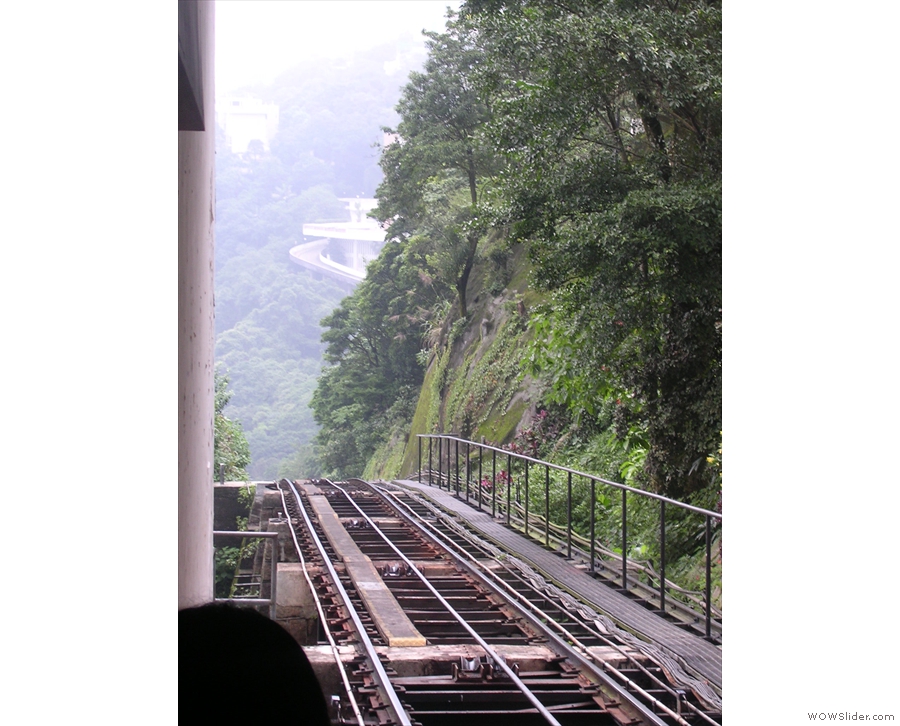
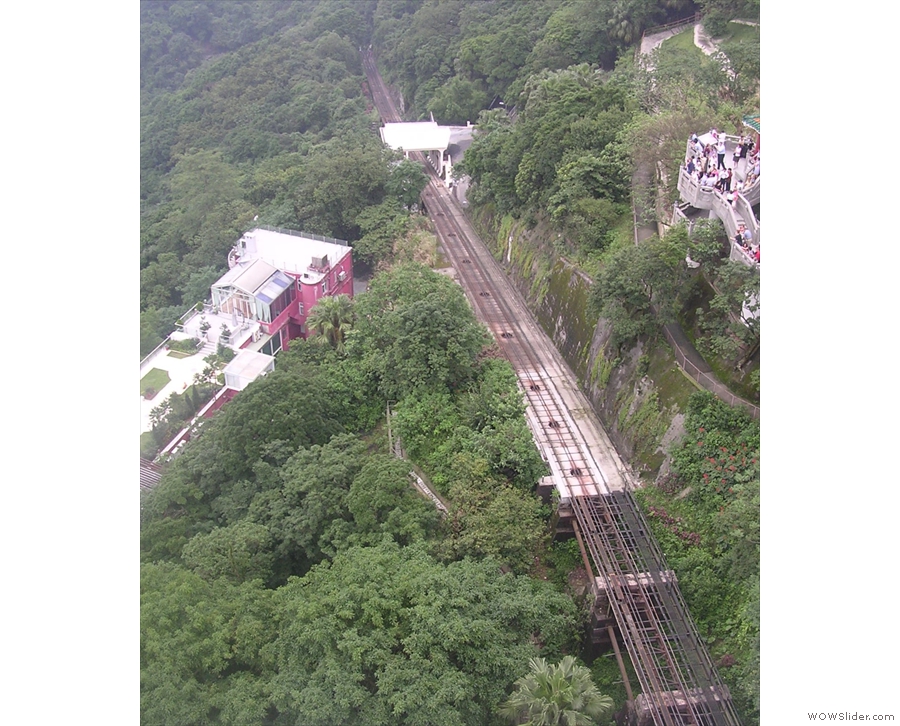
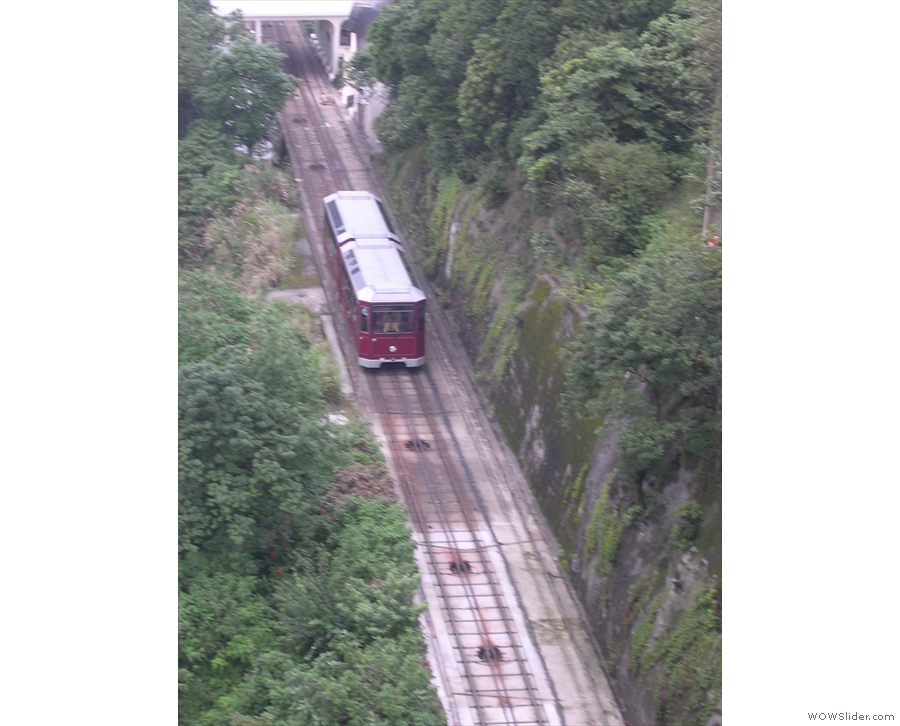
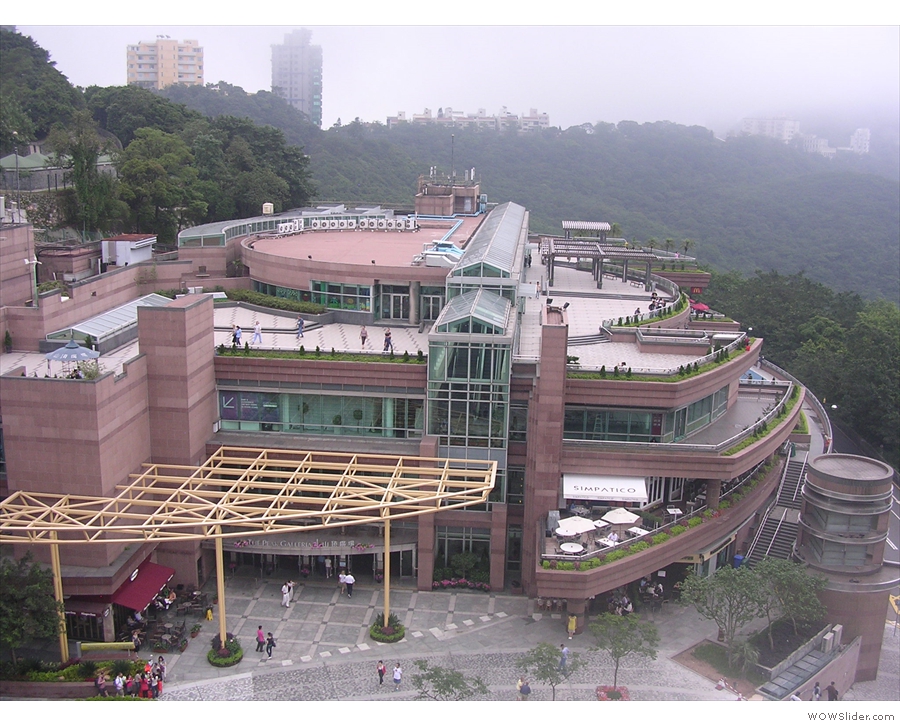
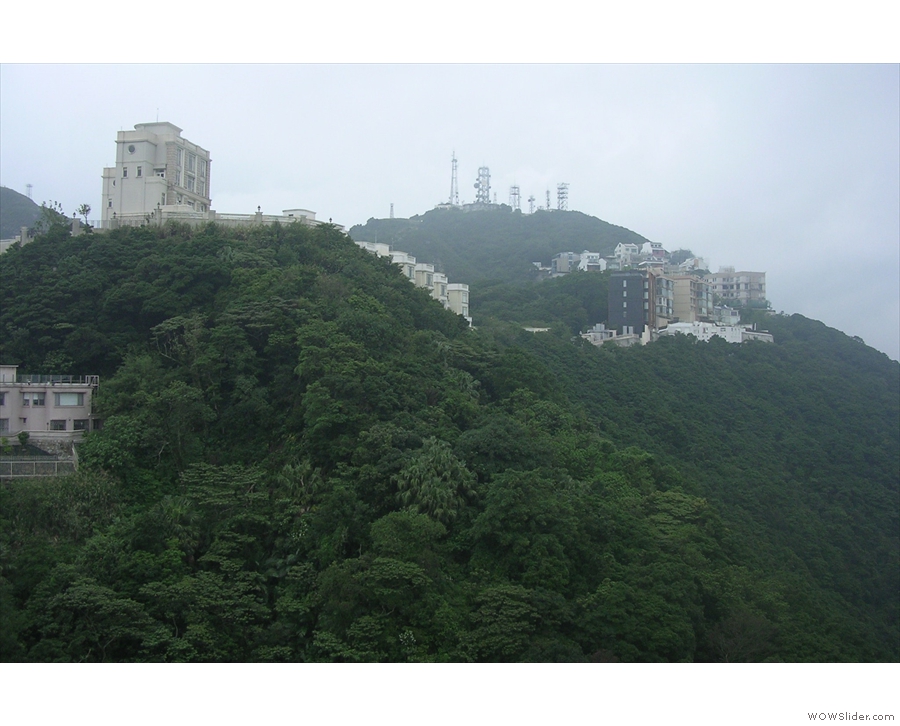
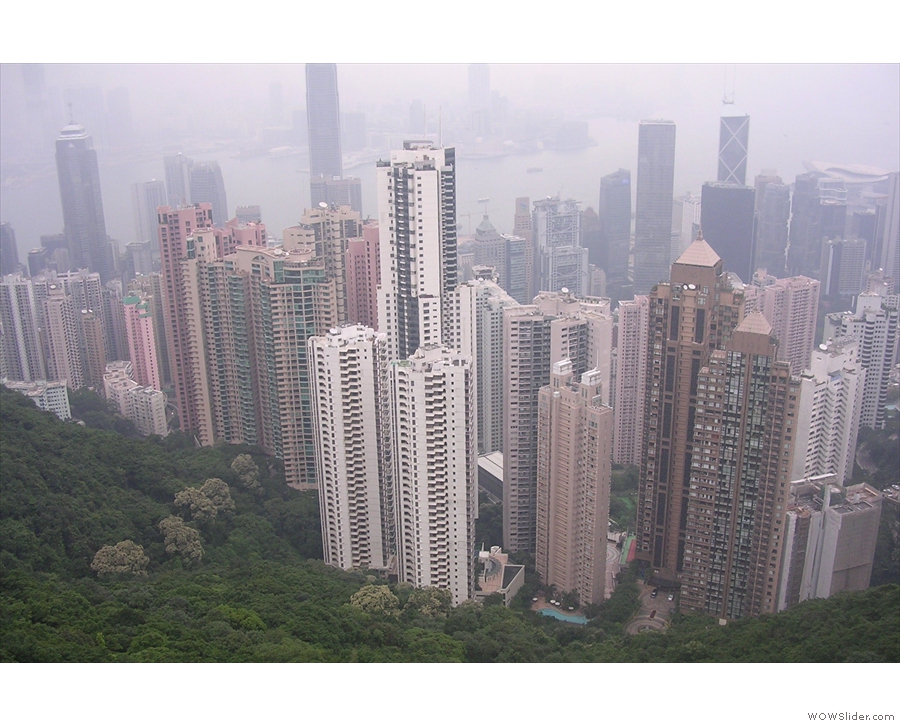
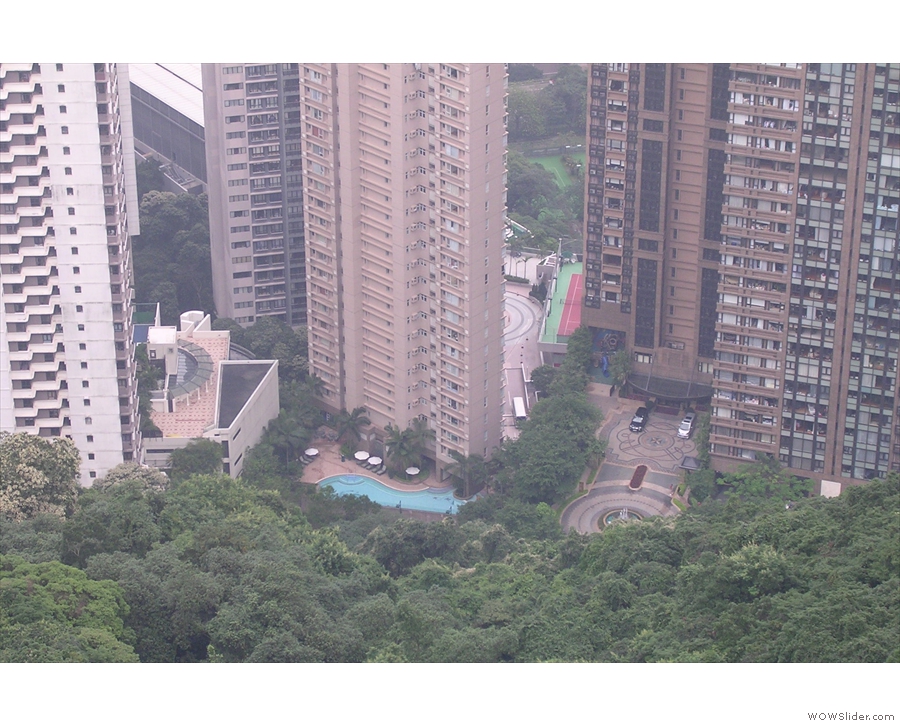
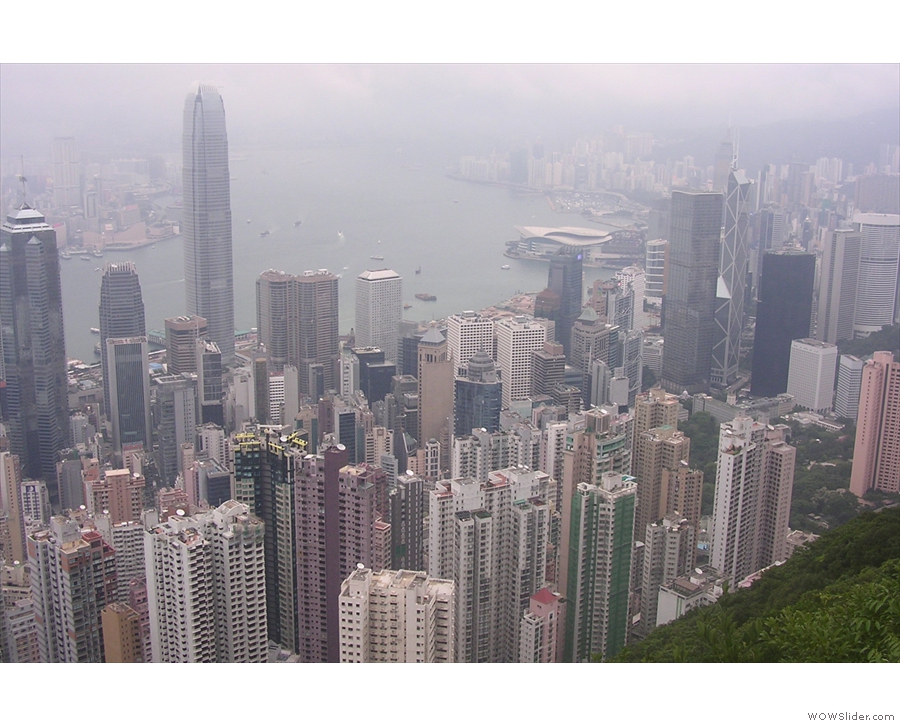
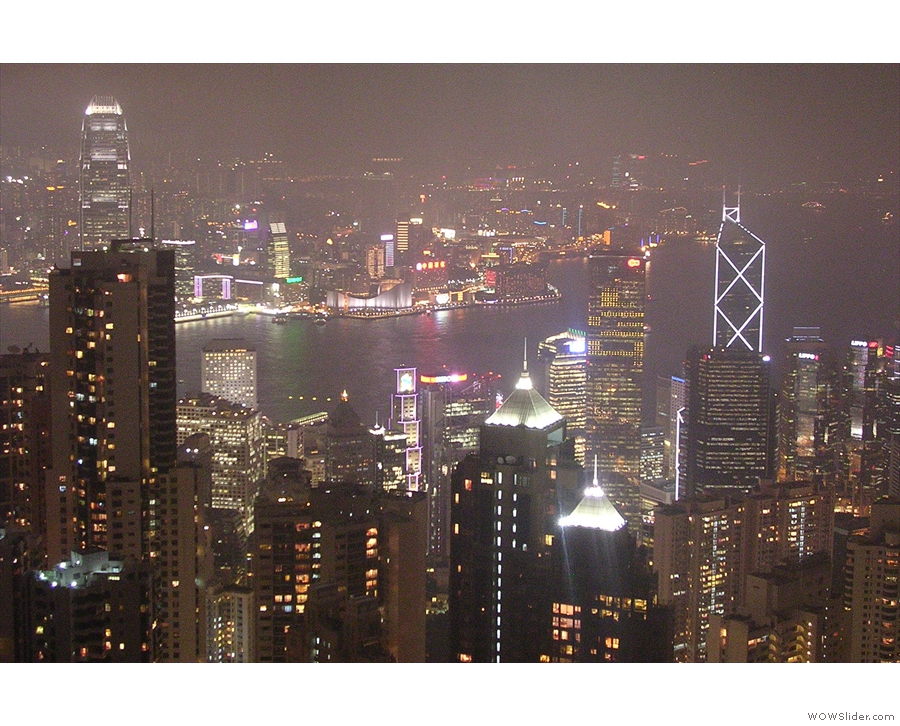
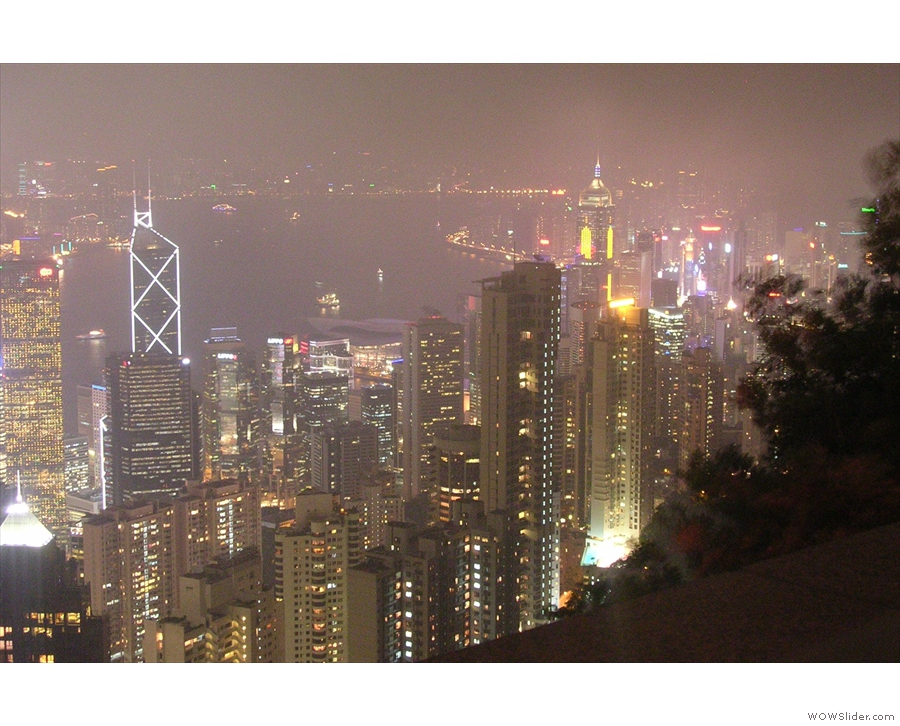
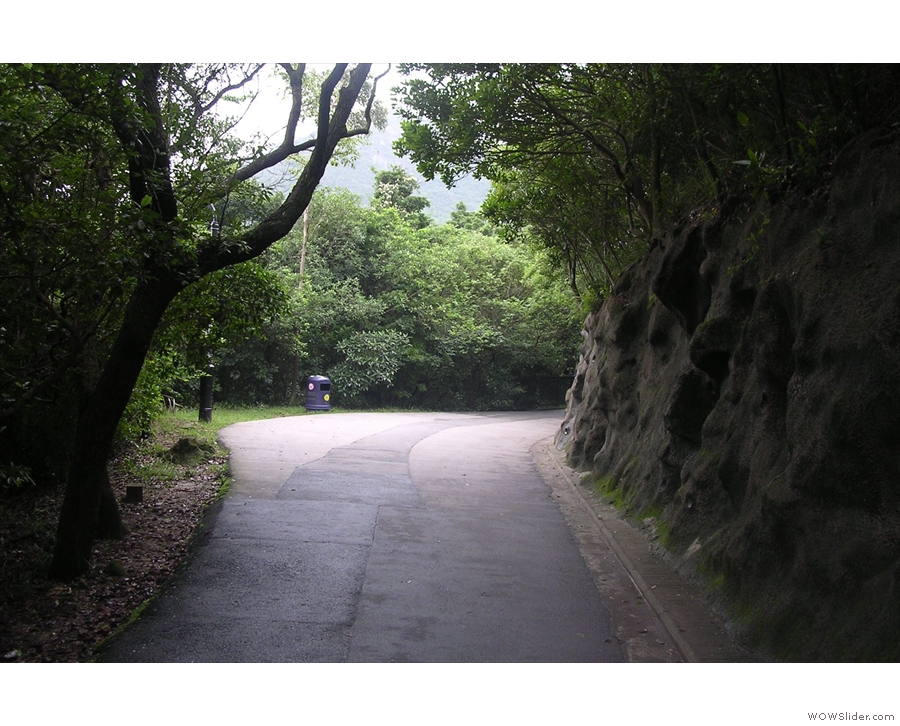
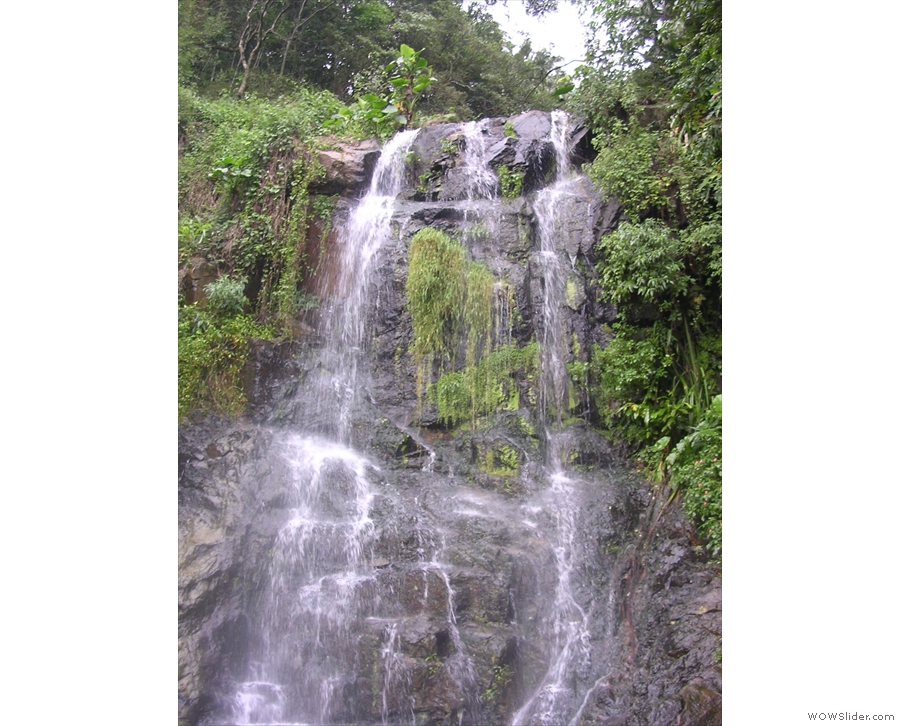
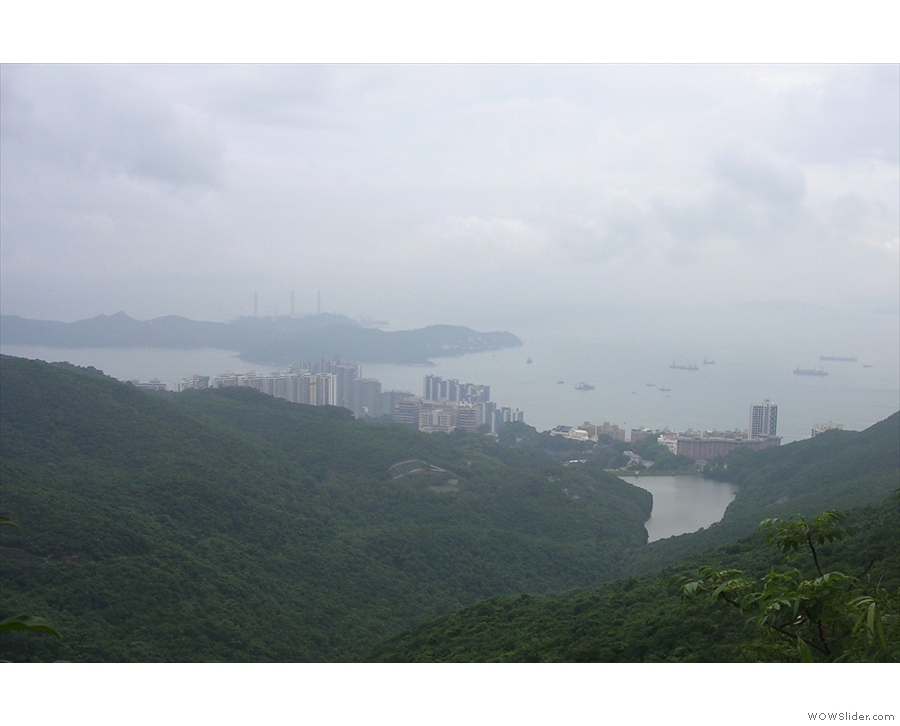
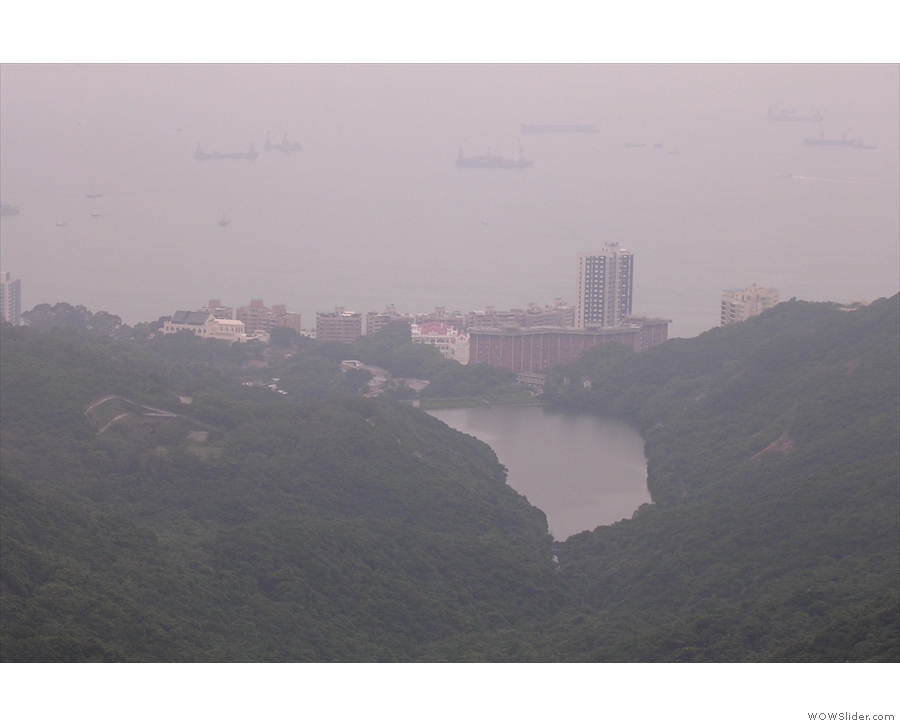
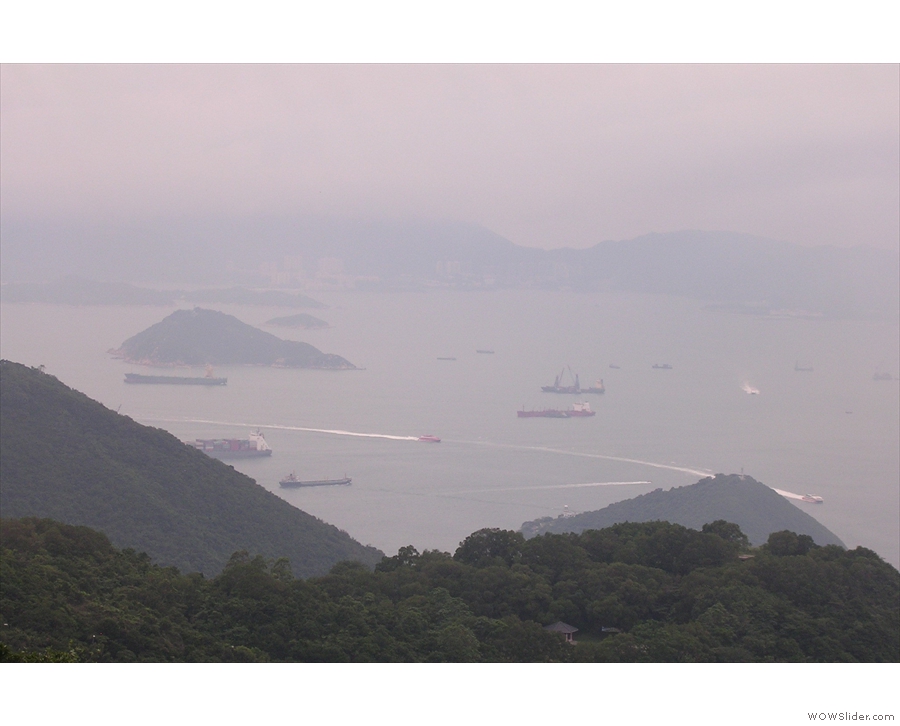
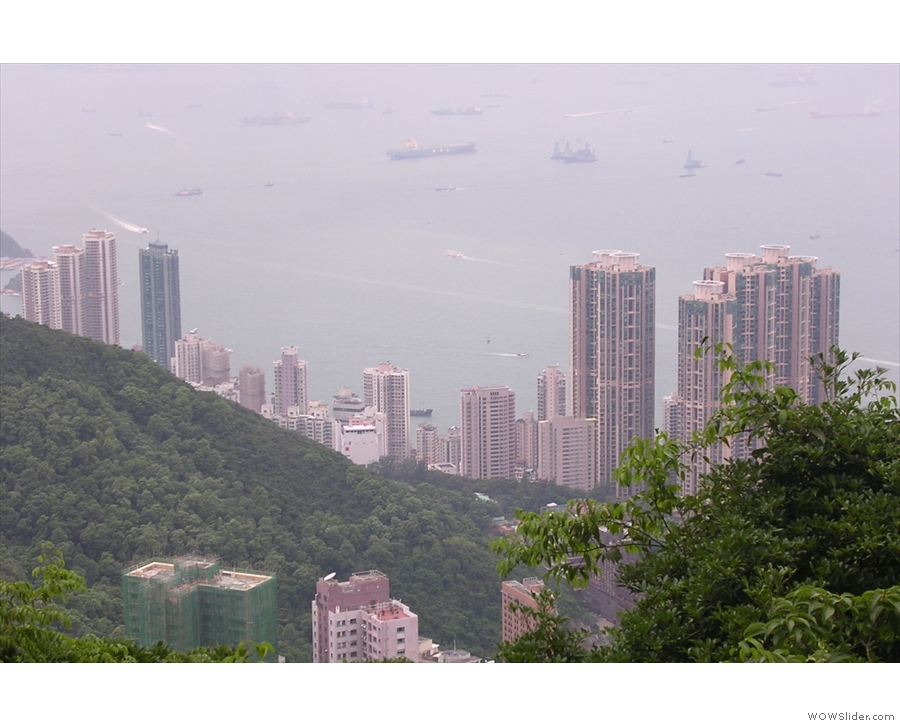
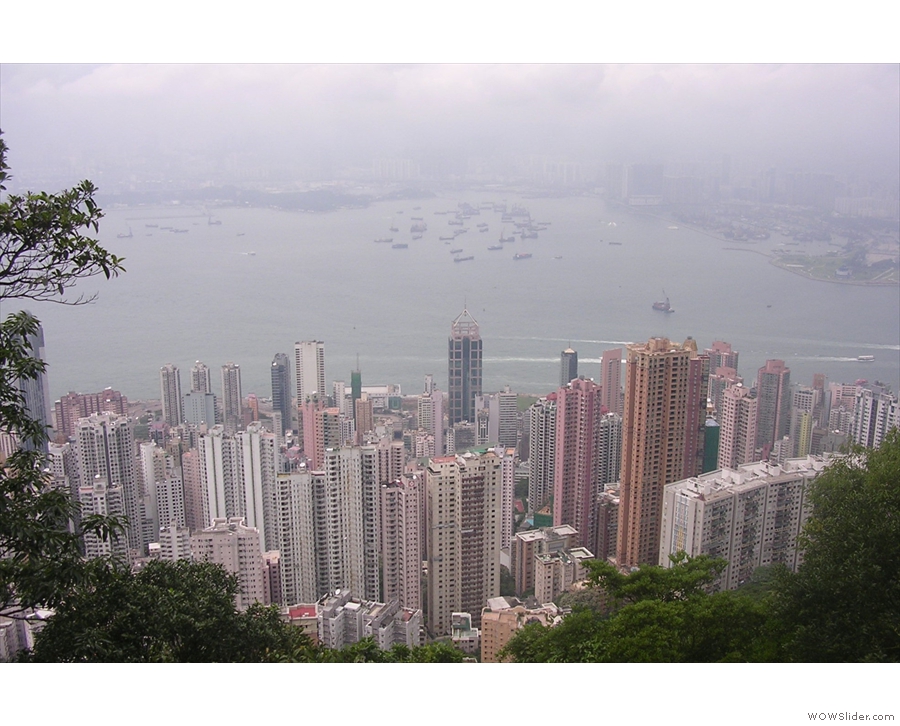
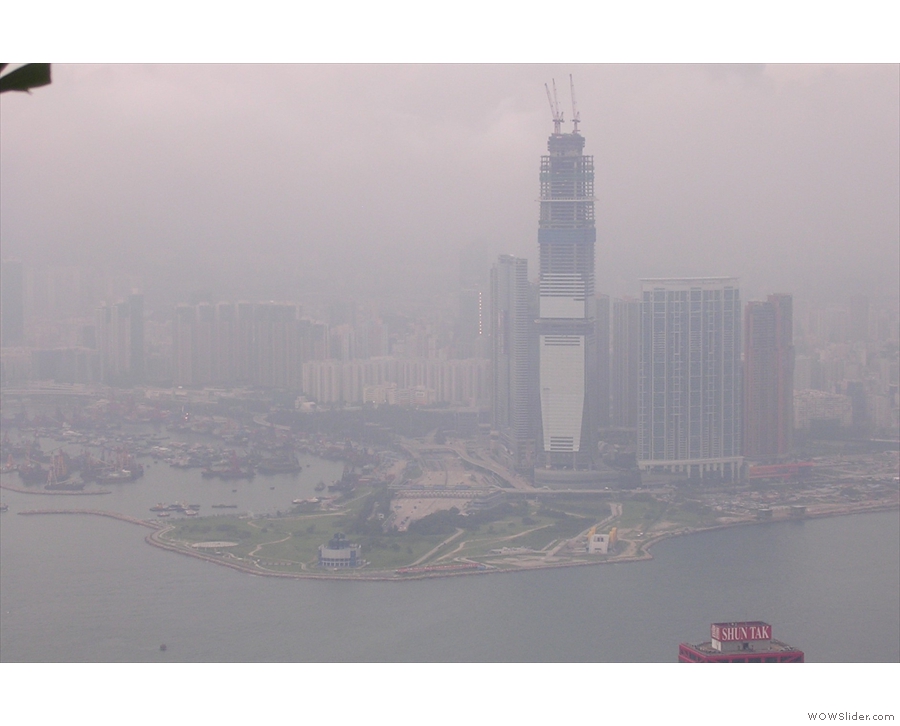
 1
1 2
2 3
3 4
4 5
5 6
6 7
7 8
8 9
9 10
10 11
11 12
12 13
13 14
14 15
15 16
16 17
17 18
18 19
19 20
20 21
21 22
22 23
23 24
24 25
25 26
26 27
27 28
28 29
29 30
30 31
31 32
32
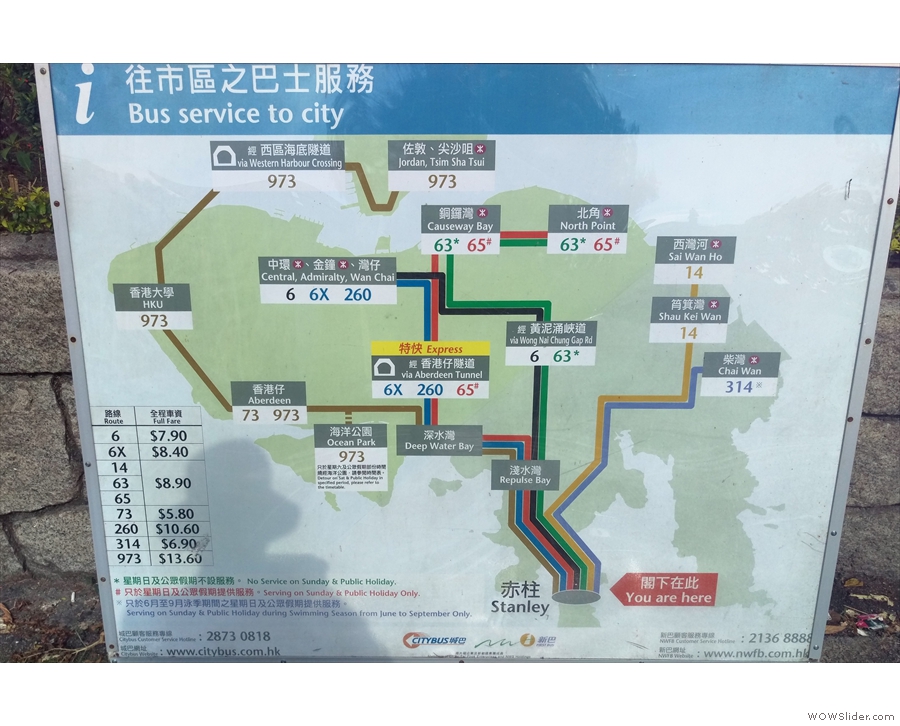


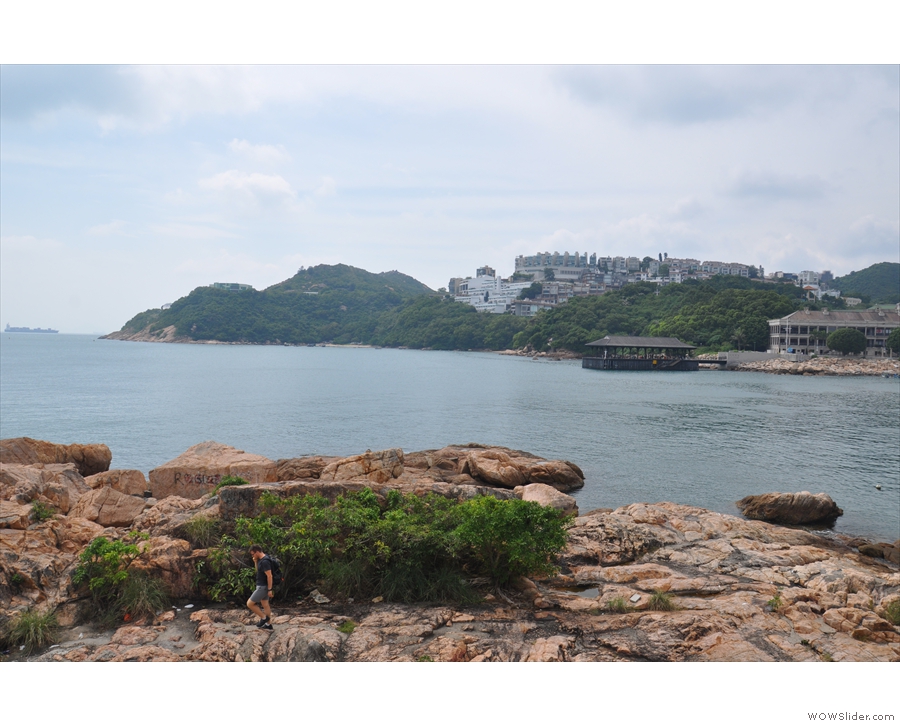
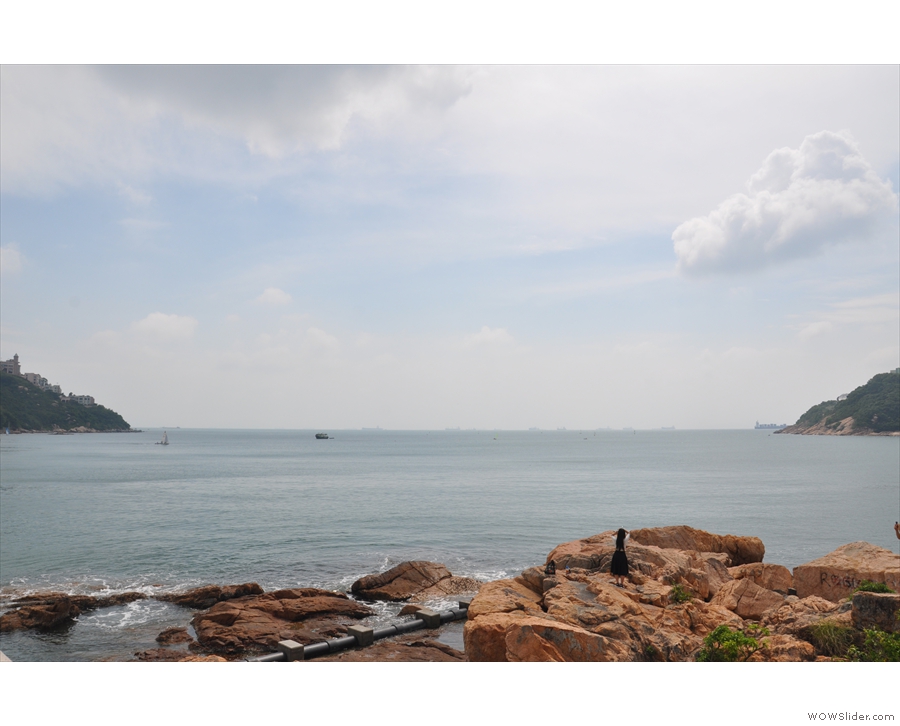
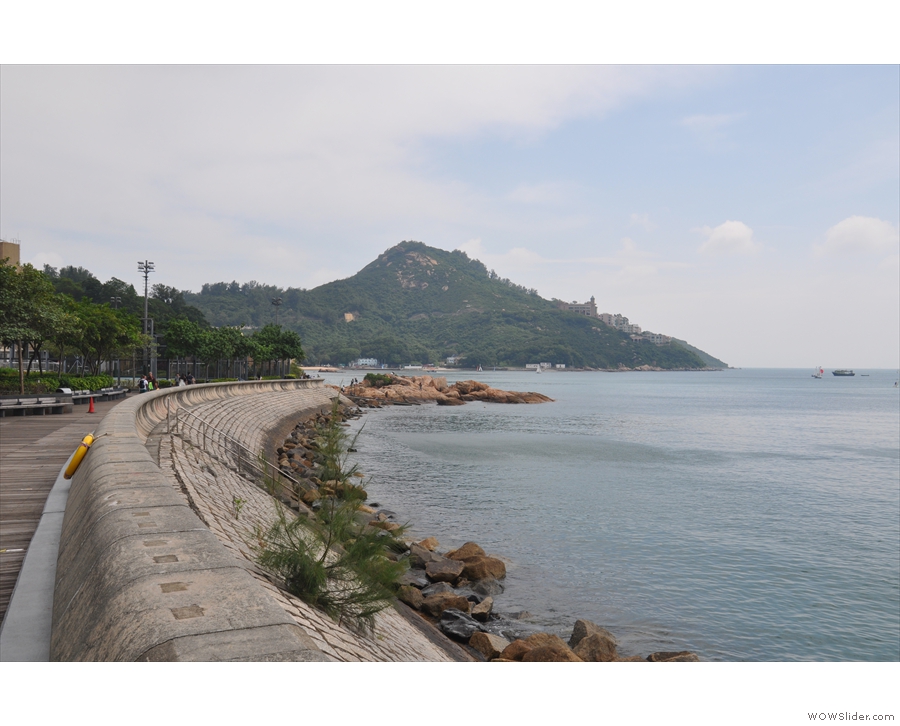
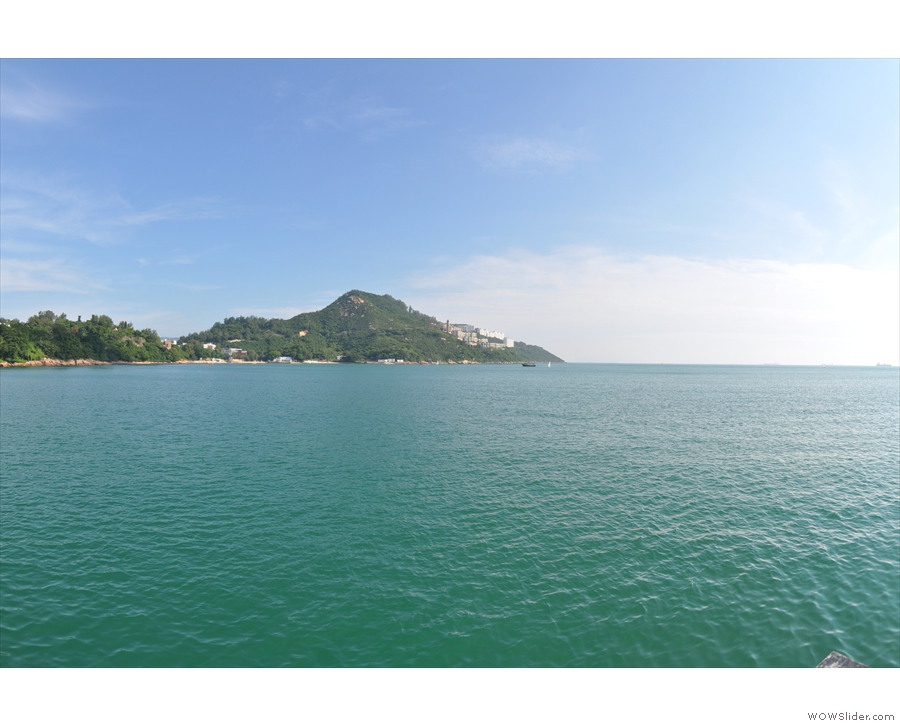
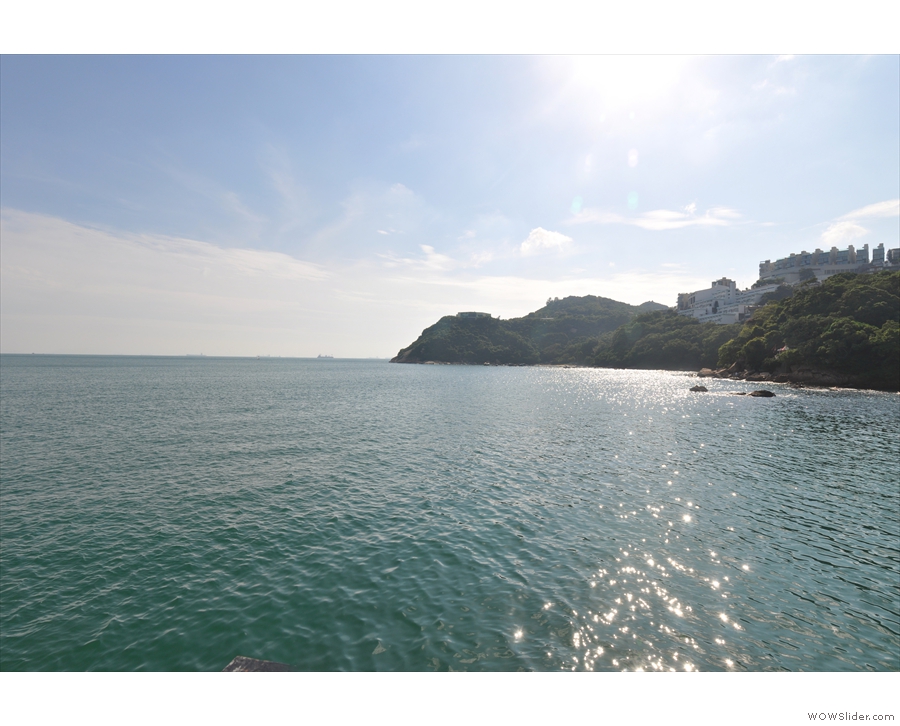


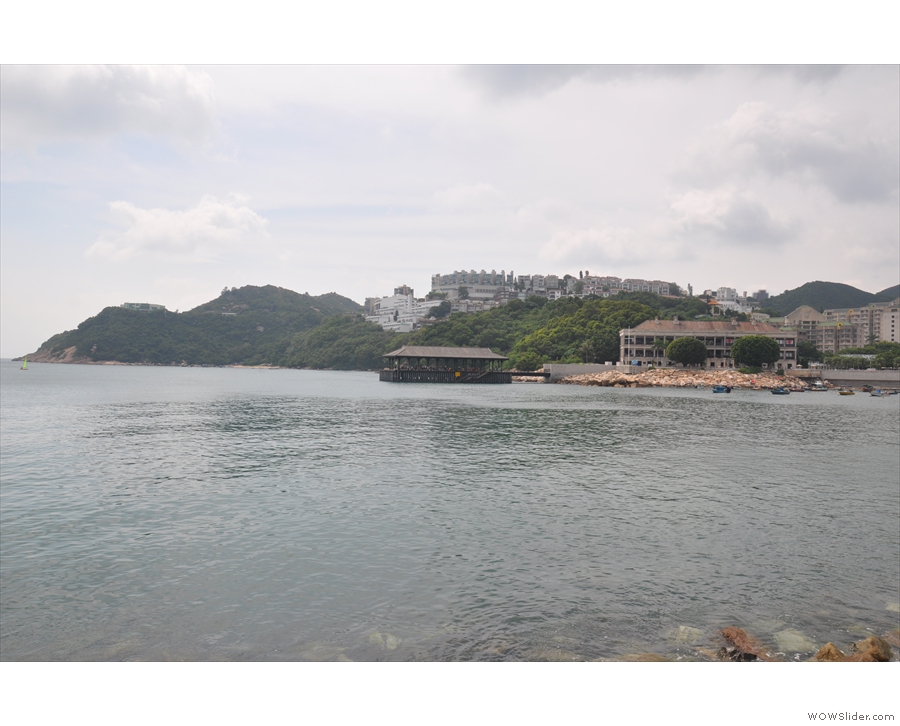
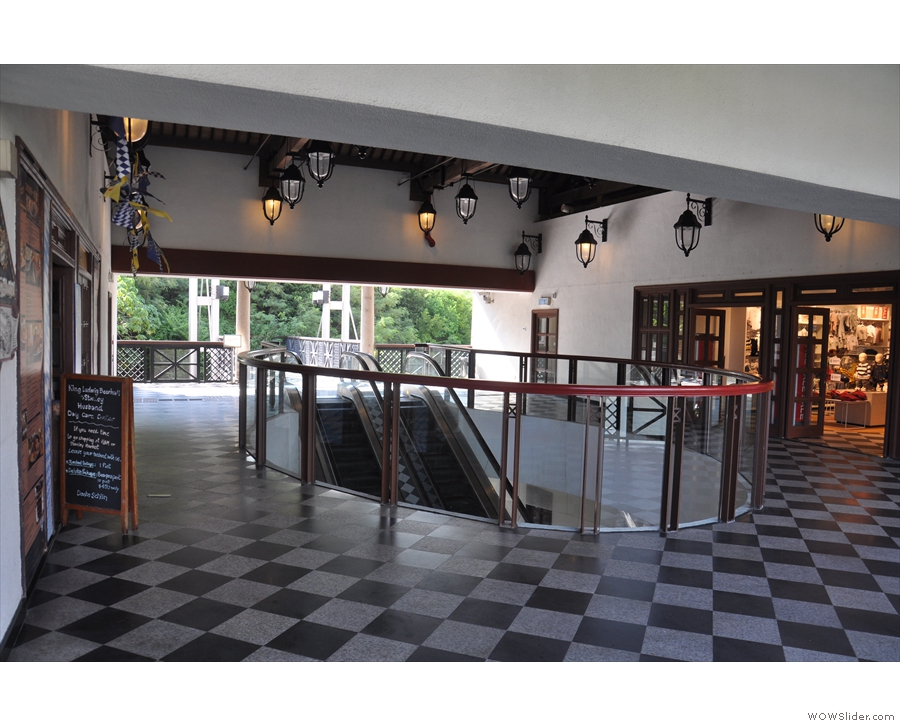
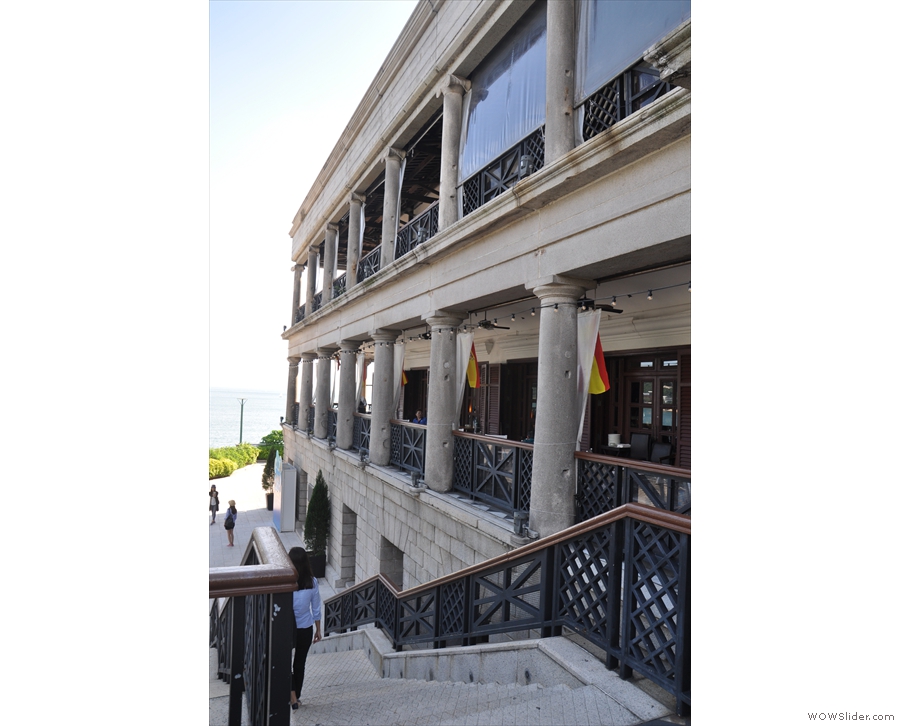
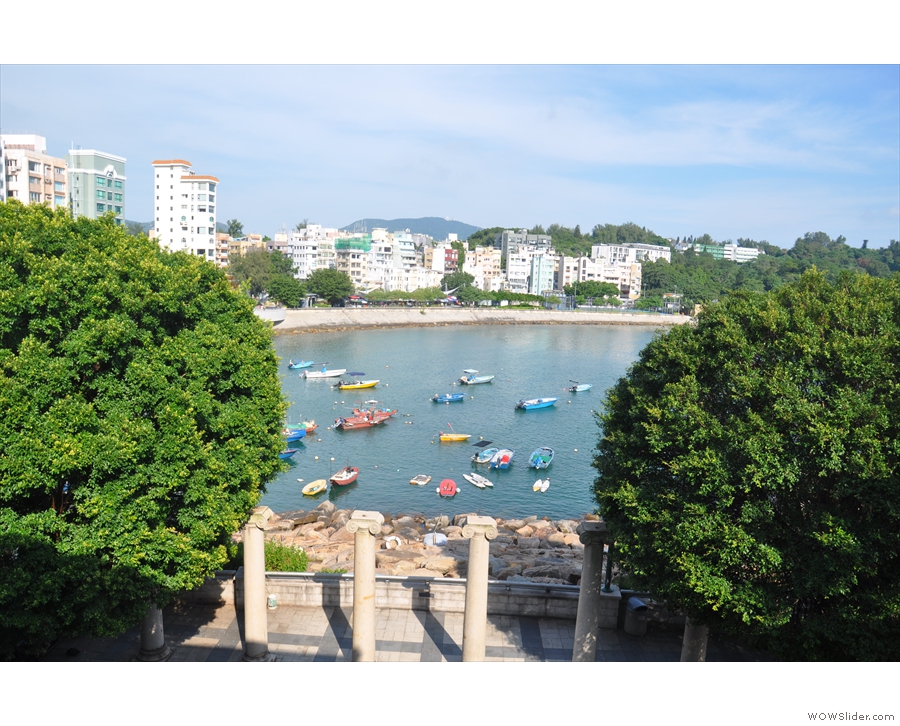
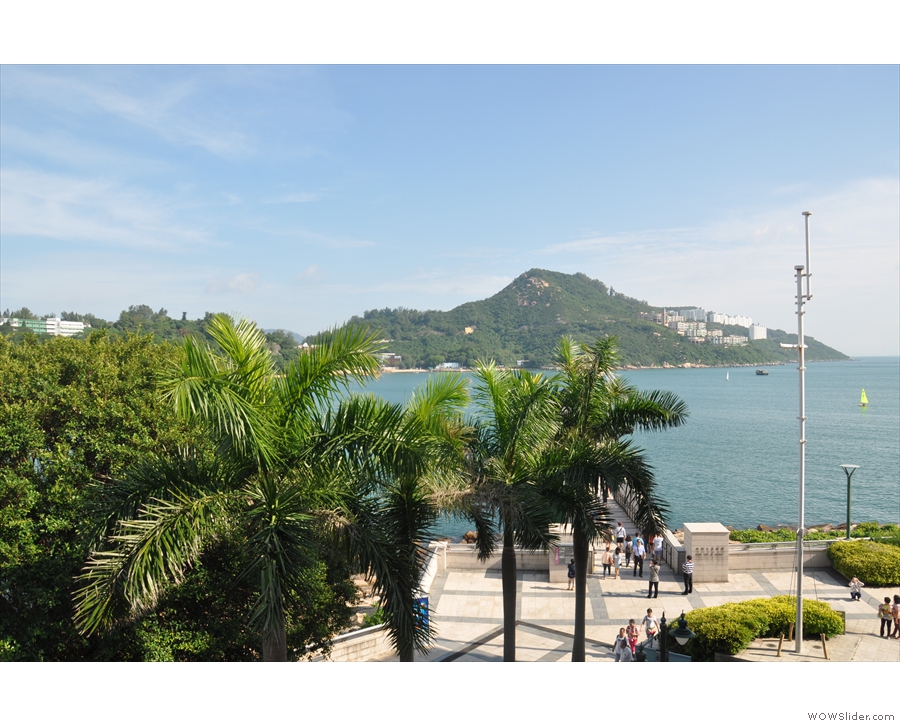
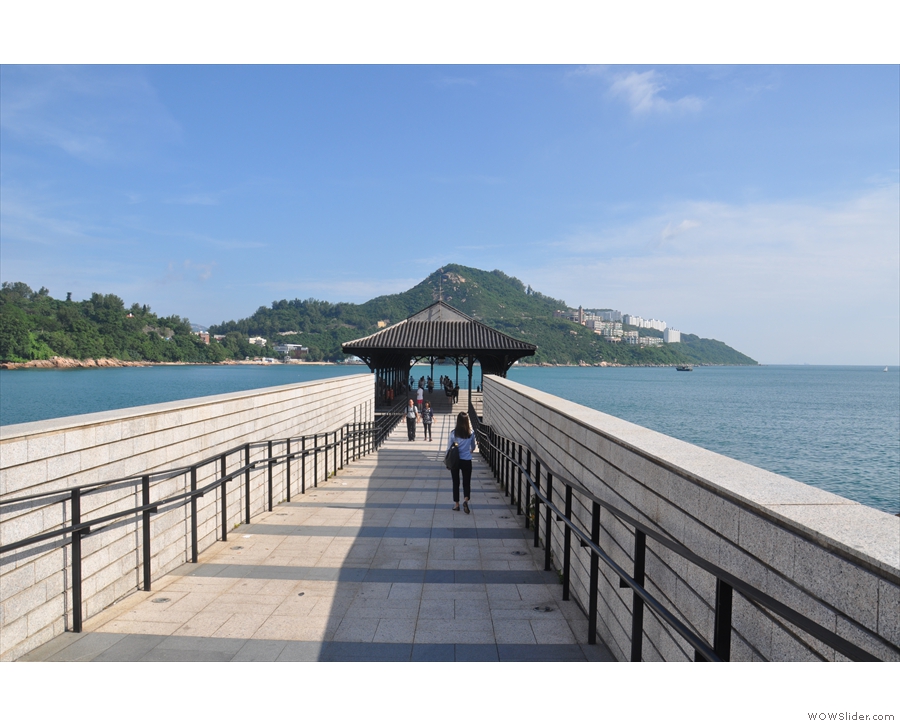
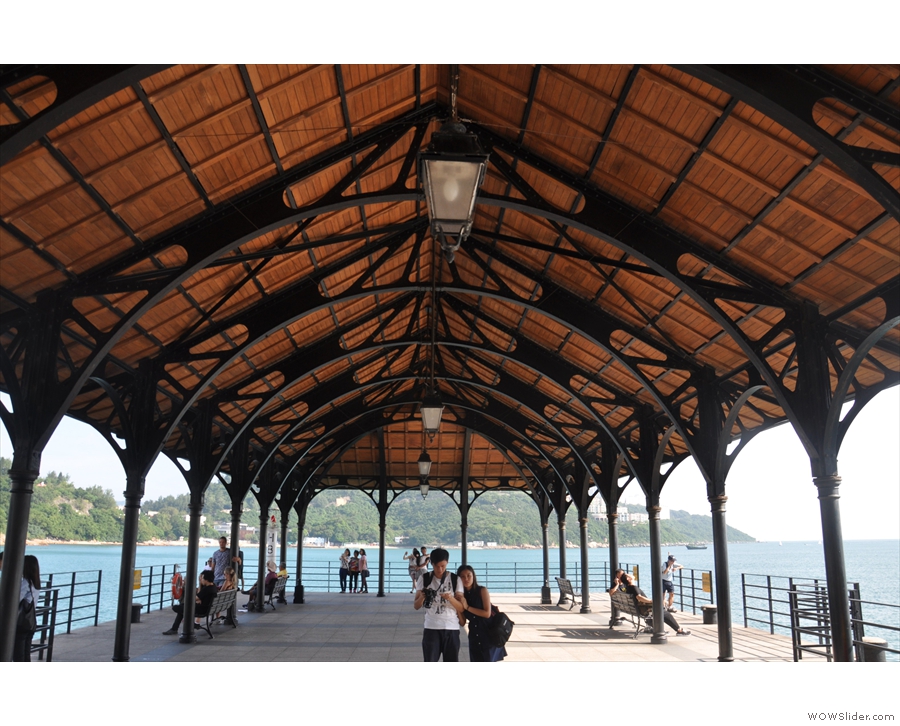
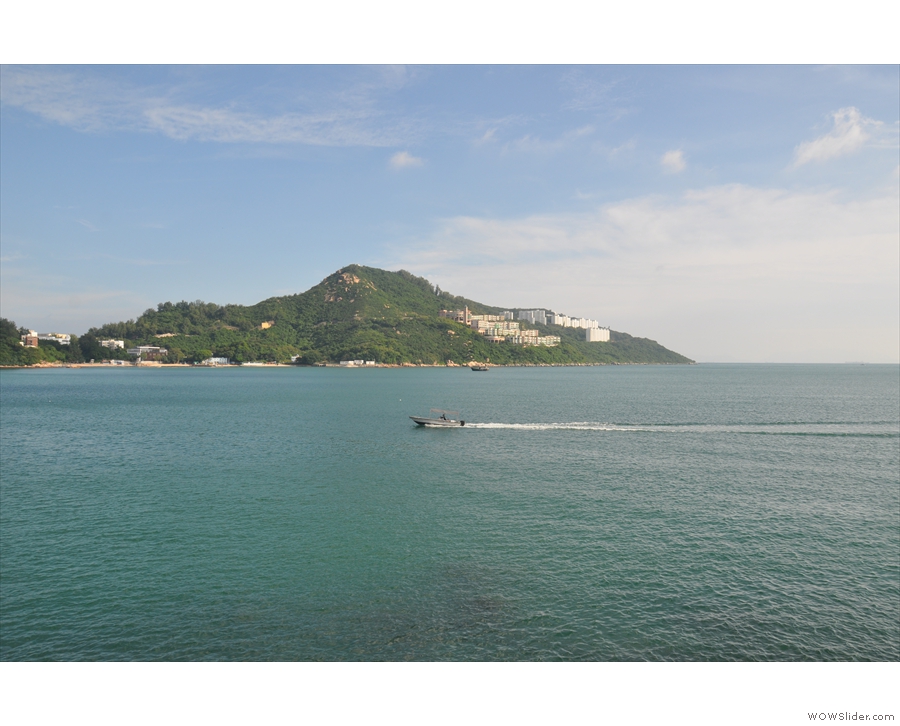

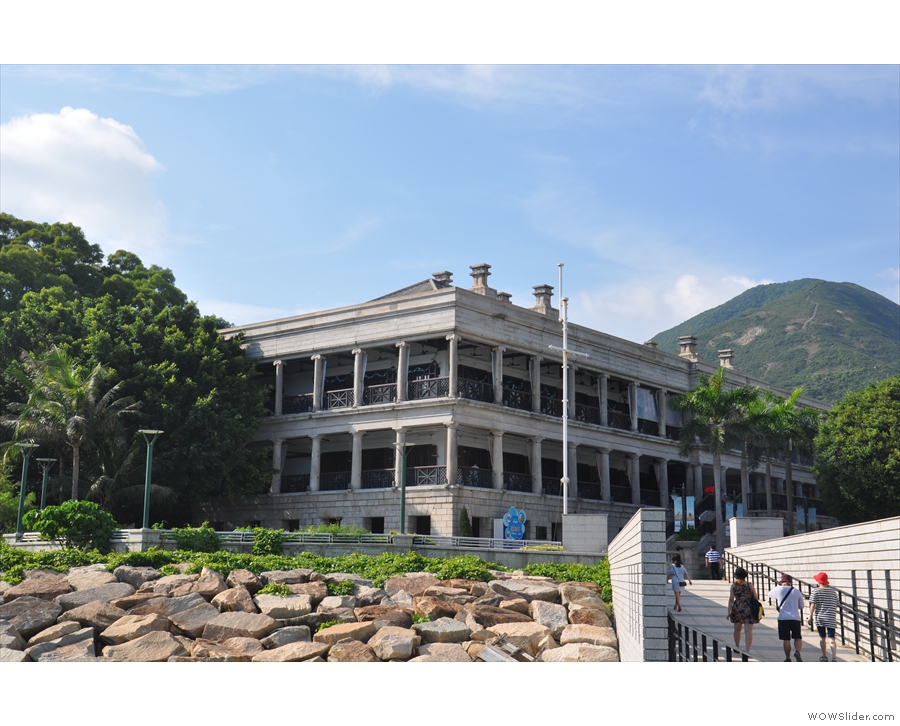
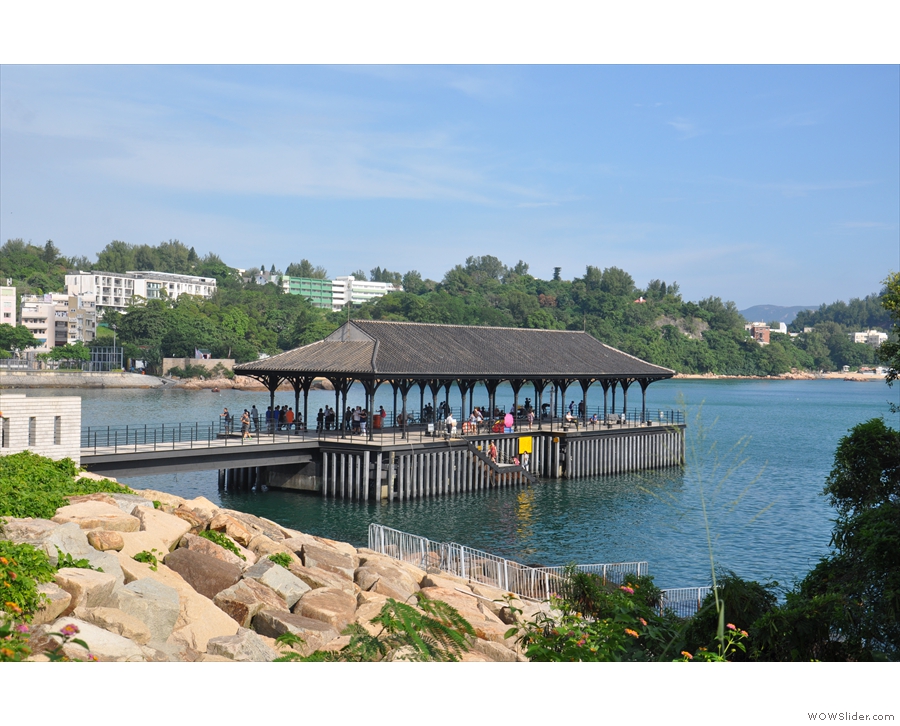
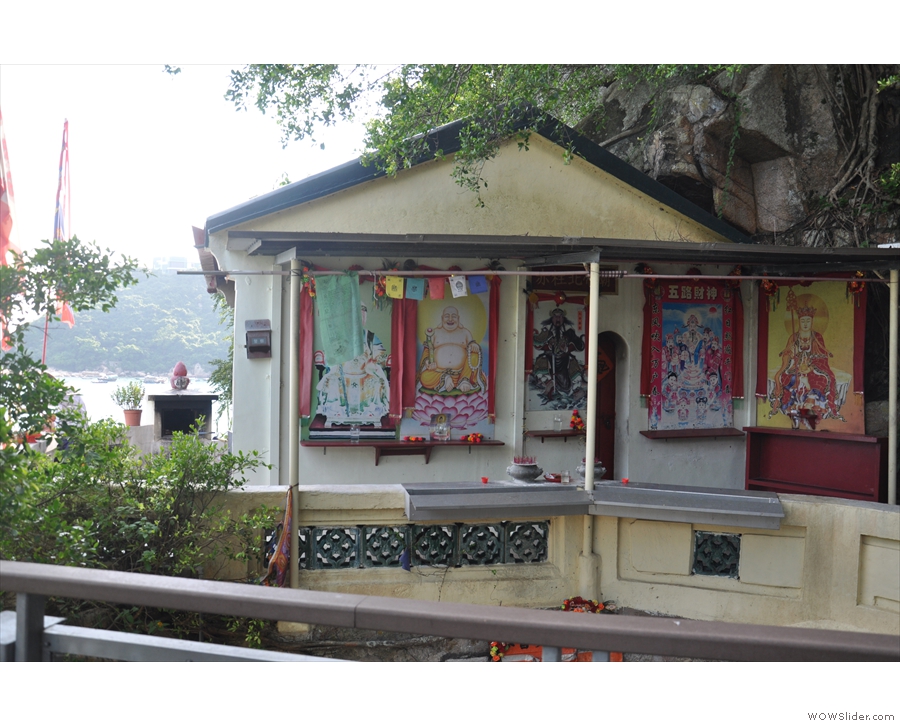
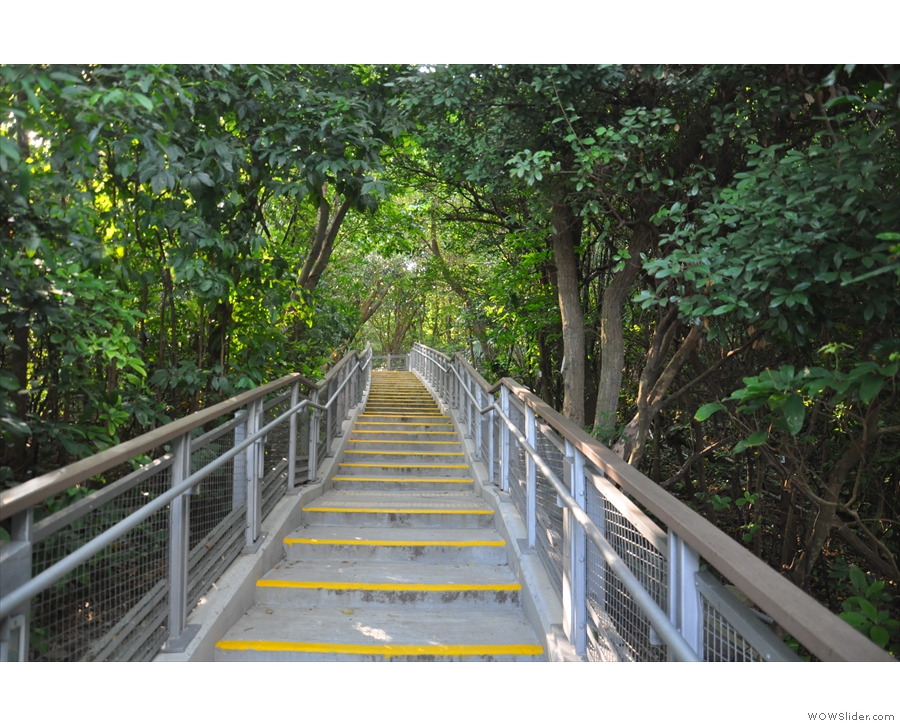
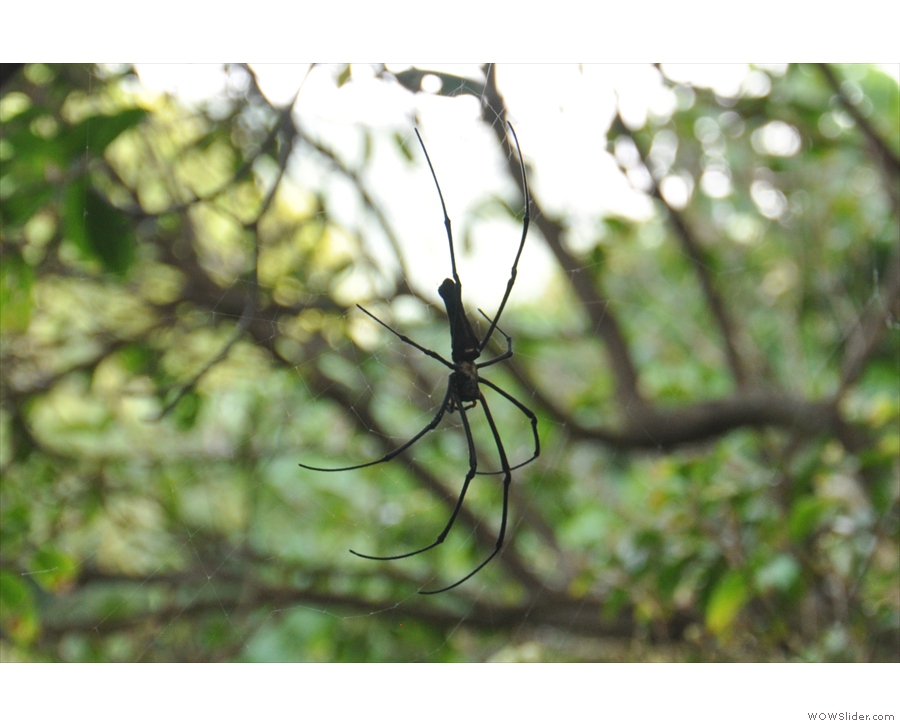
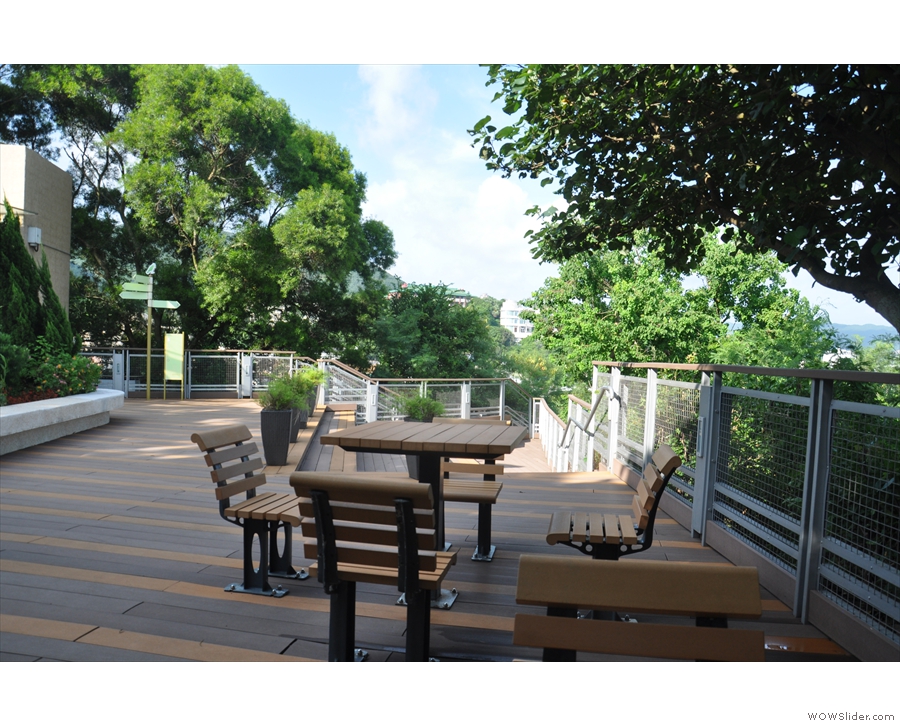
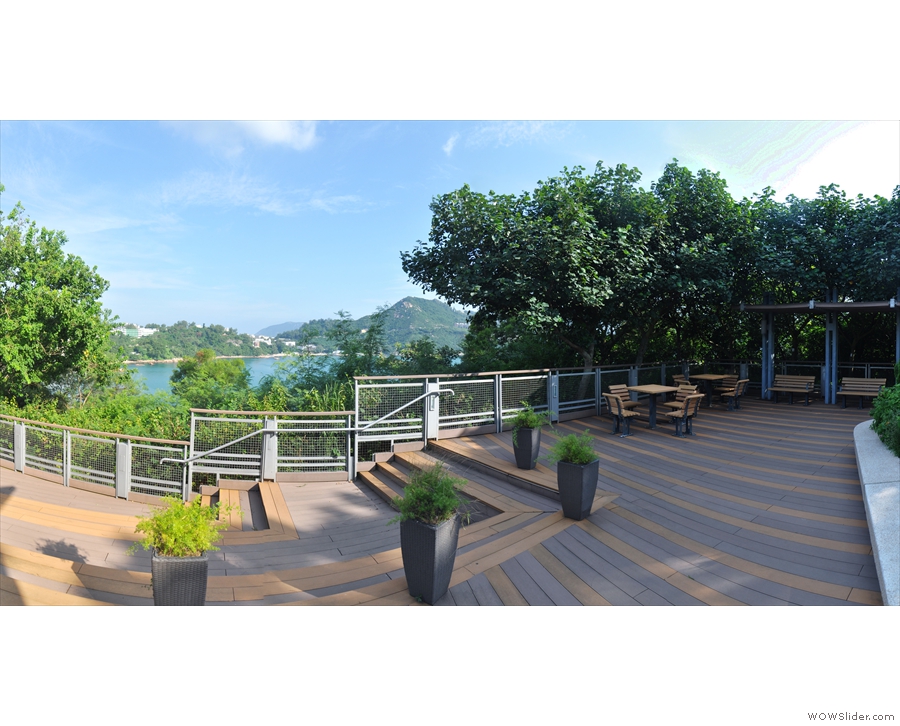
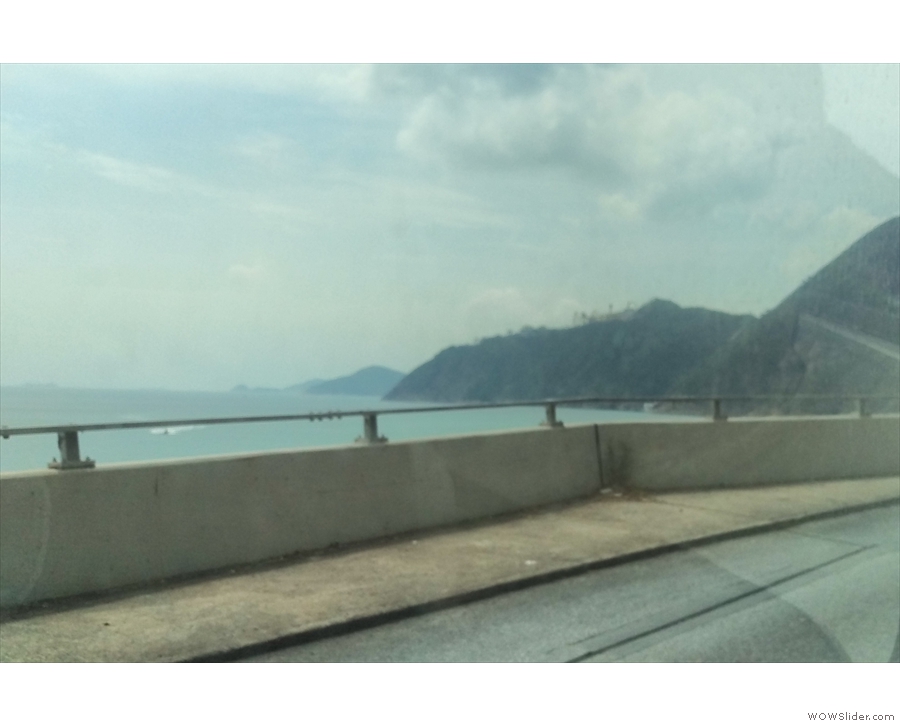
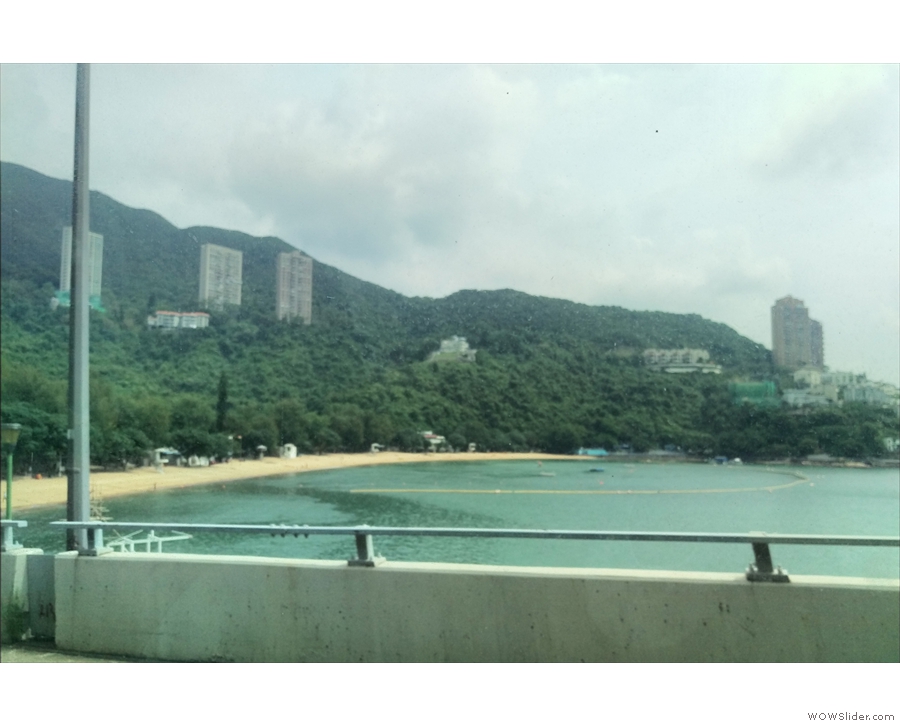
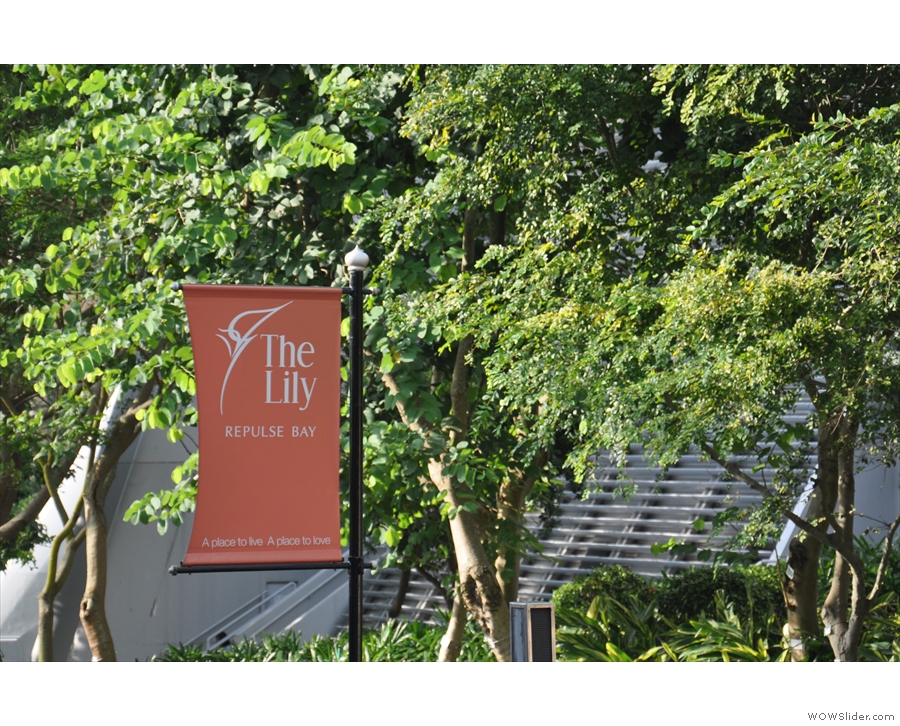
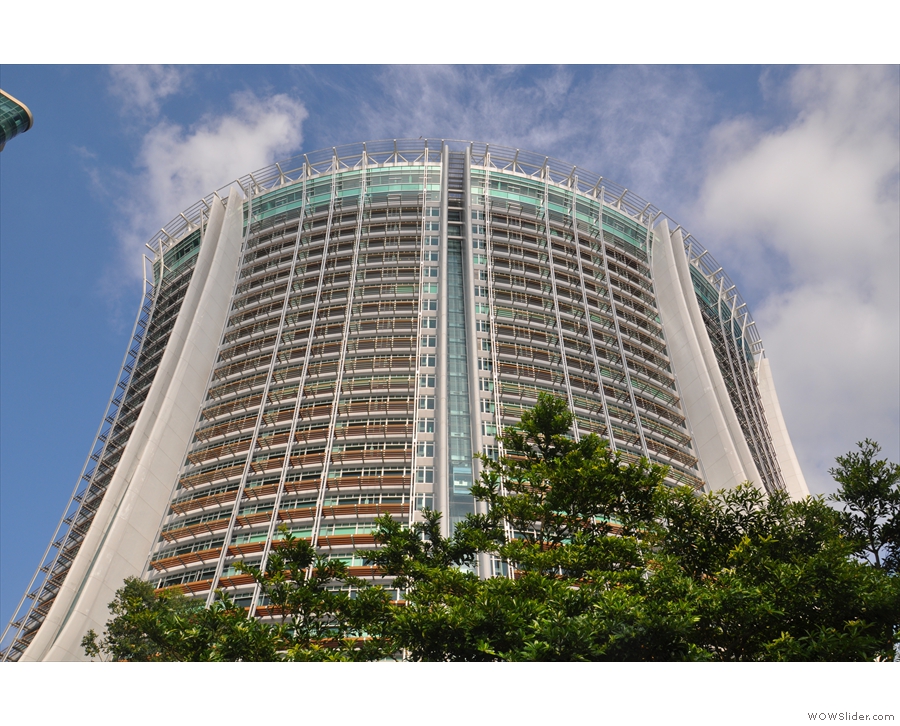
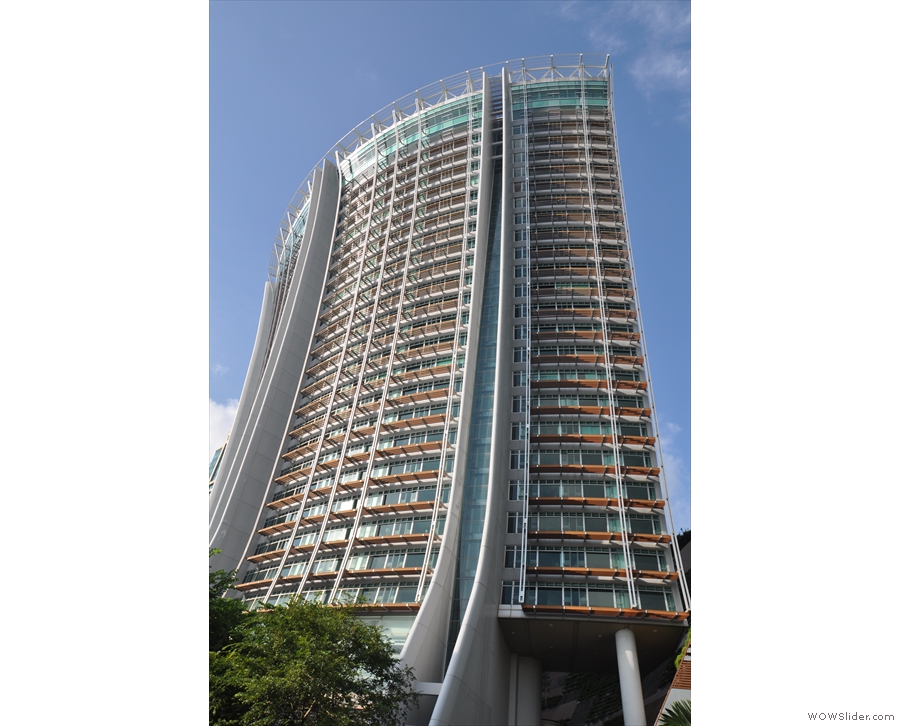
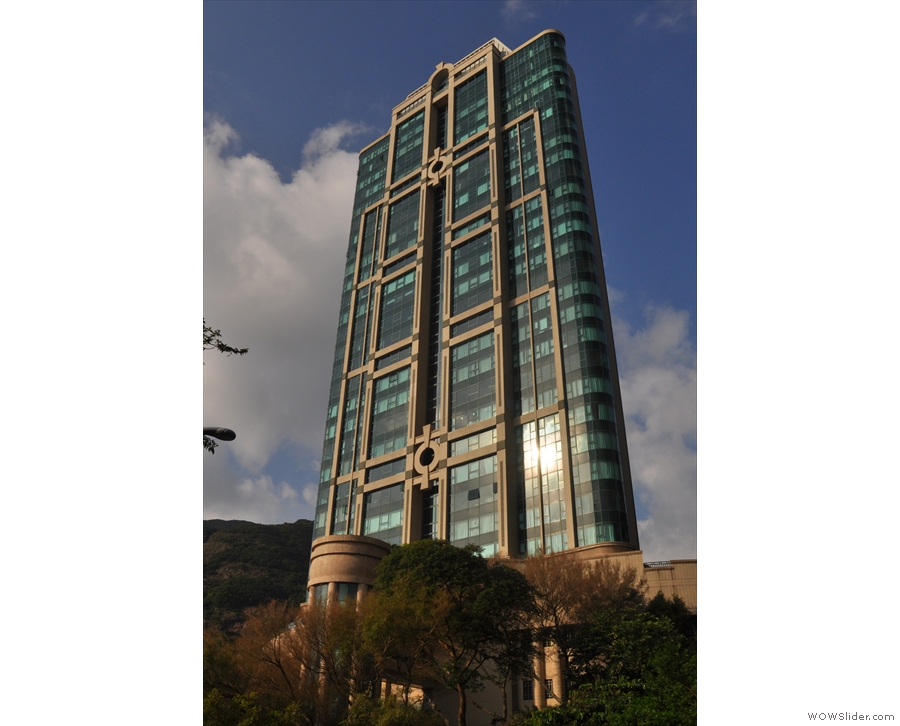
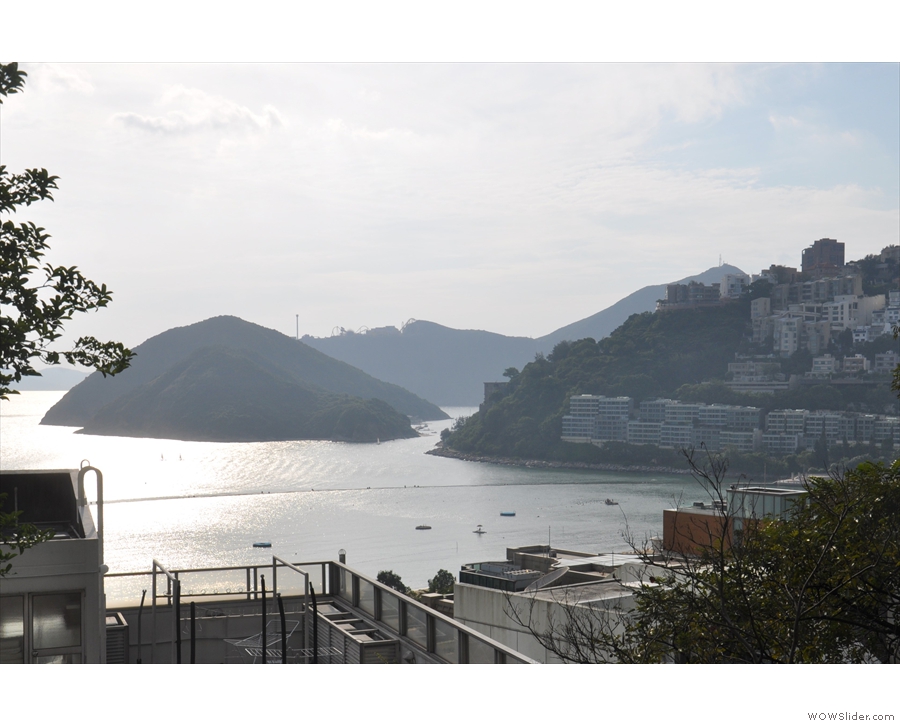
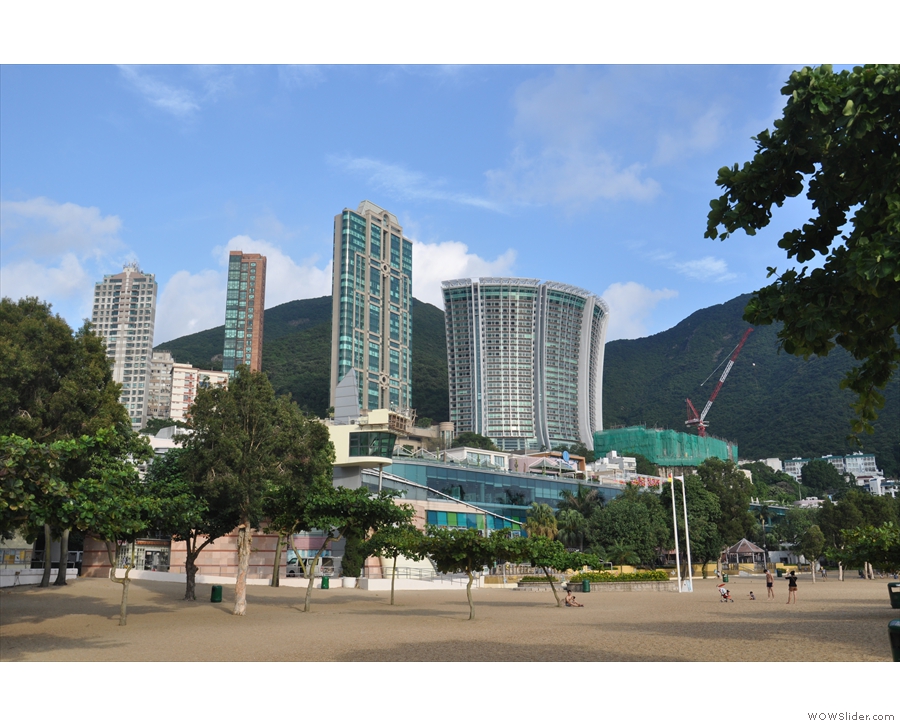
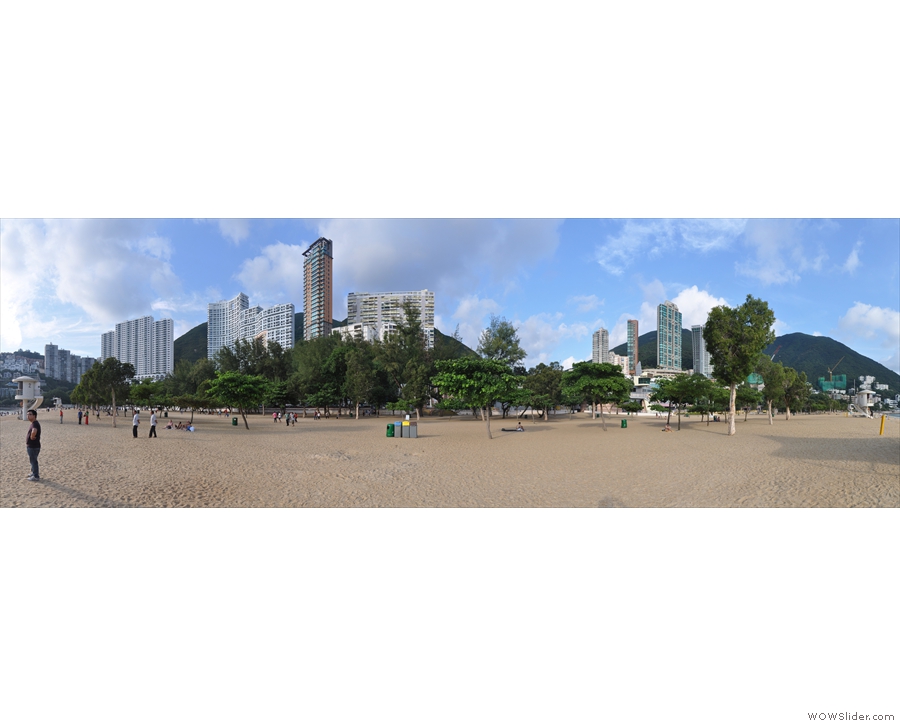

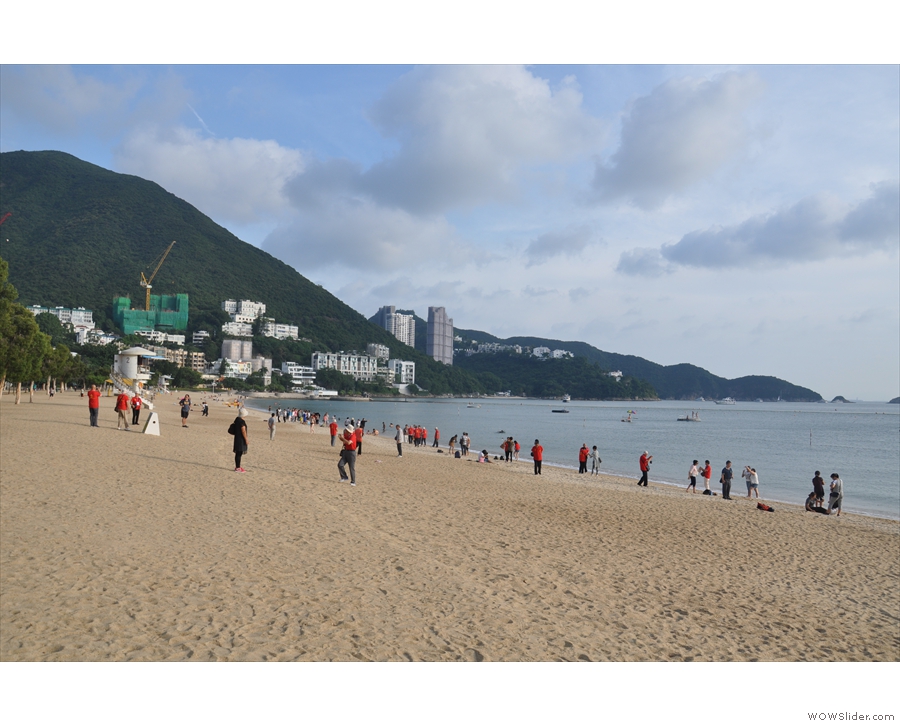
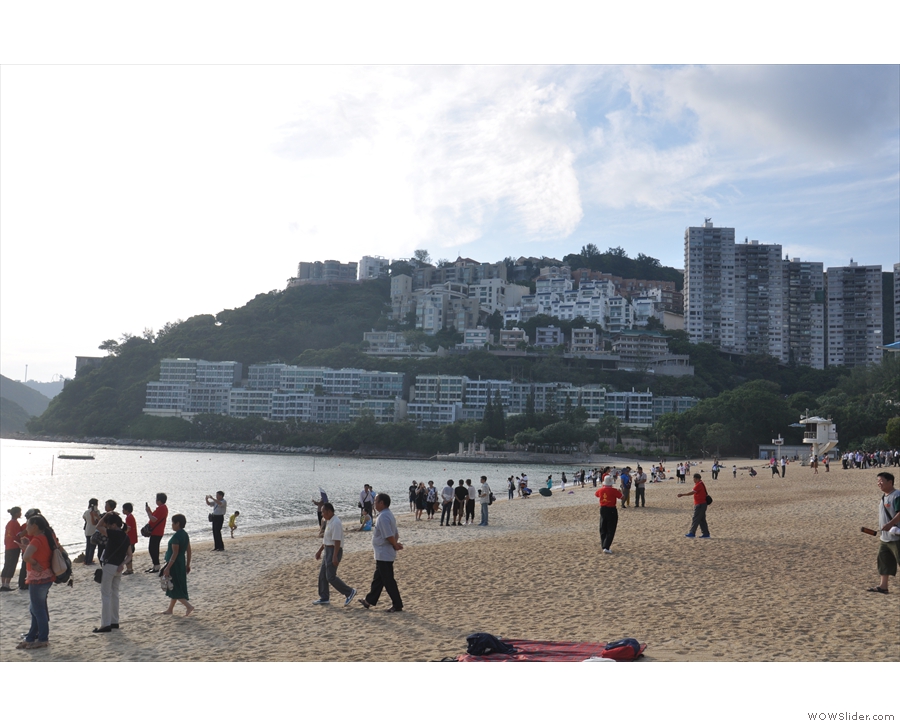
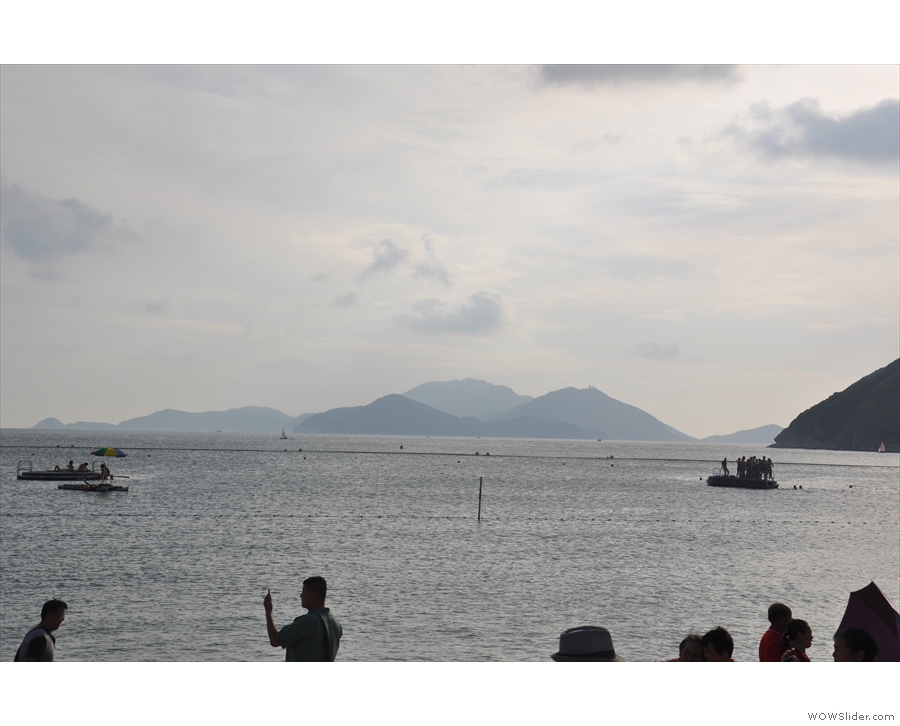
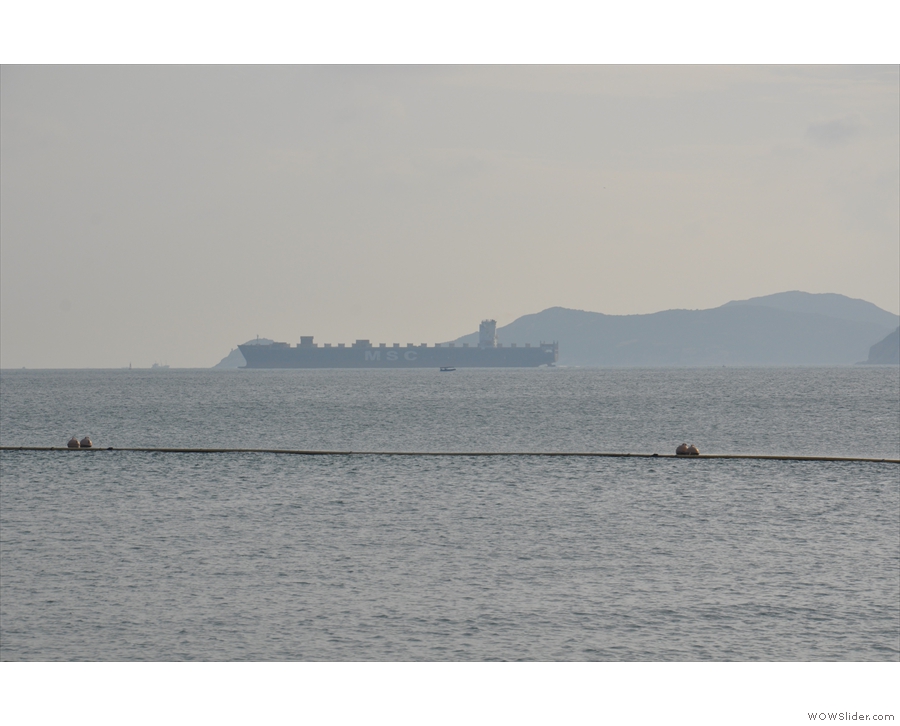
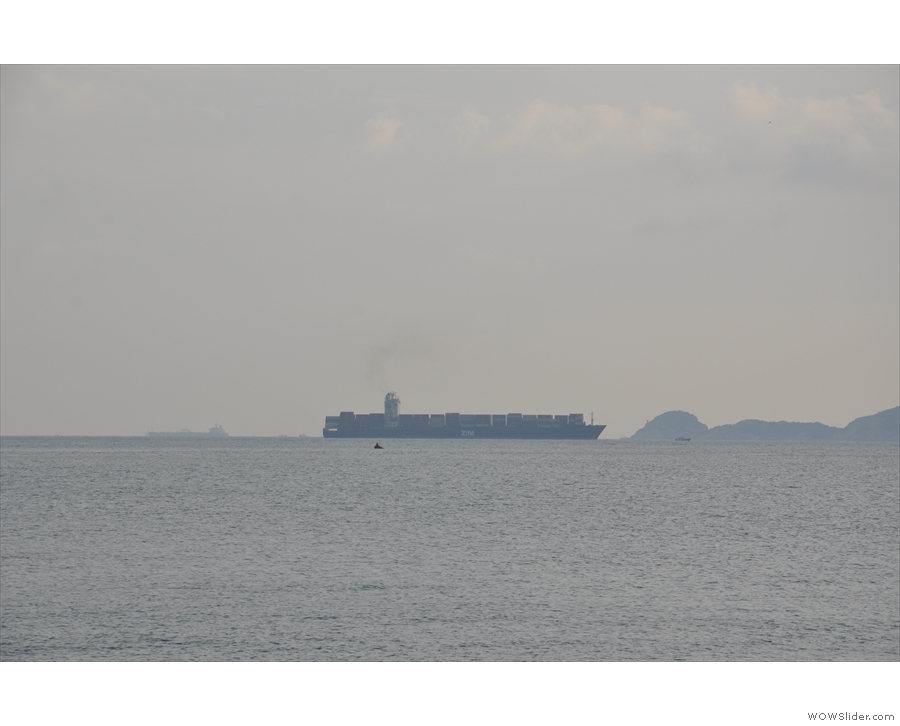
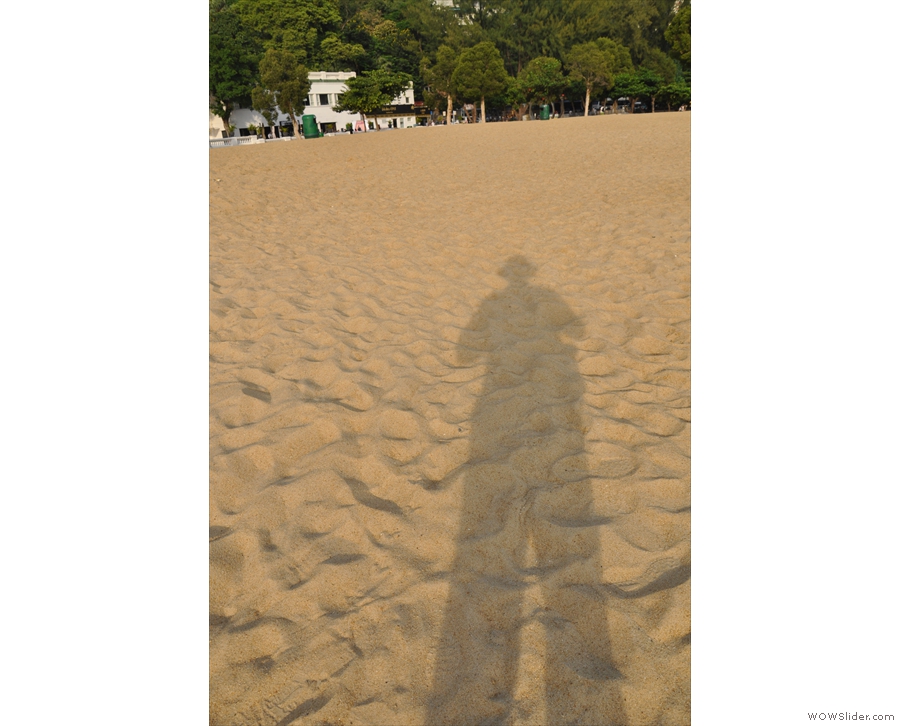

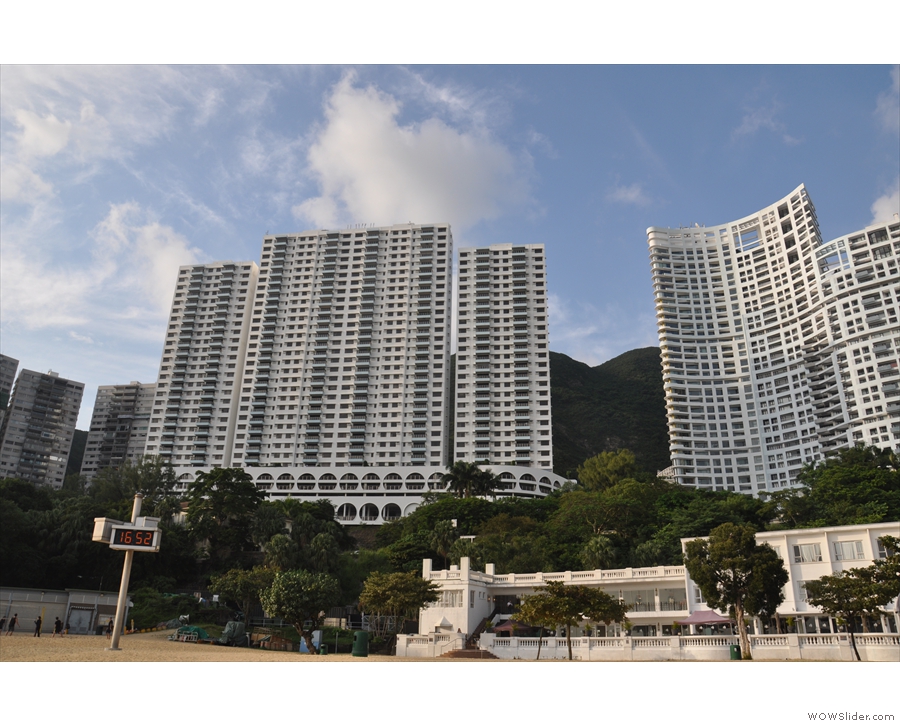
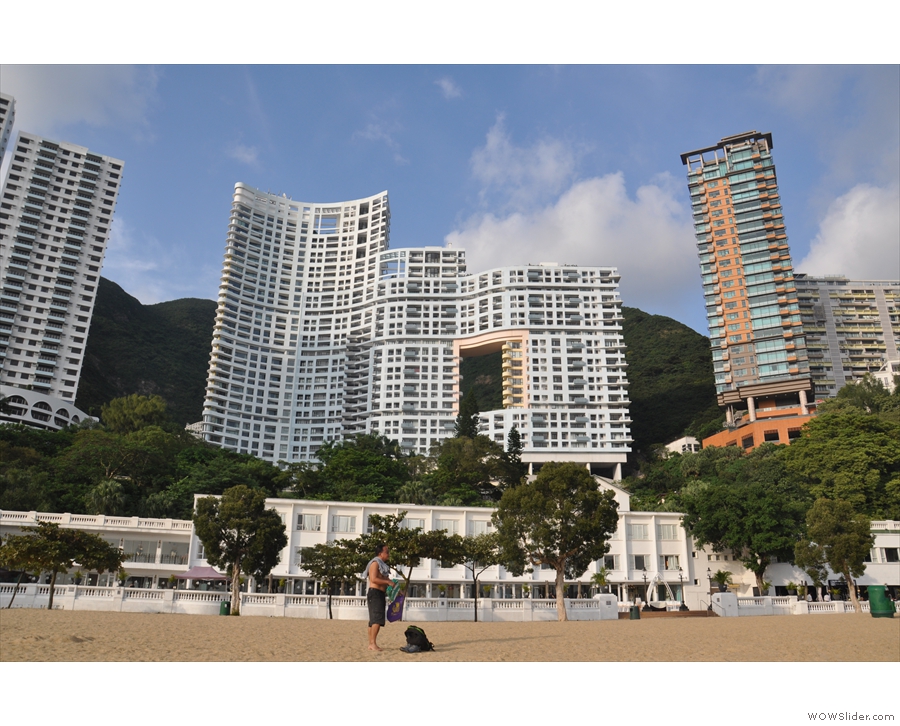
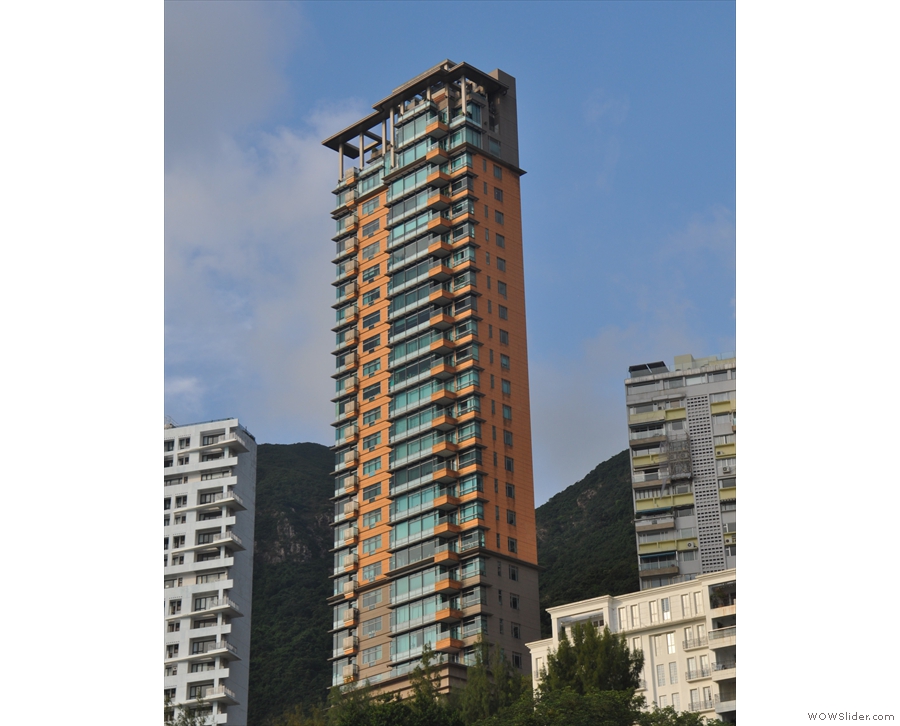
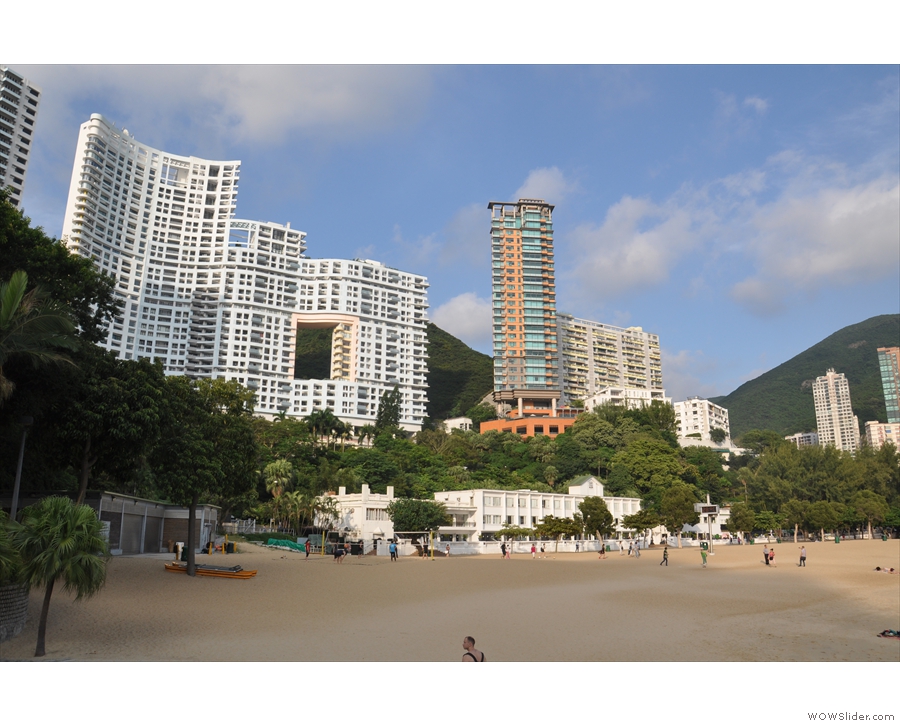

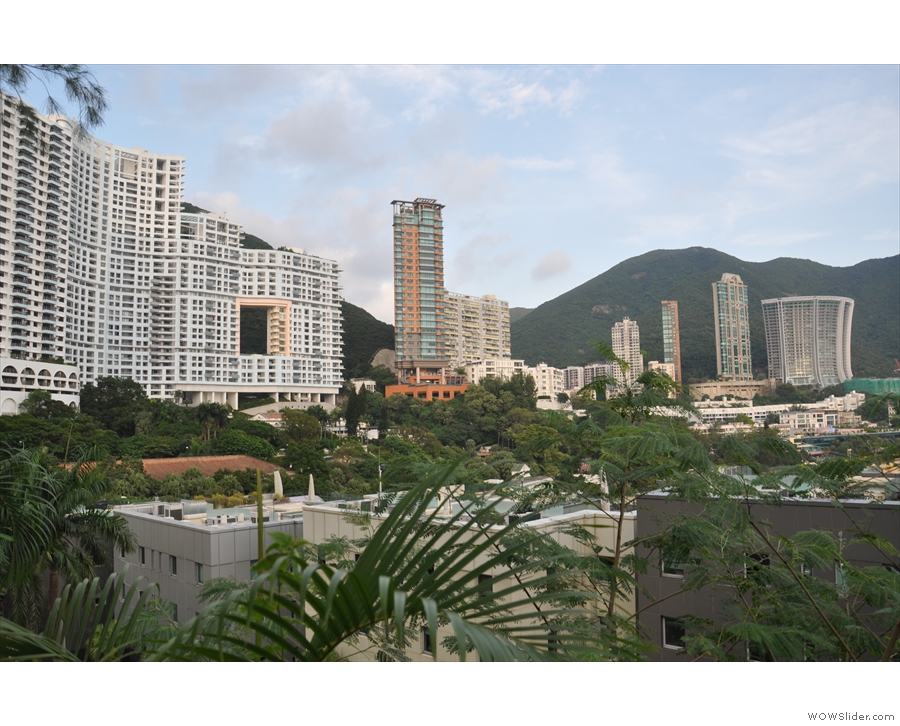
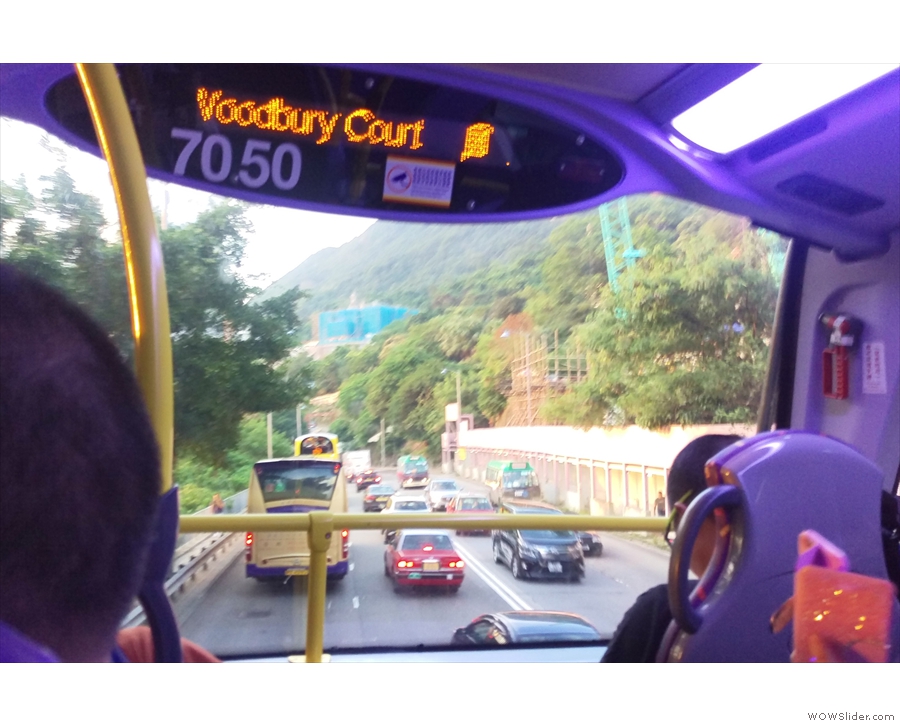
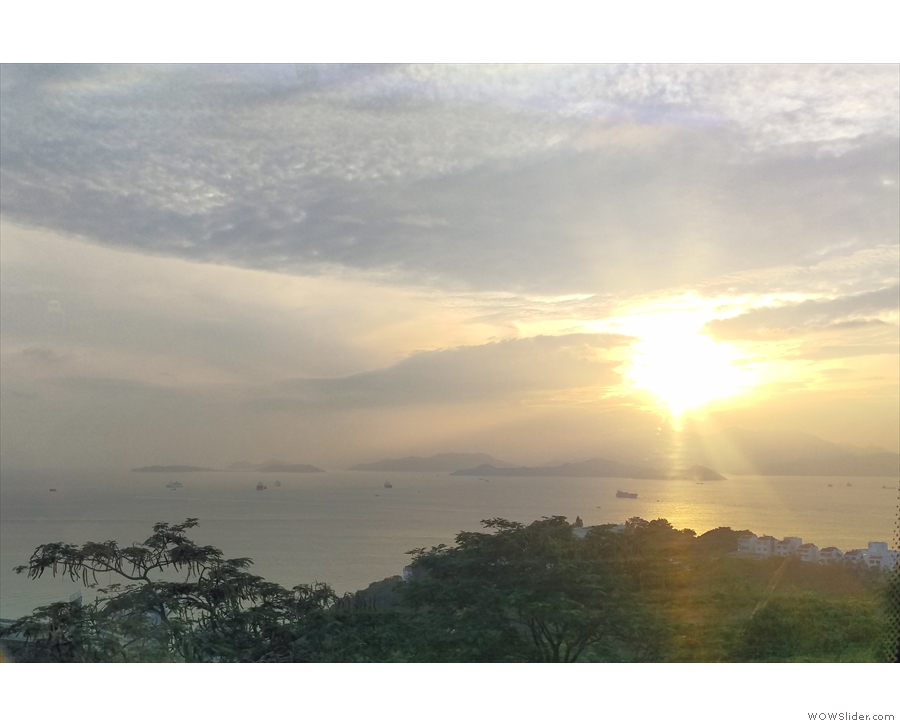
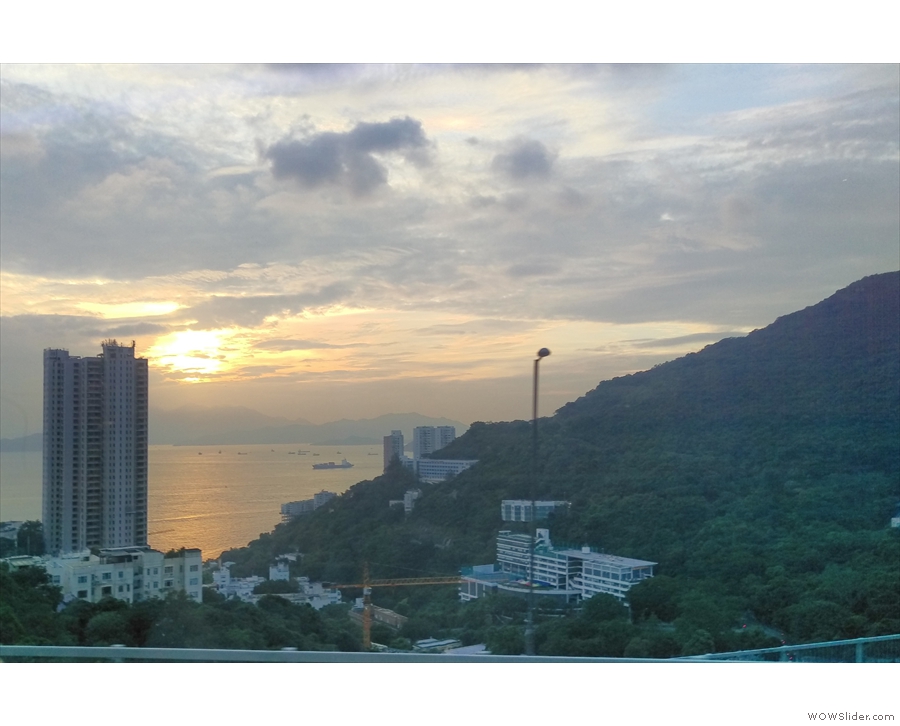
 1
1 2
2 3
3 4
4 5
5 6
6 7
7 8
8 9
9 10
10 11
11 12
12 13
13 14
14 15
15 16
16 17
17 18
18 19
19 20
20 21
21 22
22 23
23 24
24 25
25 26
26 27
27 28
28 29
29 30
30 31
31 32
32 33
33 34
34 35
35 36
36 37
37 38
38 39
39 40
40 41
41 42
42 43
43 44
44 45
45 46
46 47
47 48
48 49
49 50
50 51
51 52
52 53
53
Pingback: Brian’s Travel Spot: Heading East | Brian's Coffee Spot
This is an excellent opportunity for you to showcase your travel writing skills – impressive to say the least! I really enjoyed hearing your thoughts from the personal perspective, and look forward to hearing more
Thanks, Alice. I owe you an email by the way. I haven’t forgotten!
Pingback: The Cupping Room Central | Brian's Coffee Spot
This post is great! I’d love to visit Hong Kong some day (soon)!
Thanks! You should definitely go. It’s an amazing place and there’s loads of great coffee!
Pingback: Brian’s Travel Spot: Shanghai | Brian's Coffee Spot
Pingback: Brian’s Travel Spot: Chicago | Brian's Coffee Spot
Pingback: Caffeine Magazine | Brian's Coffee Spot
Pingback: And Coffee | Brian's Coffee Spot
Pingback: Brian’s Travel Spot: Japan | Brian's Coffee Spot
Pingback: Brian’s Travel Spot: Vietnam | Brian's Coffee Spot
Pingback: The Coffee Spot is Five! | Brian's Coffee Spot
Pingback: Decent Espresso | Brian's Coffee Spot
Pingback: 2018 Awards – Best Saturday Supplement | Brian's Coffee Spot
Pingback: The Cupping Room Central | Brian's Coffee Spot
Pingback: Brian’s Travel Spot: Shanghai to Chicago | Brian's Coffee Spot
Pingback: Brian’s Travel Spot: Shanghai | Brian's Coffee Spot
Pingback: Brian’s Travel Spot: Chicago and Flying Home | Brian's Coffee Spot
Pingback: Brian’s Travel Spot: Phoenix and the Grand Canyon | Brian's Coffee Spot